
I love the desert but need my beach time. Although, most years, my mom, sister, and I go on a beach vacation, this year, it was partially a thank-you for helping my mom recover from surgery. It has been several years since we visited the Big Island, and our last trip was to Key West, so we decided it was time to return to Hawaii. As much as I love relaxing on a beach, I get bored after a few hours and want to explore. So, of course, I had to visit historic sites on vacation. Who knew the Big Island of Hawaii had so many ghost towns?

Many of the ghost towns in Hawaii are not what you think of as your traditional Nevada ghost town: miner’s cabins, mill ruins or abandoned towns. Instead, on the Big Island are ancient petroglyphs, ceremonial sites, fishing ponds, places of refuge and abandoned villages.
Aloha Bound
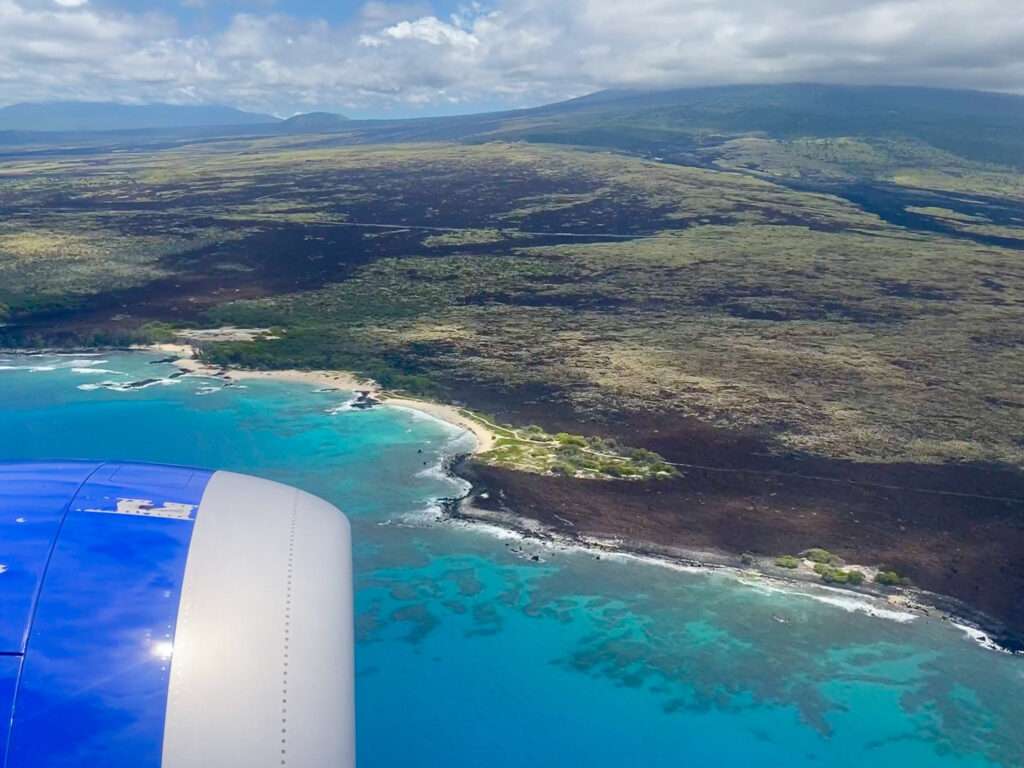
One good thing about Hawaii is you can leave Nevada early in the morning and be there in time to eat lunch on the beach. We choose one of our favorites, the Lava Lava Beach Club. Is there a more fitting way to start a Hawaiian vacation than poke and cocktails on the beach?
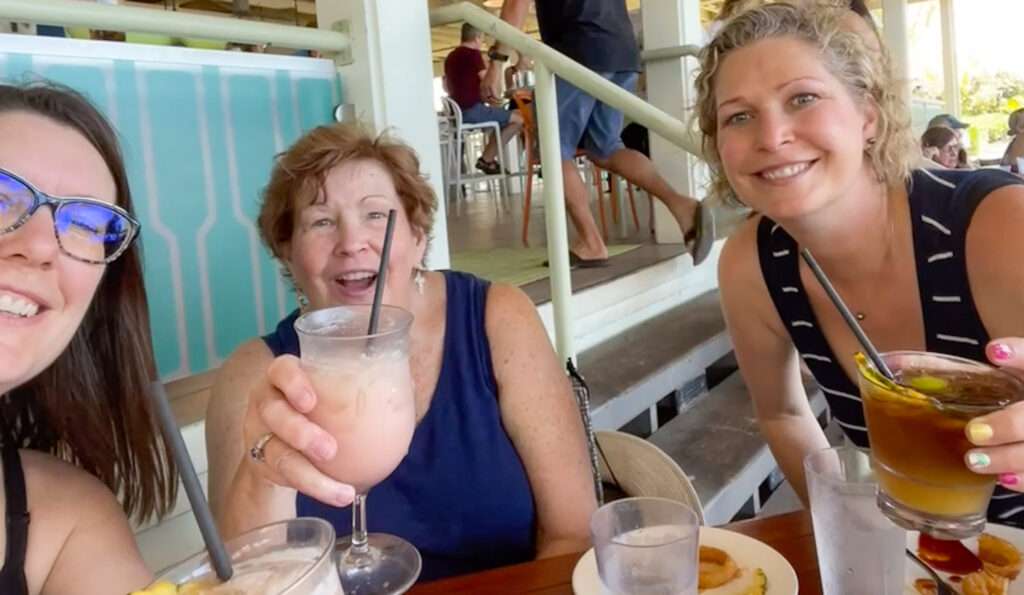
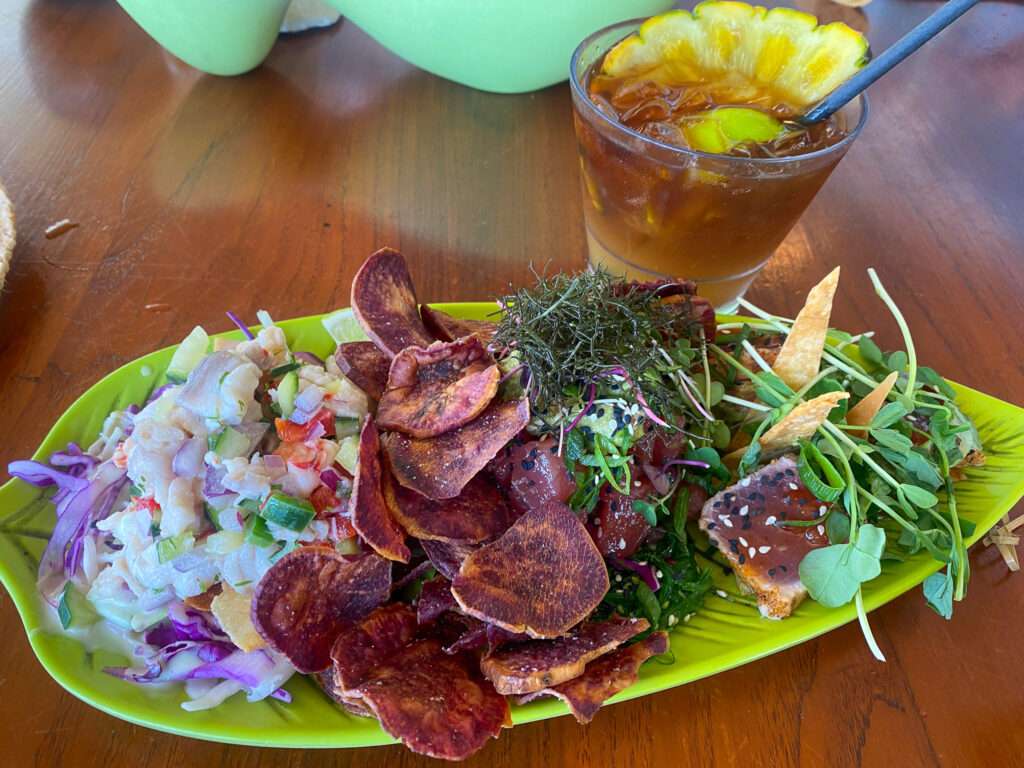

Our evening ritual was relaxing at the ocean-side pool and hot tub. By the time we arrived, my sister had already ordered Mai Thais. What a beautiful way to end the day!
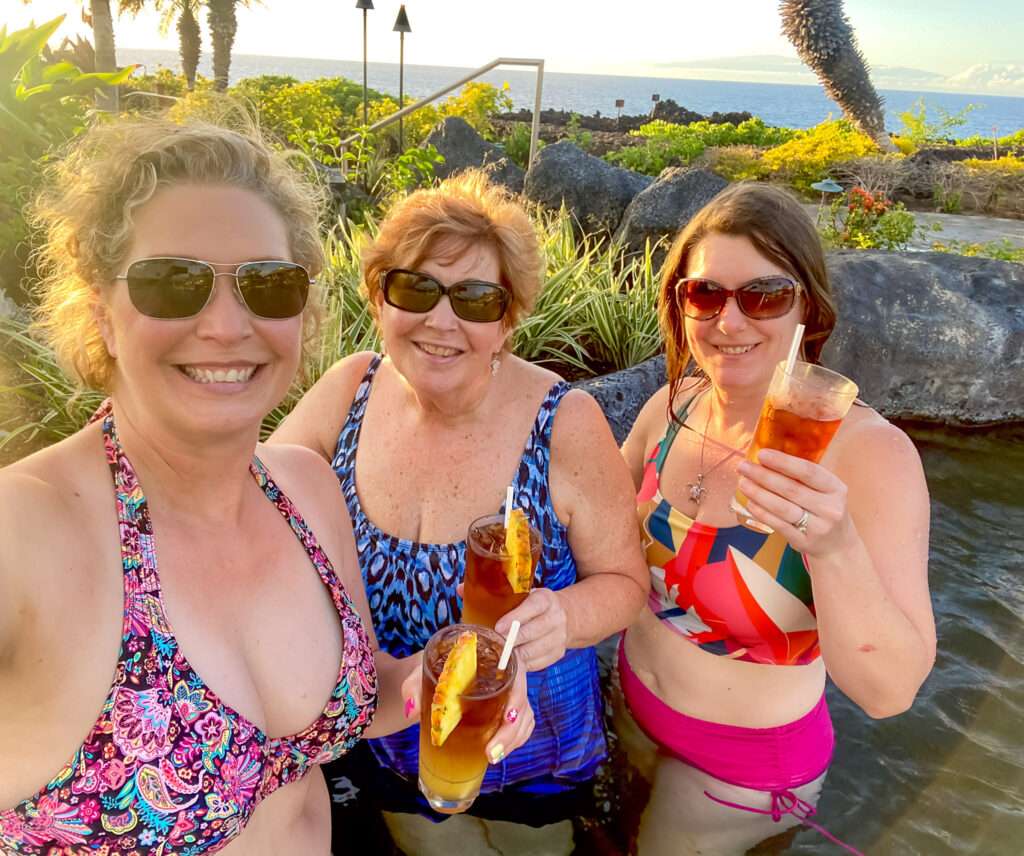

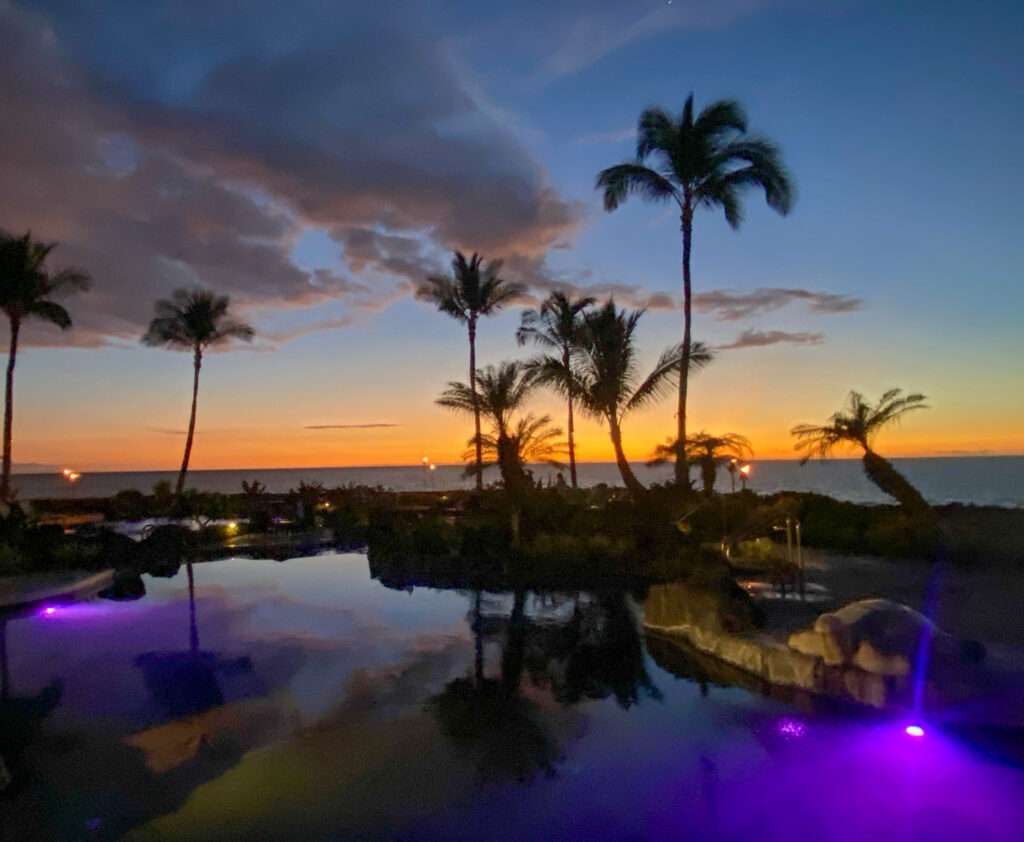
Home away from home
We love the Waikoloa Beach Resort. It is close to the airport, has beautiful beaches and all the amenities you could want. The resort has hotels and timeshares, but we like to have a condo. This year, our condo had a view of the ocean. I am pretty sure I can say everyone’s favorite place was the lanai.
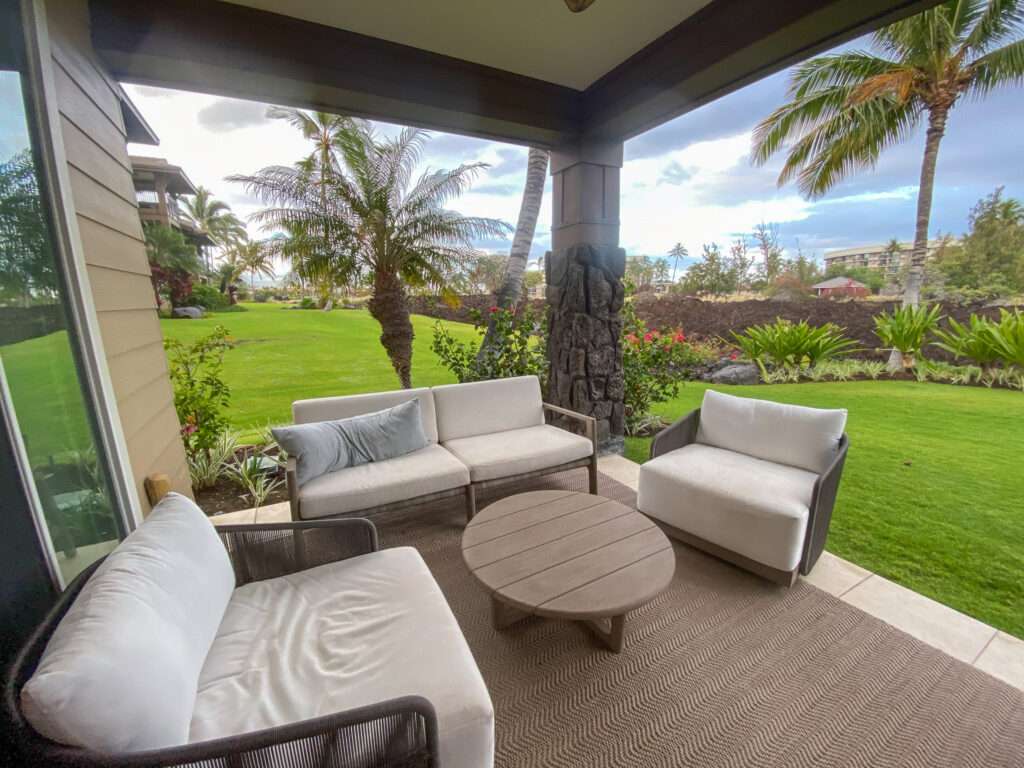
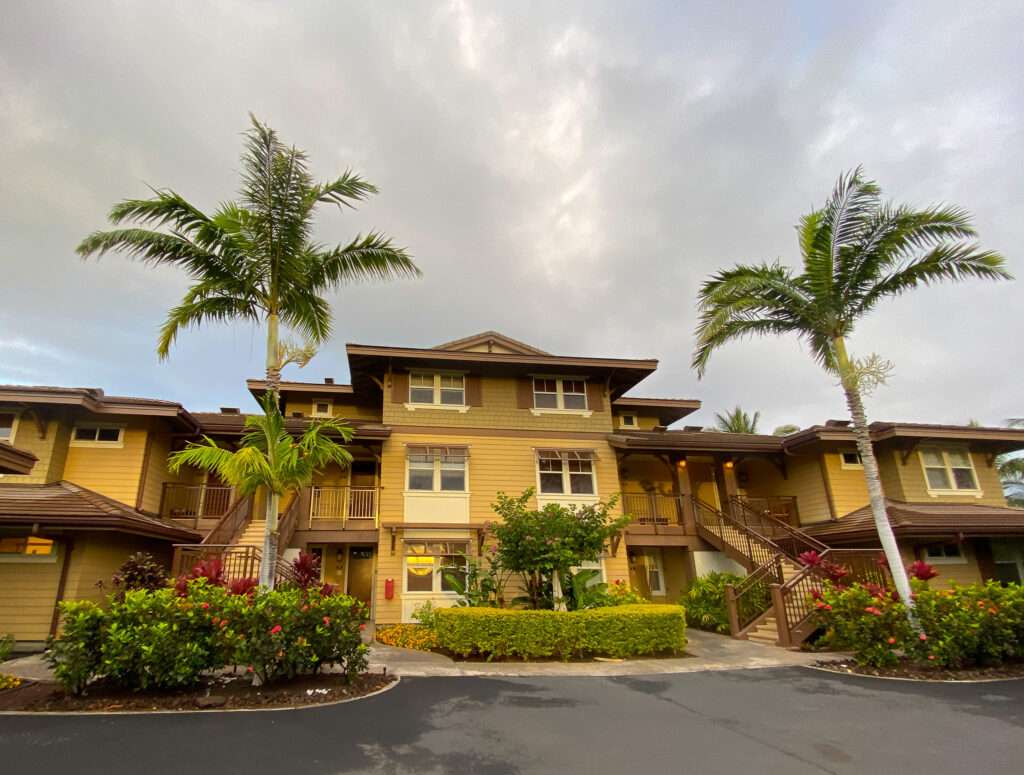


Day One: Hawaiian ghost towns
What does a desert ghost town girl do on her first vacation day? Visit ghost towns, of course!
Wai Opae of Kekaha Kai

Anschialine pools or Wai Opae, are brackish waters where villages raise shrimp. Hawaii is the only place in the United States where Wai Opae are found. Eight species of shrimp are raised in the pond.
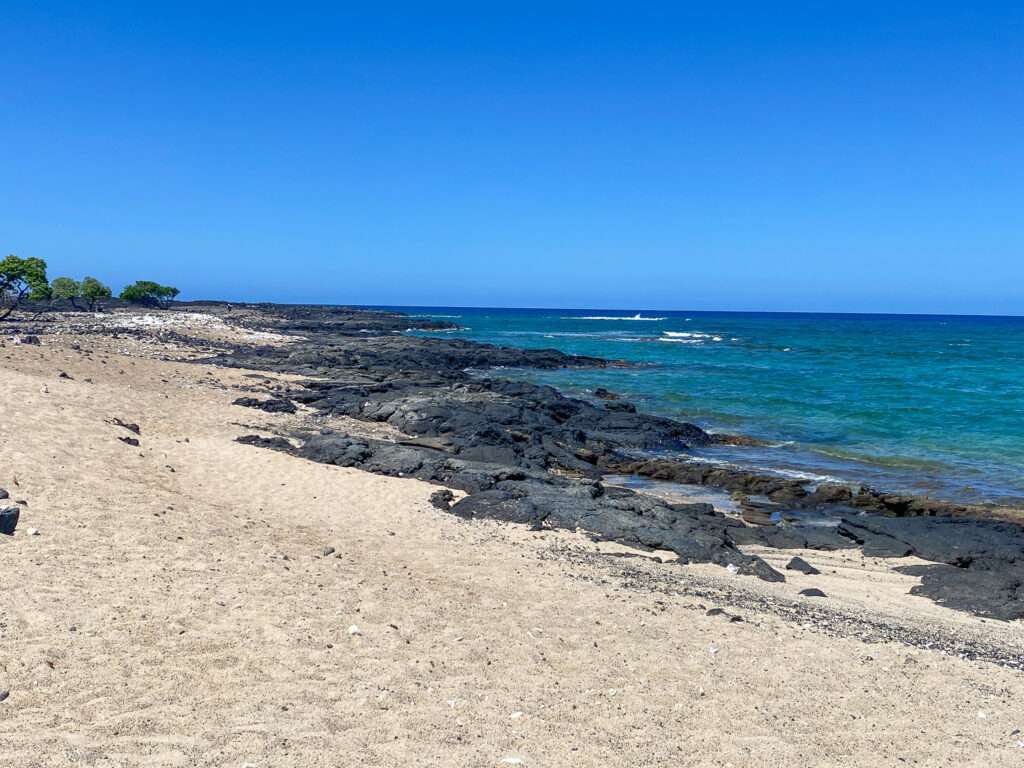
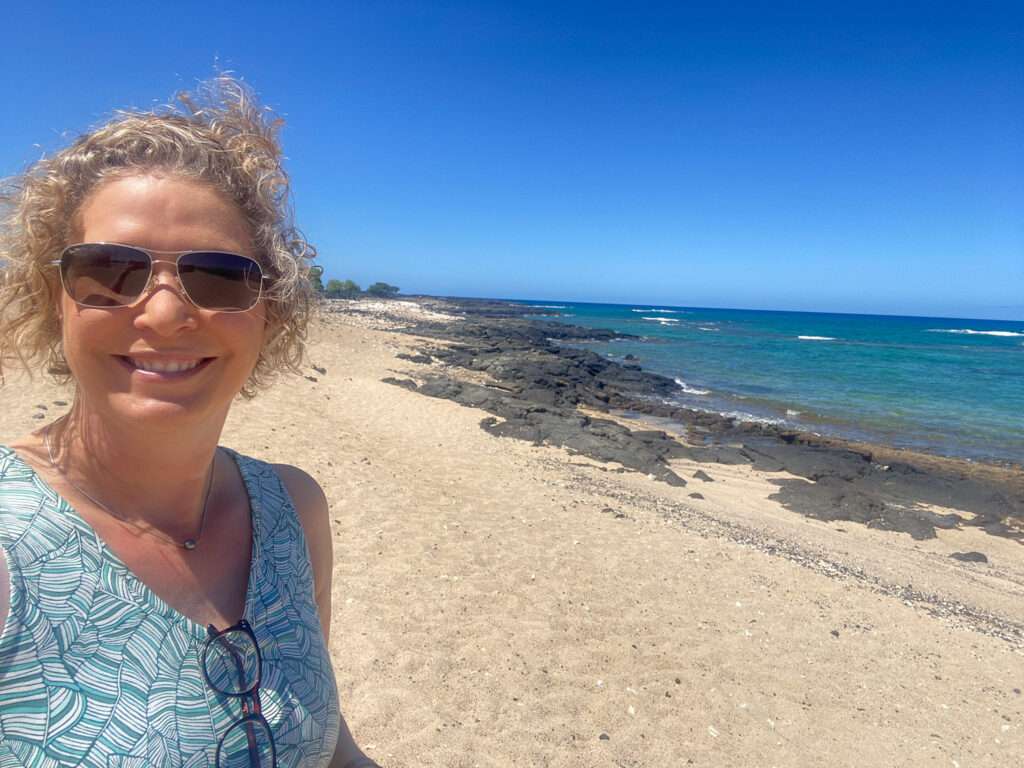
We couldn’t figure out why we had the beach to ourselves–until the next flight arrived. Dang, the beach was right on the flight path. We crossed that off our beach day list.
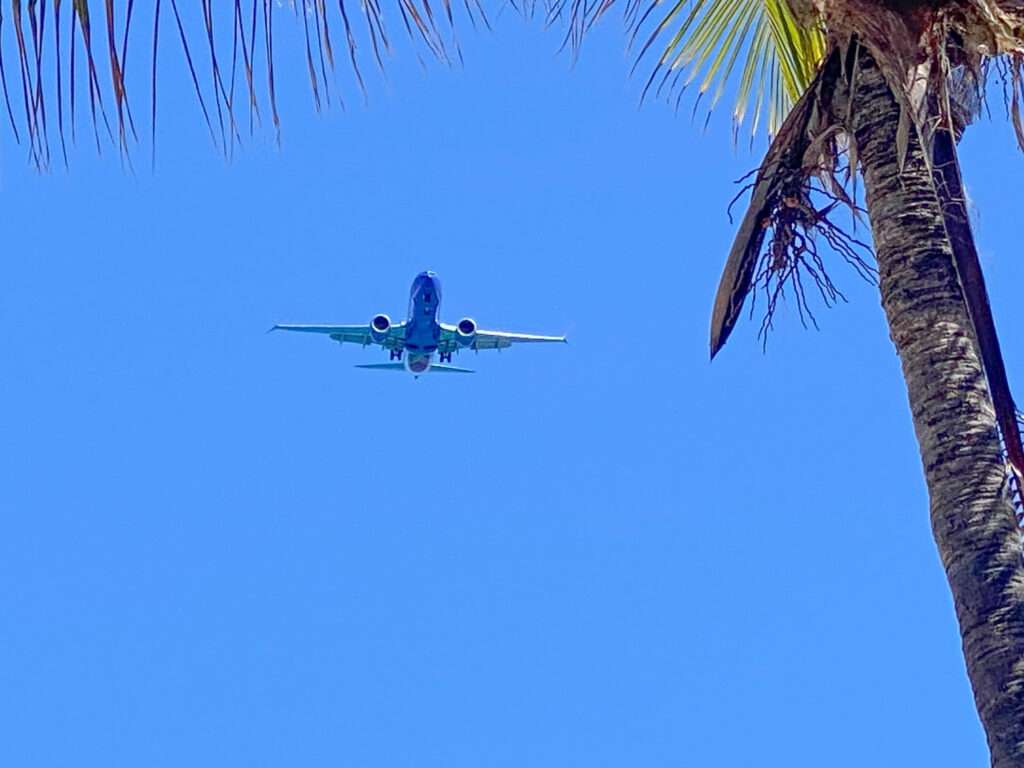
Kaloko-Honokohau National Historic Park
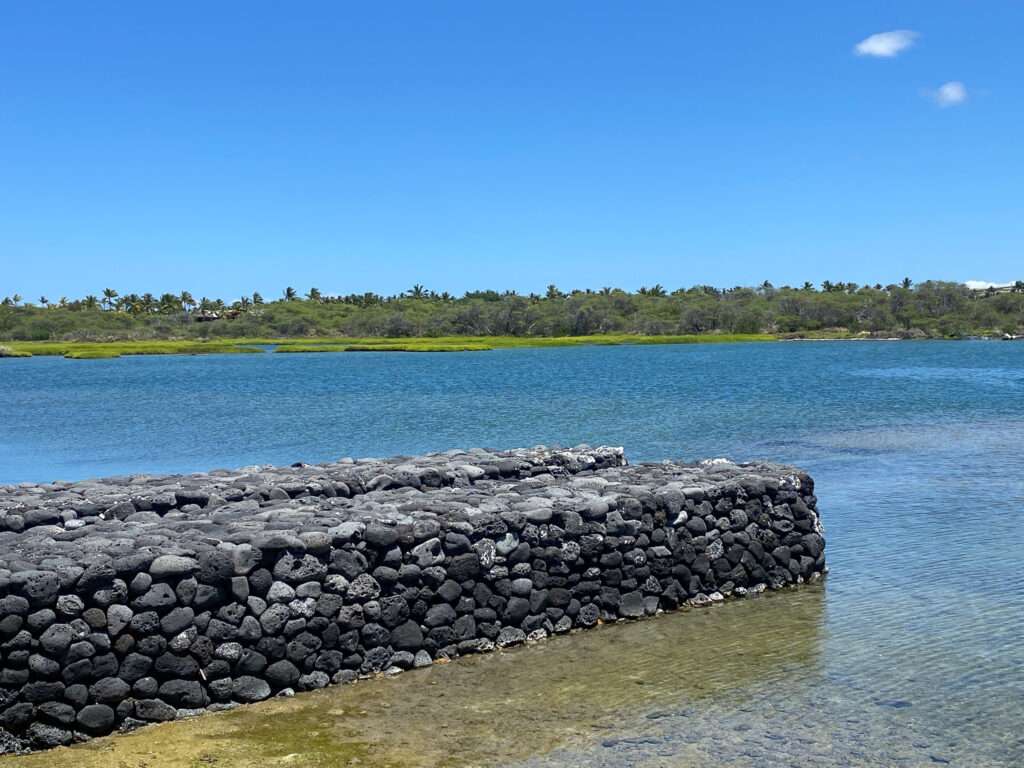
I went to many National Parks but didn’t know there were two National Historic Parks on the Big Island.
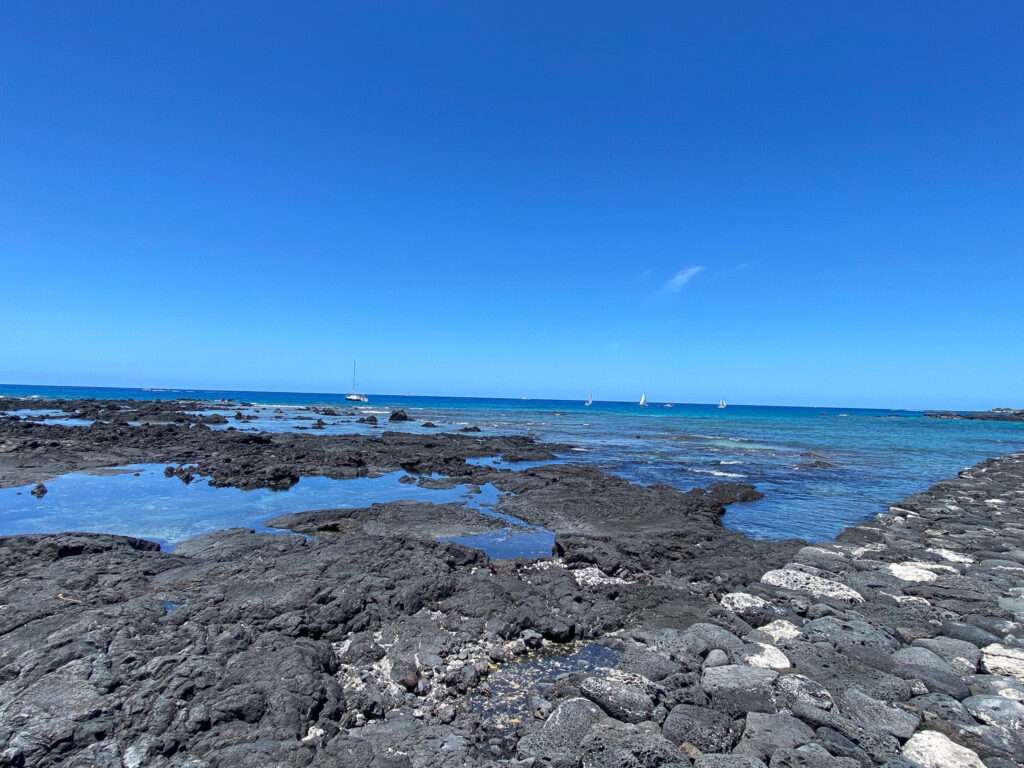
Kaloko-Honokohau covers 1160 acres. The area dates to pre-historic times. The village had fishponds, harvested coconuts, sweet potatoes, and gourds, and raised chickens and pigs. They traded with mountain villages for taro, breadfruit, wood, and clothing fiber.
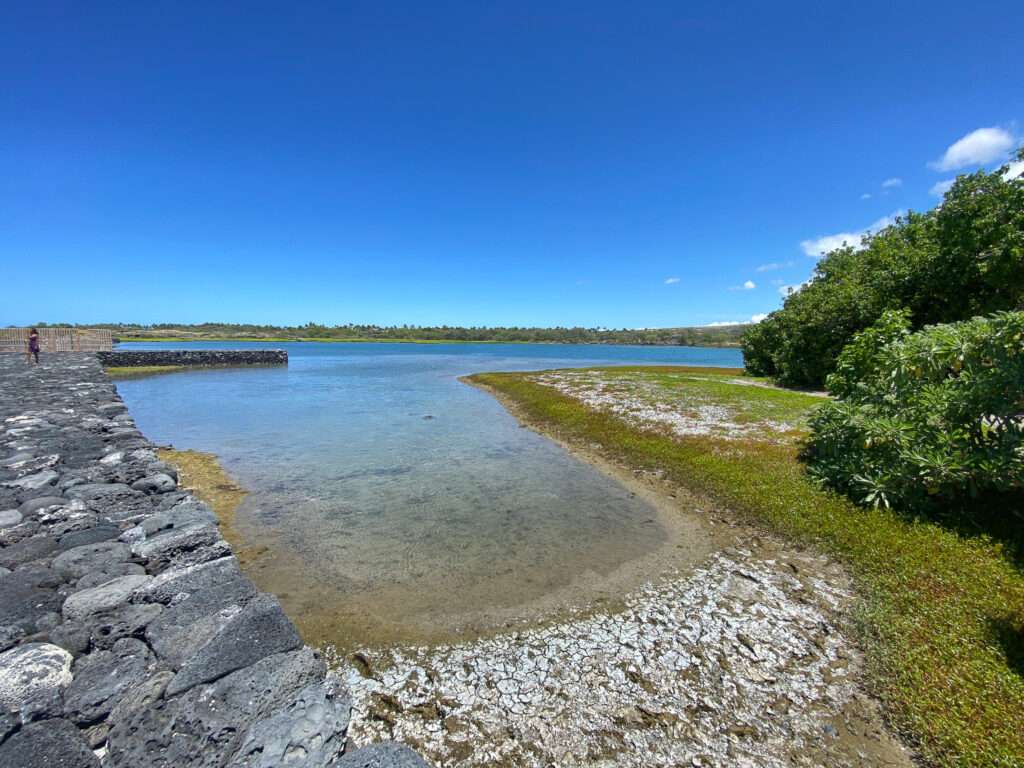
Houses were on raised lava rock platforms and utilized lava tubes for shelter. The fishponds were originally inland bays with ditches dug over 600 years ago. Rock shelters protected crops.
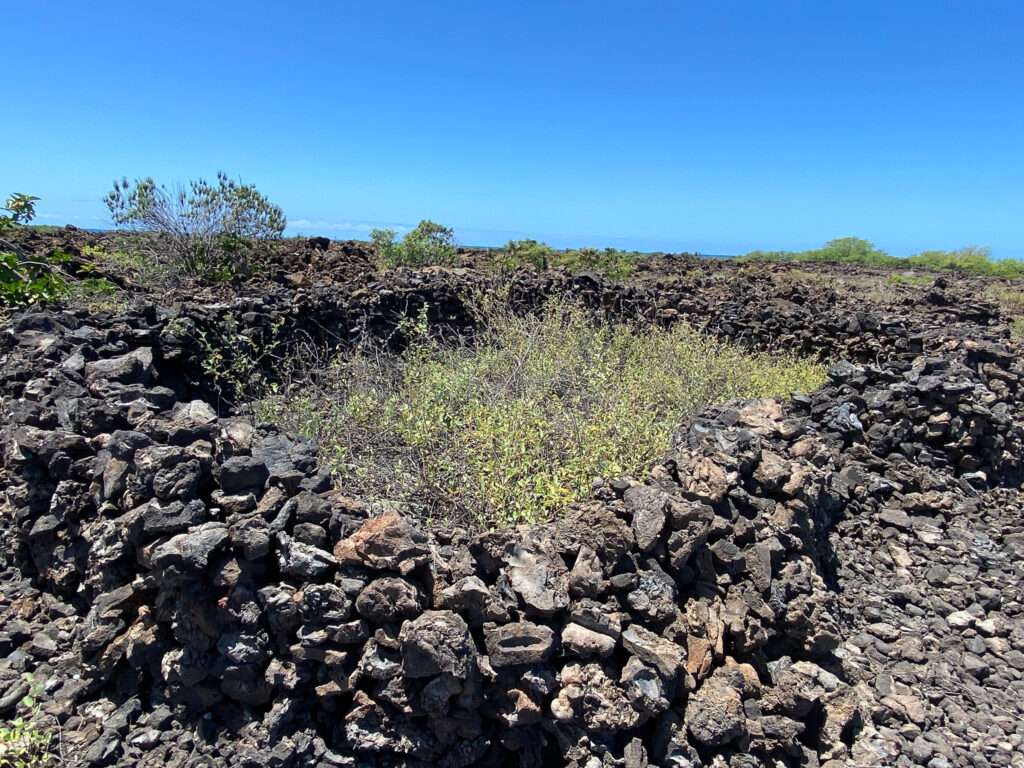
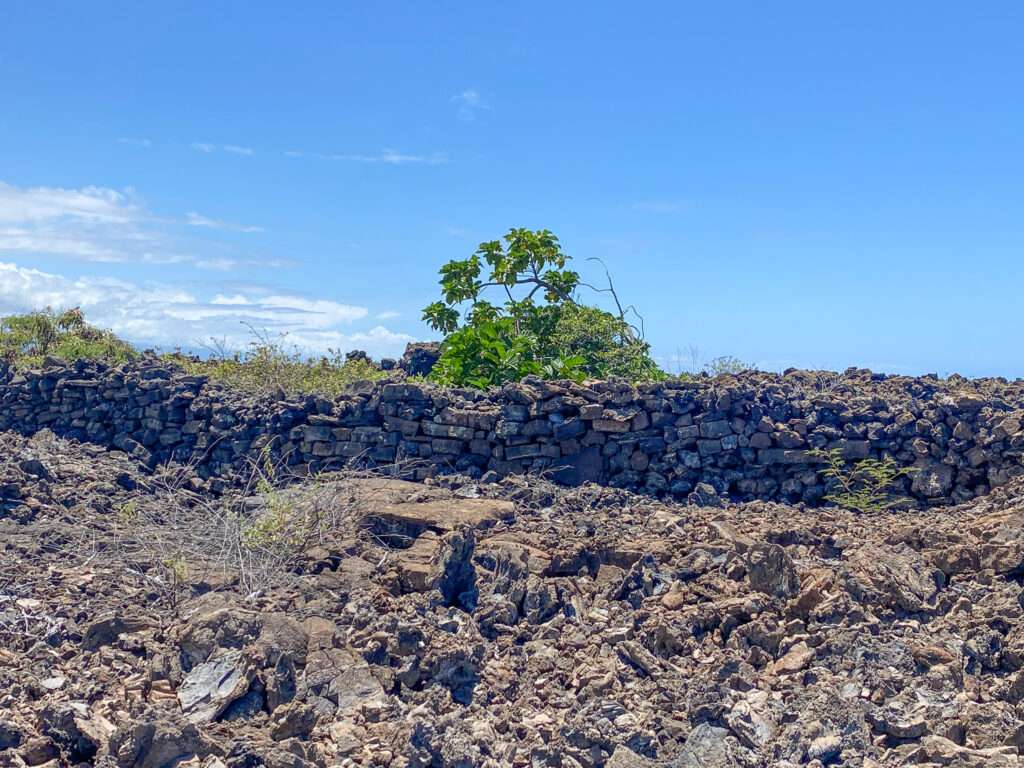
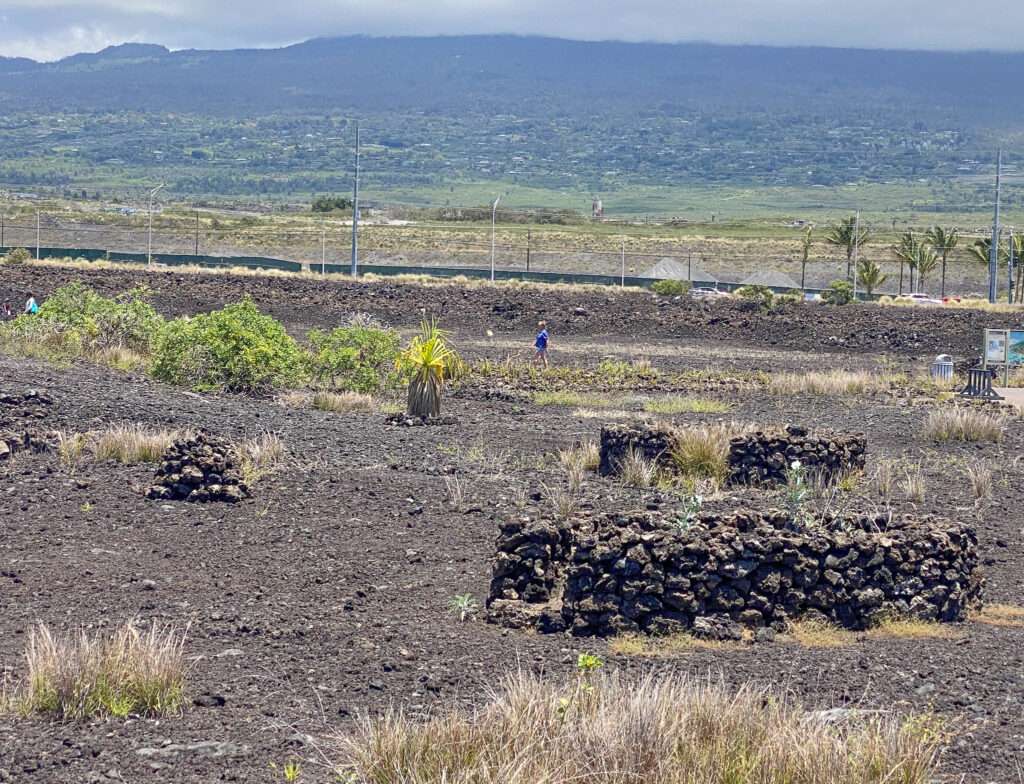
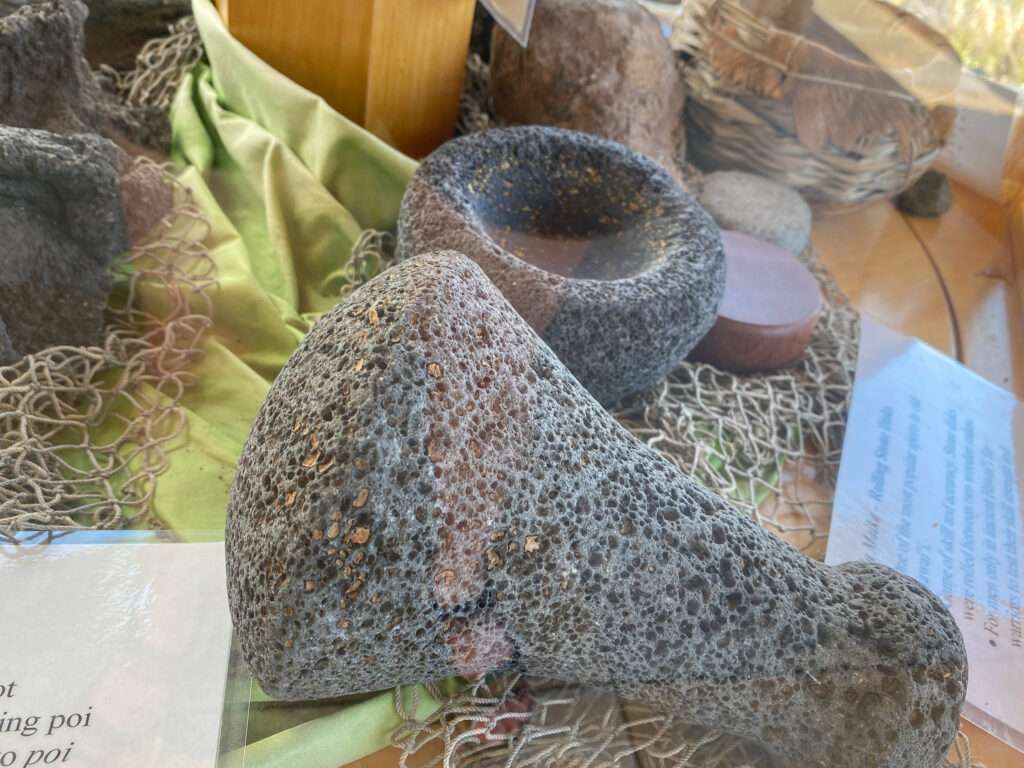
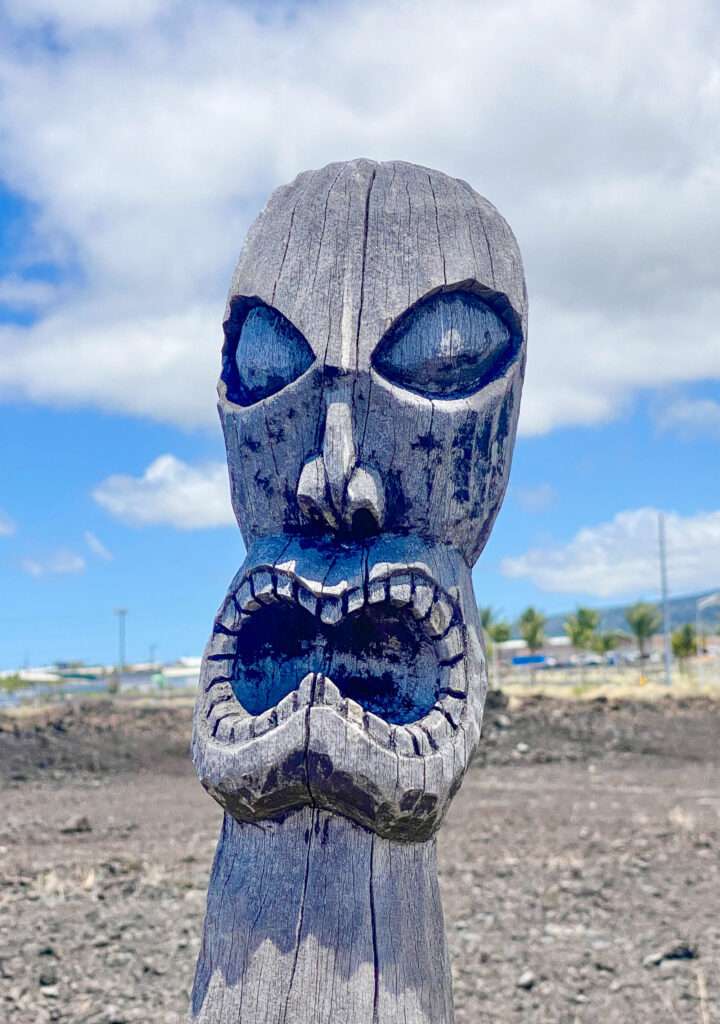
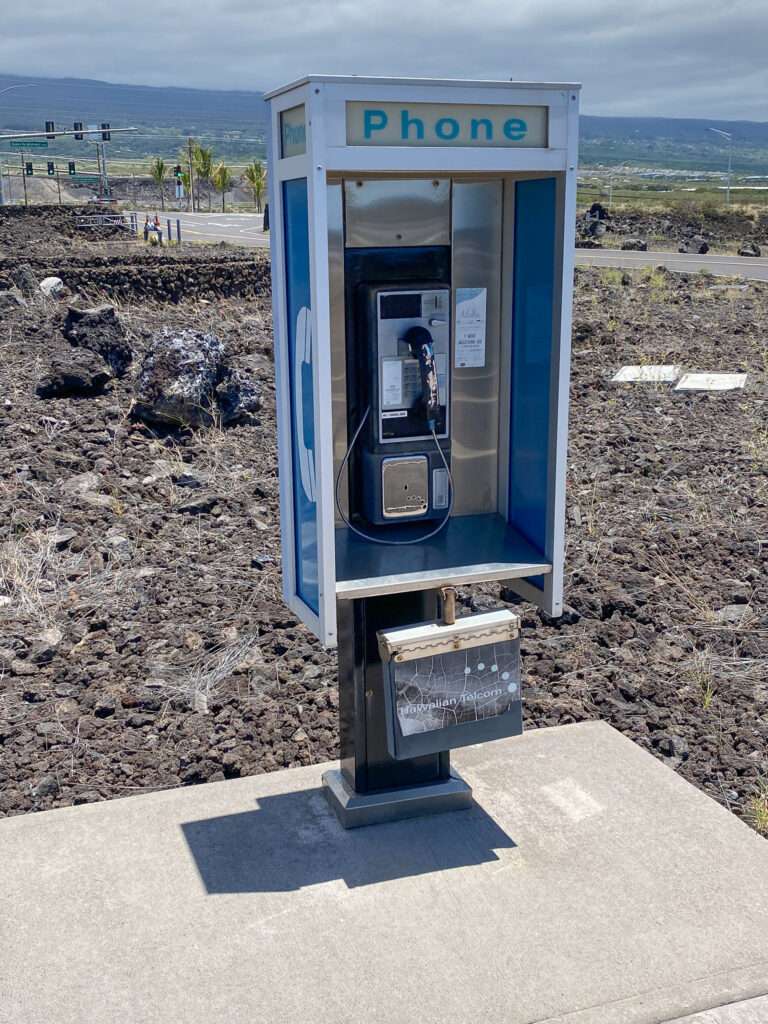
The park has a memorial for Park Ranger Steve Makuakane-Jarrell, killed in the line of duty on December 12, 1999. He responded to a complaint of unleashed dogs. A struggle occurred, and the suspect obtained his service weapon, fatally shooting him. The suspect was found not guilty by reason of insanity.
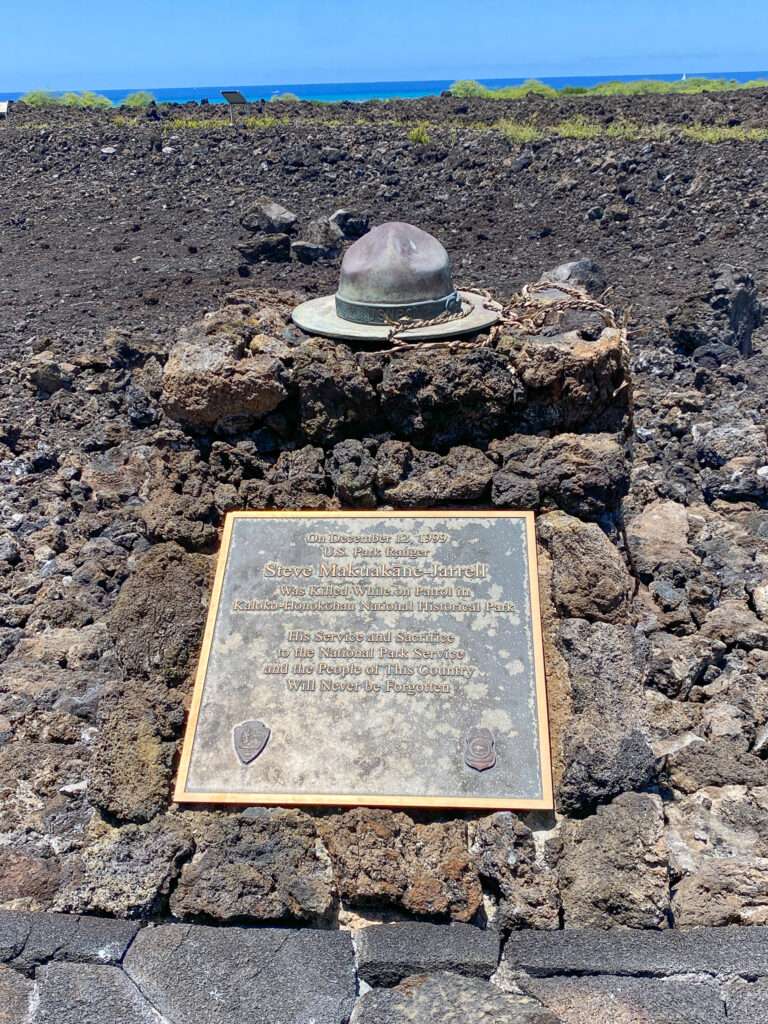
Kona
We headed into Kona to explore, shop at farmers’ markets and grab lunch. The traffic was CRAZY! We skipped the old town we visited on our last trip and headed to a smaller open-air market. Our lunch was shell-on shrimp, Japanese potato salad, and interesting garlic. It was peeled garlic marinated in soy sauce and ginger; the marinade made it mellow enough to eat whole cloves.
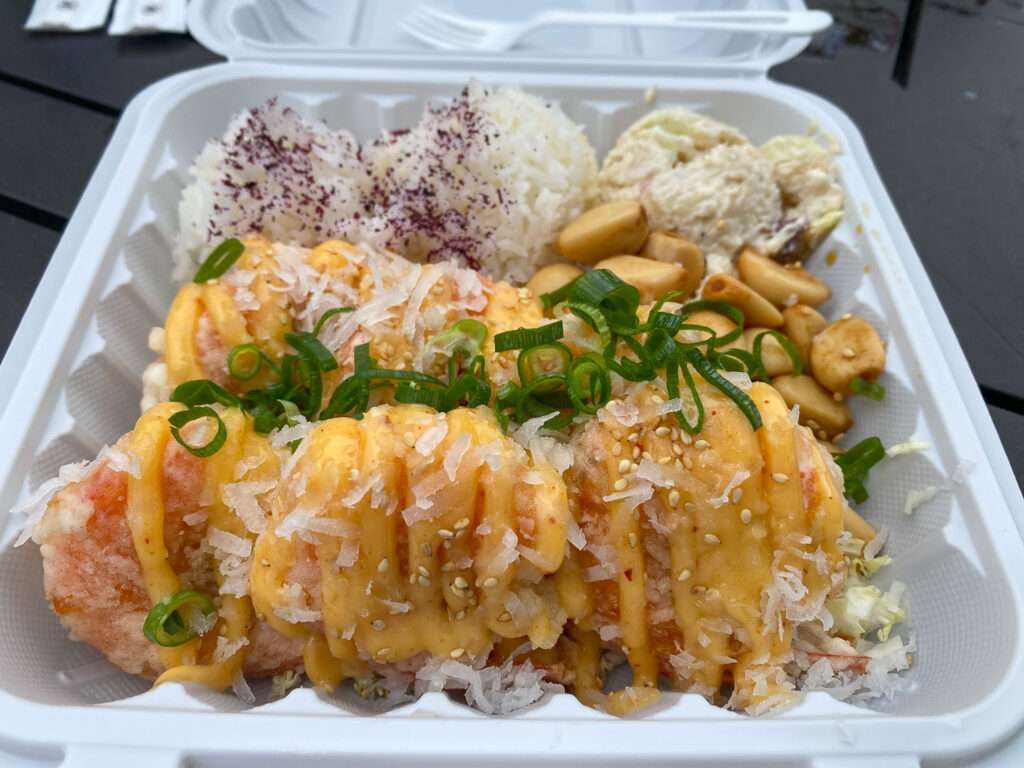
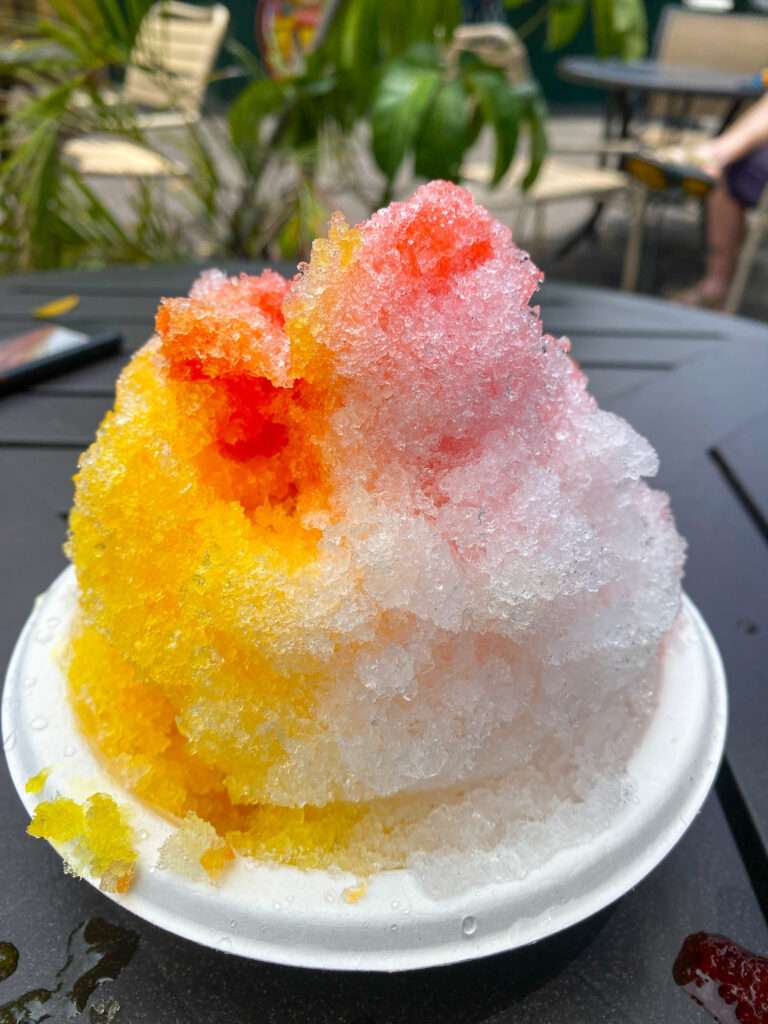
I want to say we had shaved ice for dessert, but it was our appetizer. Mango, strawberry and coconut. Yummy and refreshing on a hot day!
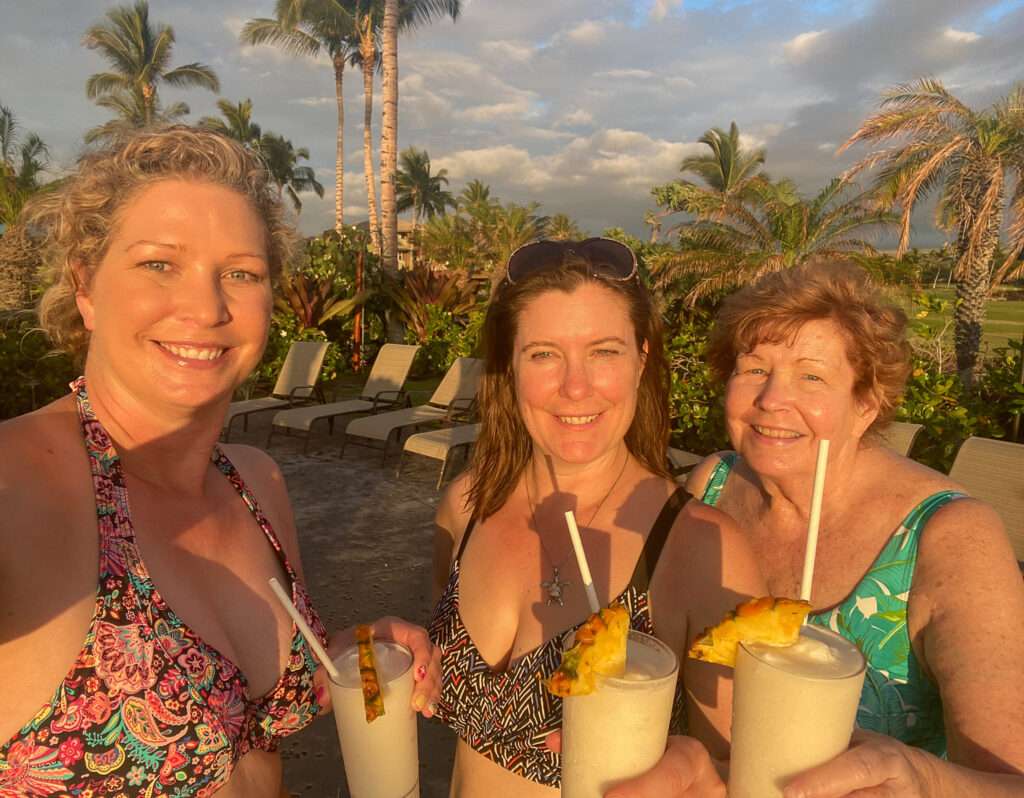
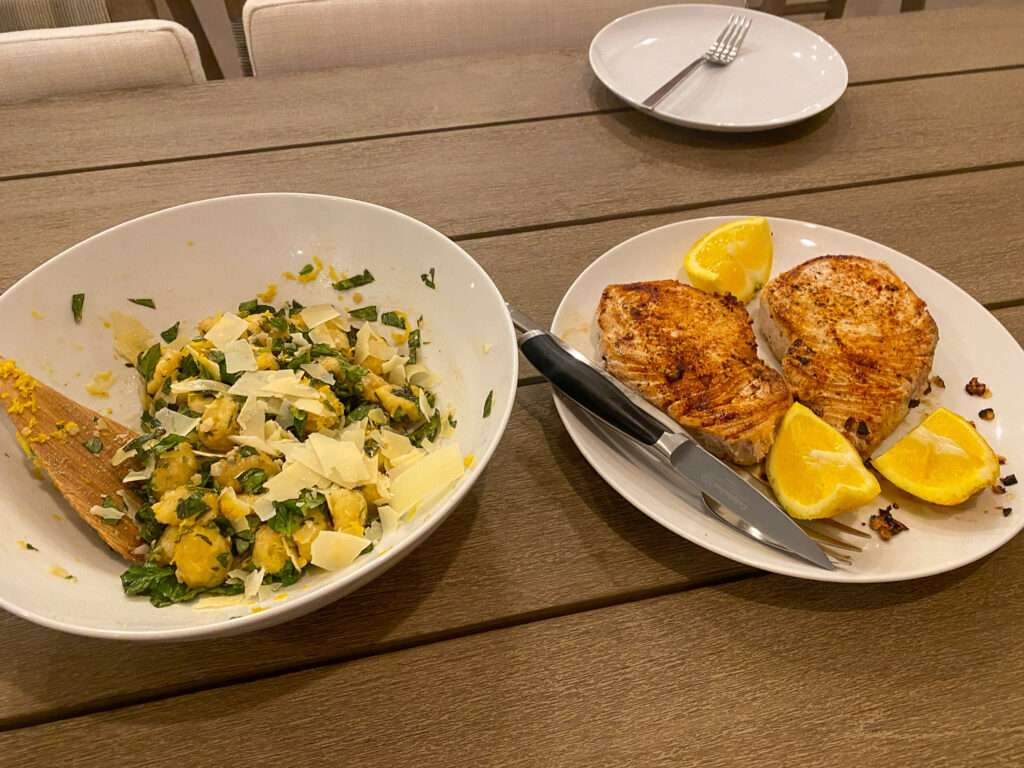
Once again, our evening was relaxing by the pool. My sister is an excellent cook and made fresh local fish and gnocchi with basil for dinner.
Day Two: Beach Day!
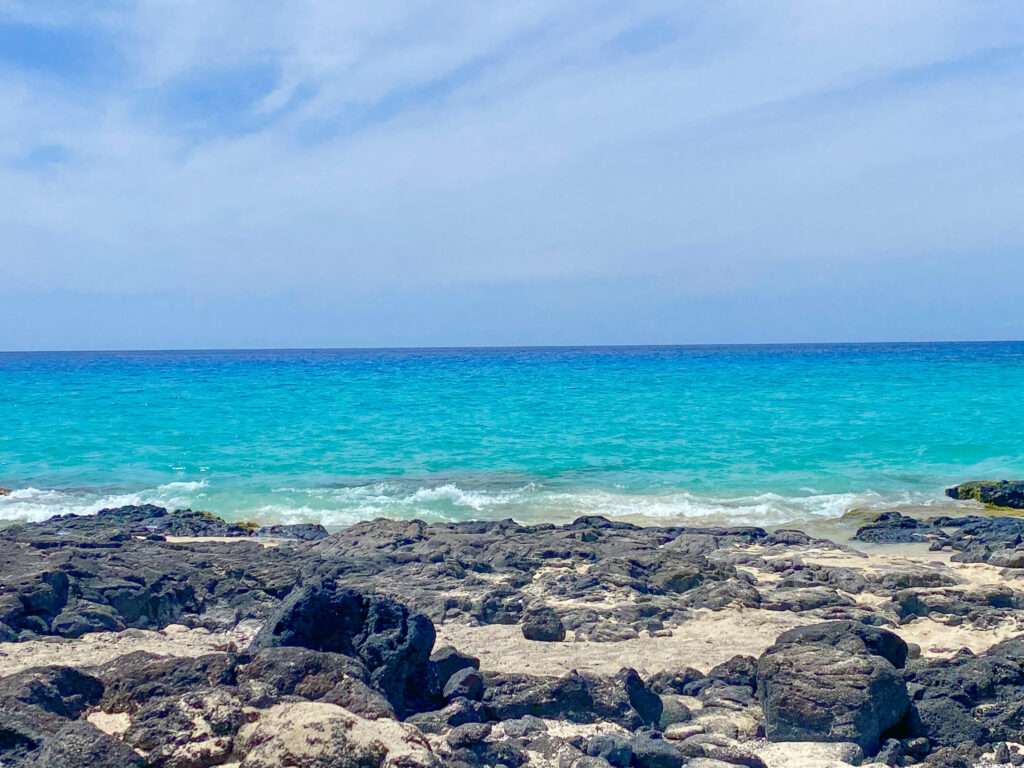
We didn’t take many photos but had a beautiful and relaxing day at the beach. I read Harvest Moon by Abby Rice, a time travel novel set in Virginia City. It was a great beach read!
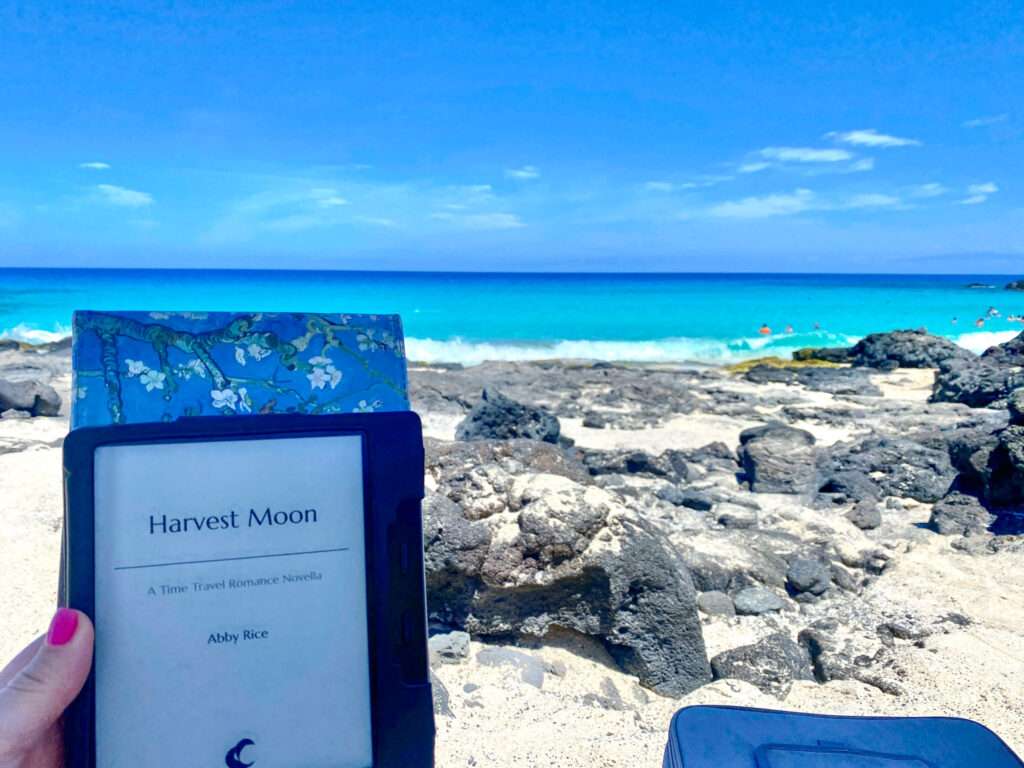
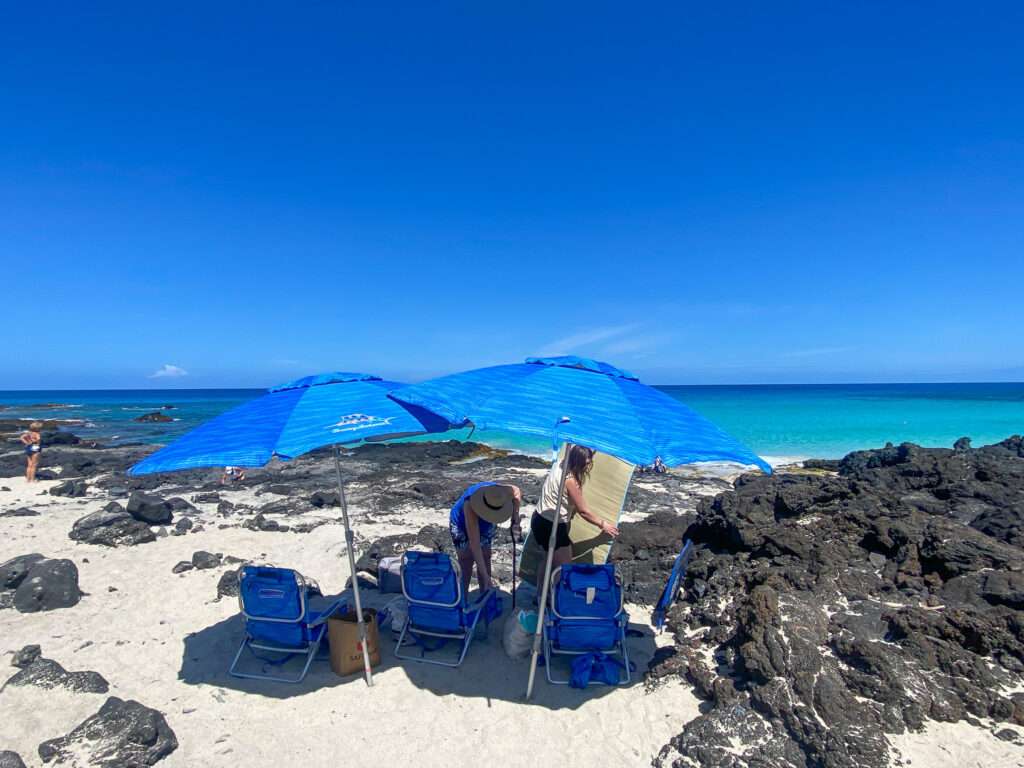
Dinner was at Roy’s in Wiakoloa. I had Dynamite crab-crusted scallops; they were so decadent!

Day three: vanilla farm tasting and soaking wet hike
Tex “Ono Kine”
I had never heard of “Ono Kine,” or Malasadas. I’m pretty sure it means sugary, delicious goodness: think a thick donut. Thank you, Sharron, for the recommendation!
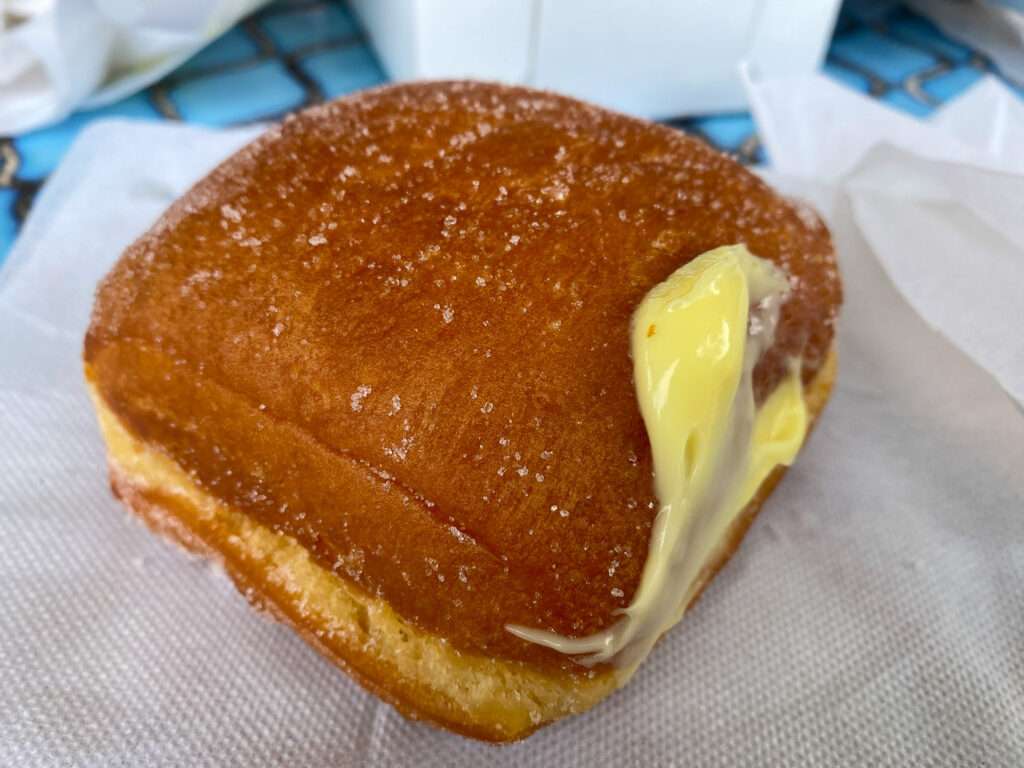
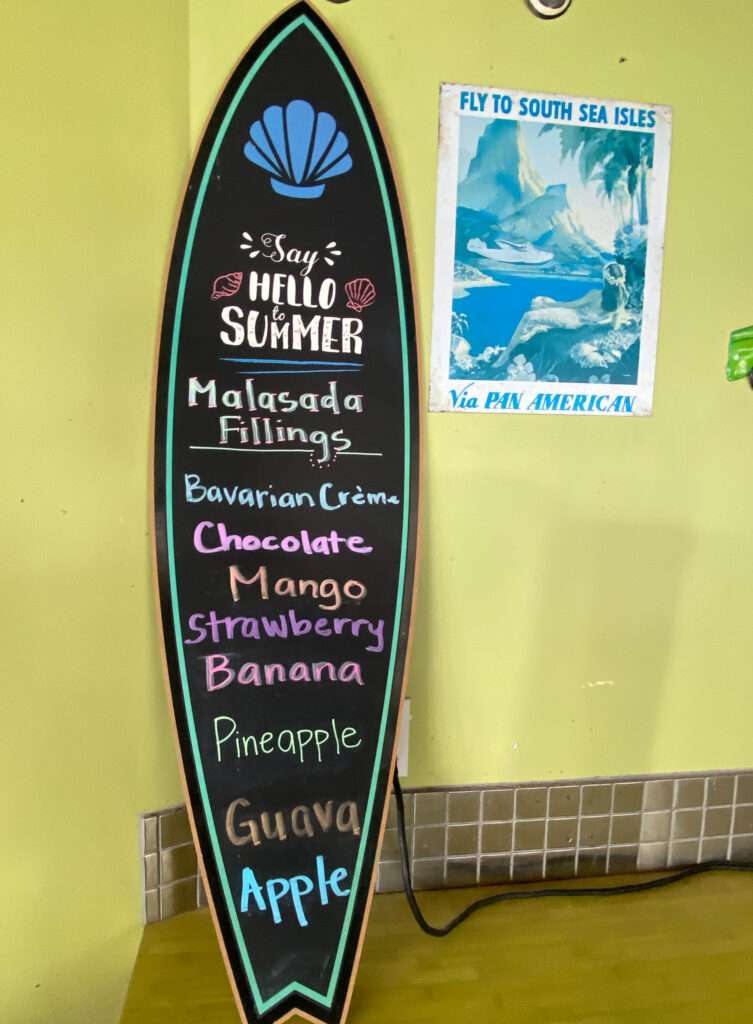
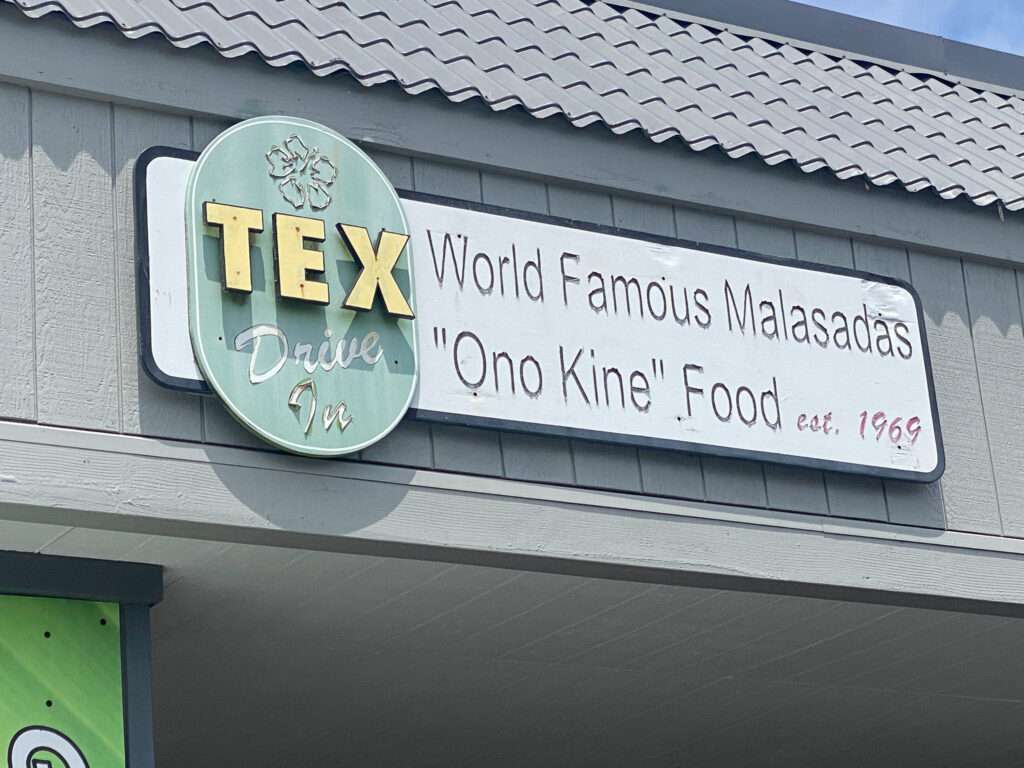
Even though we were headed to a food-tasting tour, we stopped for a snack. We all opted for a Bavarian creme and got a fruit-filled one for the following day. I chose mango.
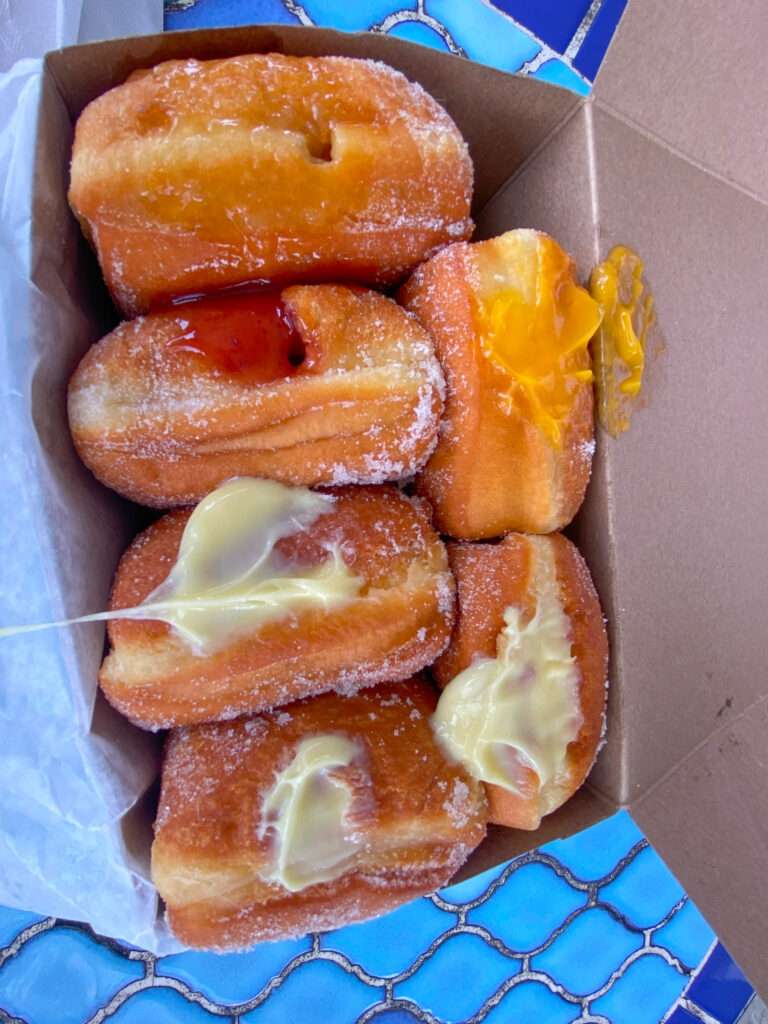
Hawaiin Vanilla Company
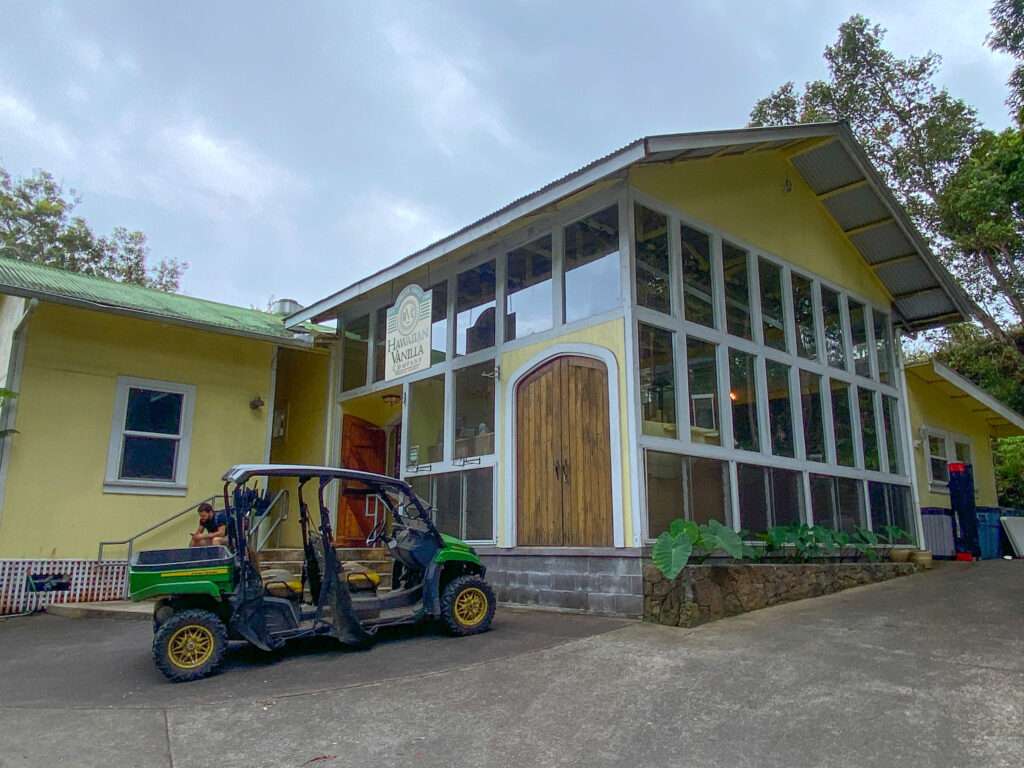
My father was an agronomist (plant scientist) and farmer, so we are all interested in agriculture. We also all love to eat, so we immediately booked the trip when I found a vanilla farm tour with a tasting menu. After learning how much work goes into growing vanilla, I can see why it is so expensive. Based on weight, it is the most costly spice, even surpassing saffron.
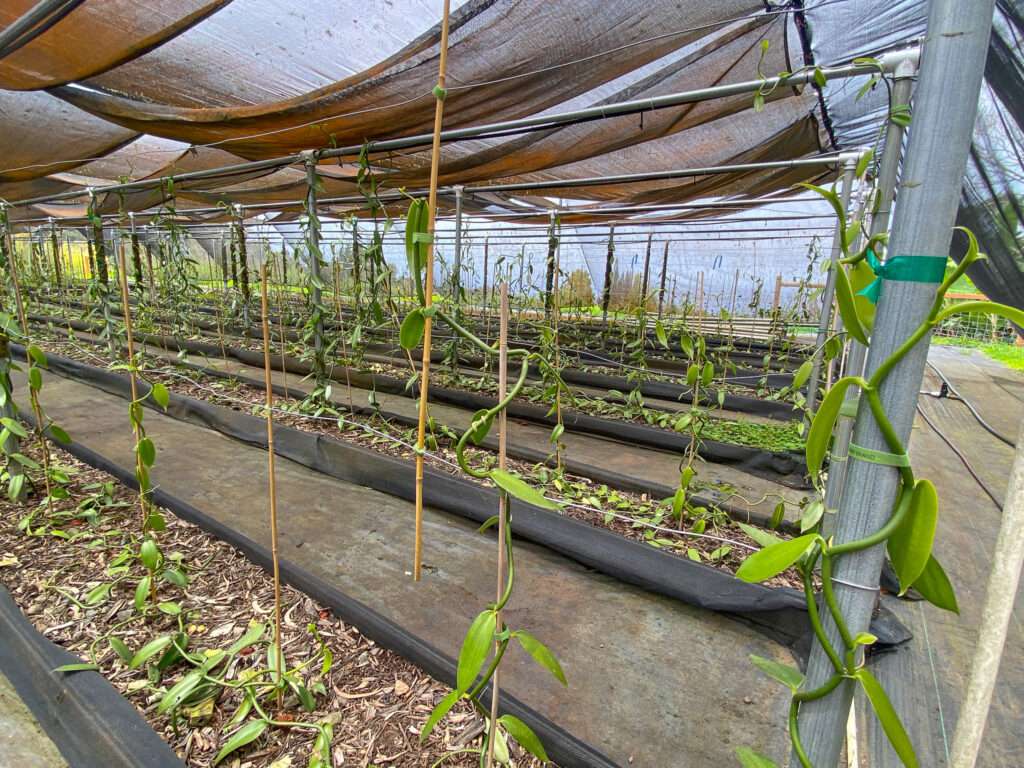
The tour started with a four-course meal; other than the lettuce, everything had vanilla.
Hawaiian Vanilla Luncheon Experience Menu:
Choice of Vanilla Lemonade, Vanilla Ice Tea or a combination of them both called a “Jimmy Boy”
An “amuse” of garam masala shrimp cooked in vanilla butter served on a crostini with our vanilla pineapple chutney.
Vanilla Bourbon Marinated Chicken Breast on a Vanilla Sweet Bread Bun. Topped with caramelized onions with two sauces to choose from. One is Vanilla Barbecue Sauce and the other is a Vanilla Mango Chutney Aioli.
Your salad is topped with a Vanilla Raspberry Balsamic Dressing, Vanilla Honey Peppered Pecans and feta cheese. You potatoes are baked in a Vanilla Southwest Rub.
Finally Hawaiian Vanilla Bean Ice Cream for dessert. Complimentary coffee service included.
Hawaiiin Vanilla Company
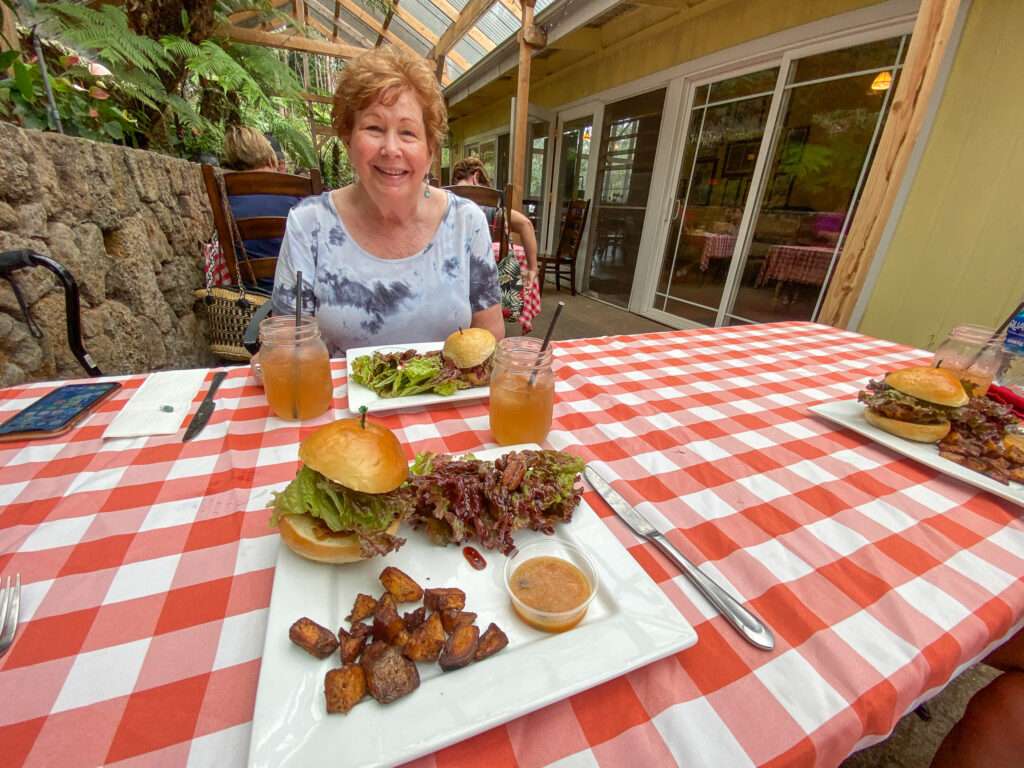

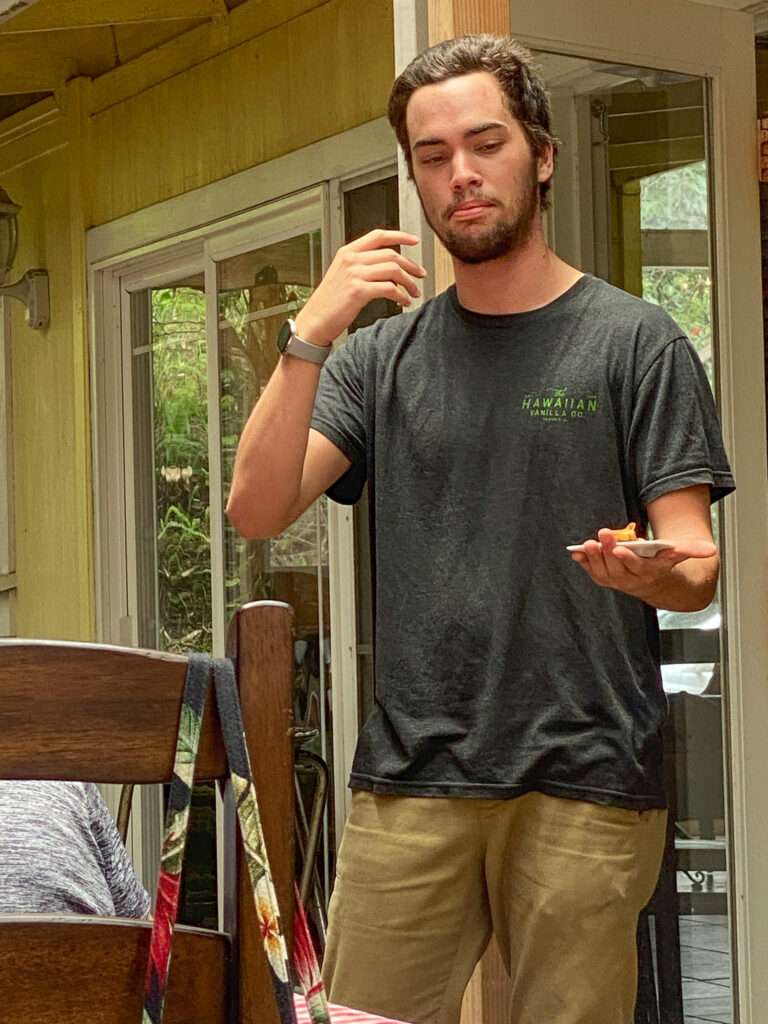
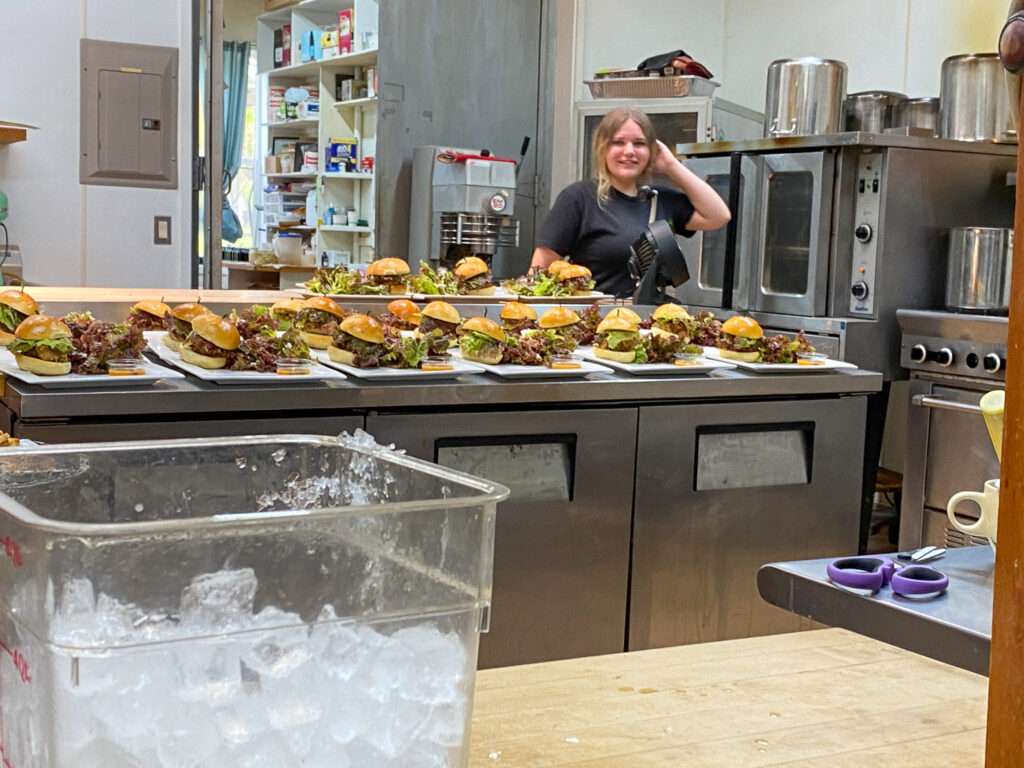
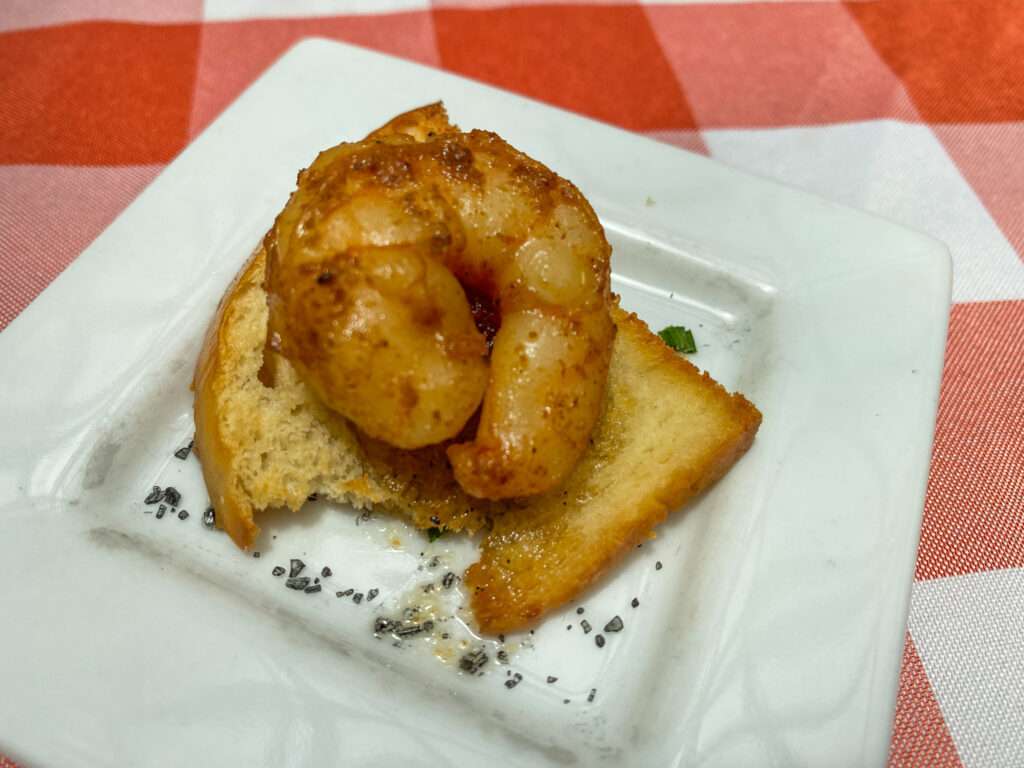
We walked down to one of the covered grow stations and learned about raising, pollinating, harvesting and processing vanilla beans. Did you know vanilla flowers are all hand pollinated? There are no known natural pollinators like bees or birds. The flower has to be pollinated within four hours of blooming, and the blooming cycle can last two months. Staggered pollination means harvesting also lasts two months.
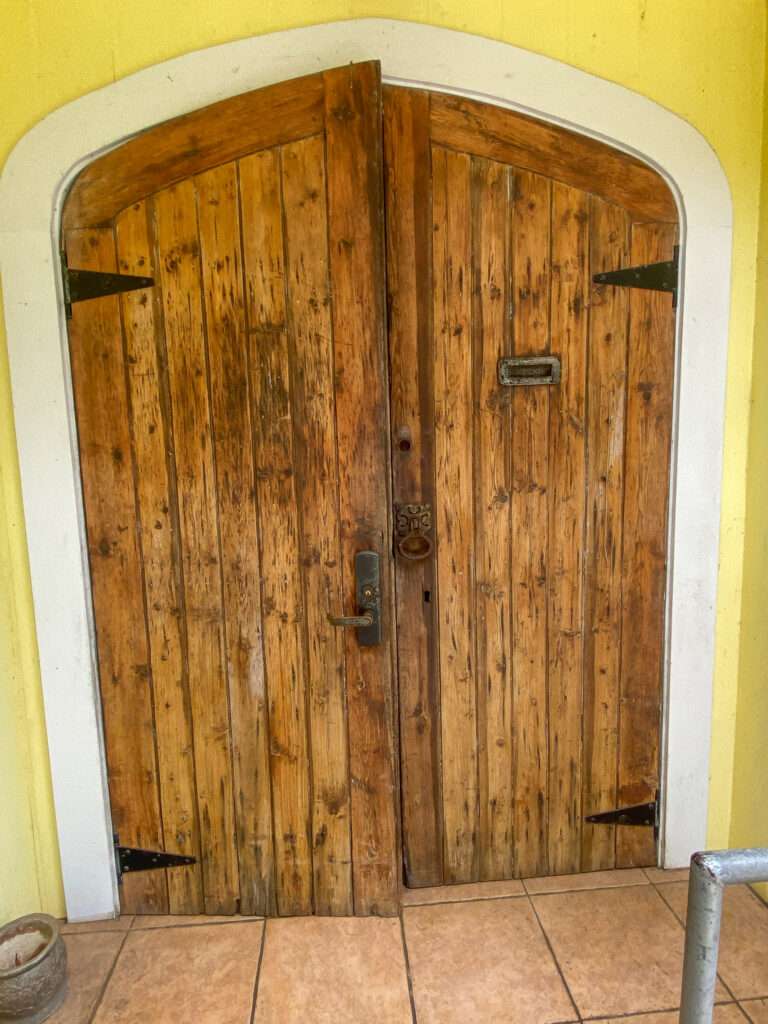
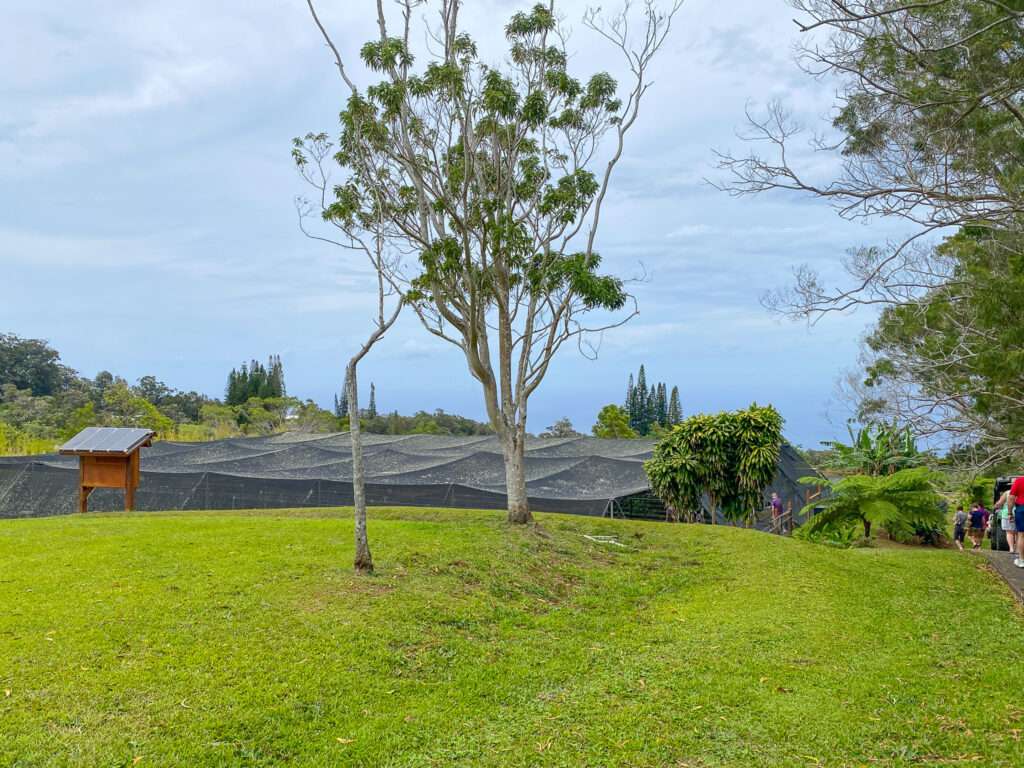
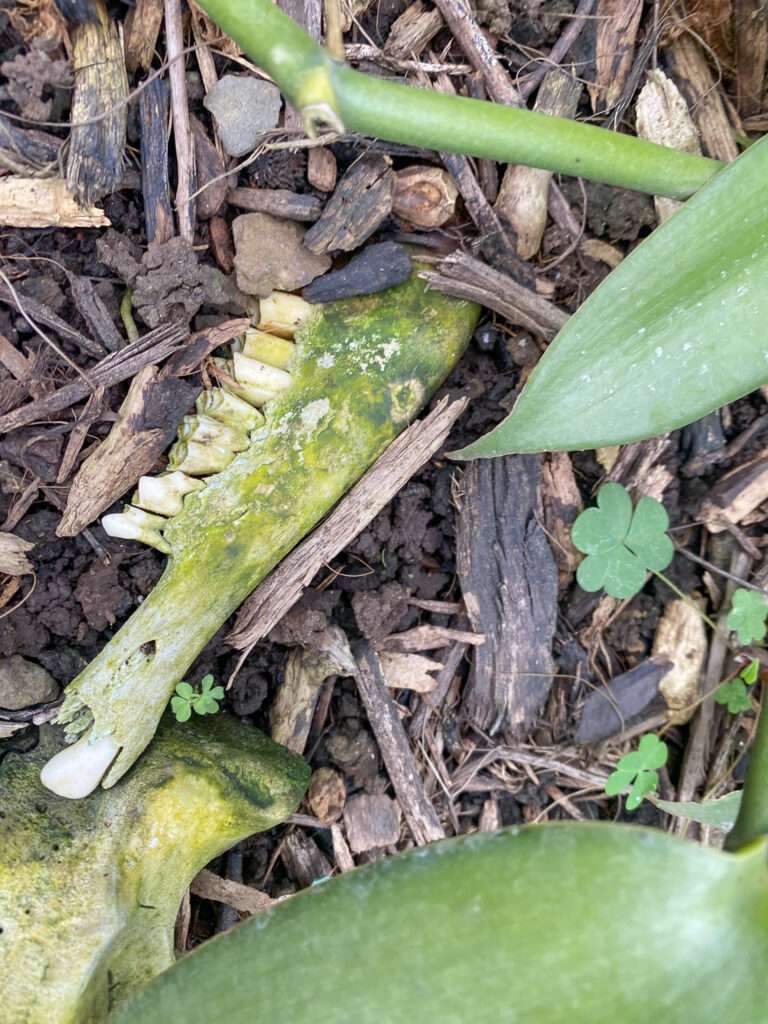
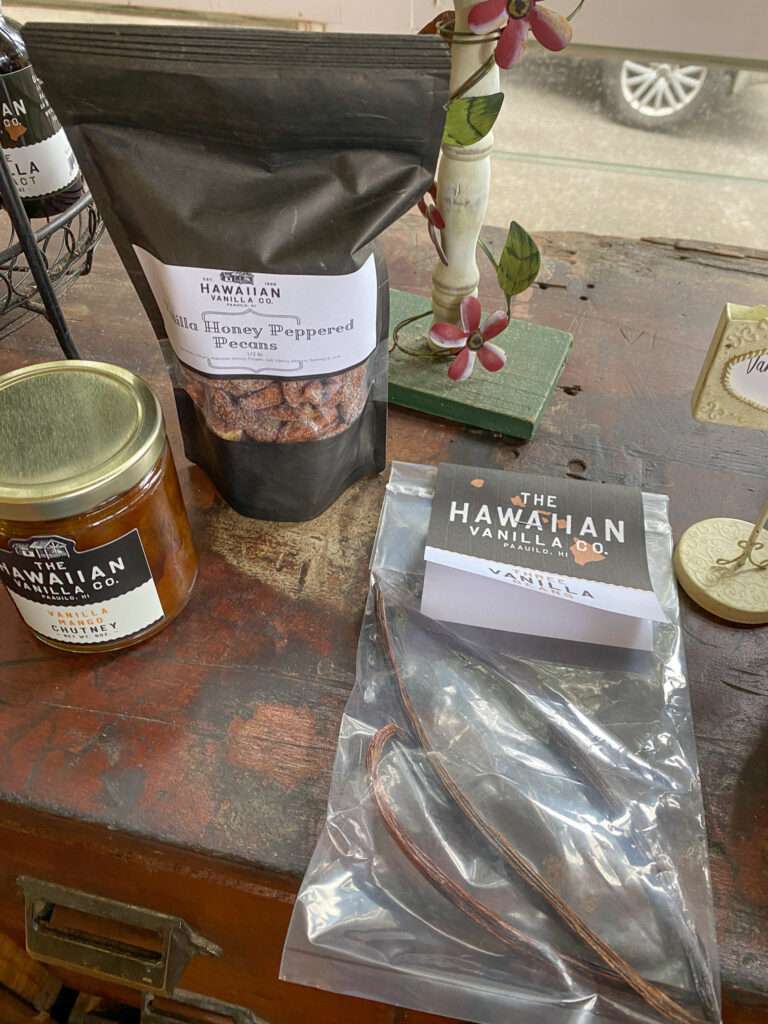
Akaka Falls

Following the tour, we headed to the Hilo area. I had heard it was the rainy side of the island, but I had no idea how much. My sister and I hiked to Akaka Falls while my mom stayed dry in the car. The rain went from a drizzle to a full-on downpour. The falls were beautiful, but getting a picture through the rain was difficult. Days later, my shoes were still soaked.
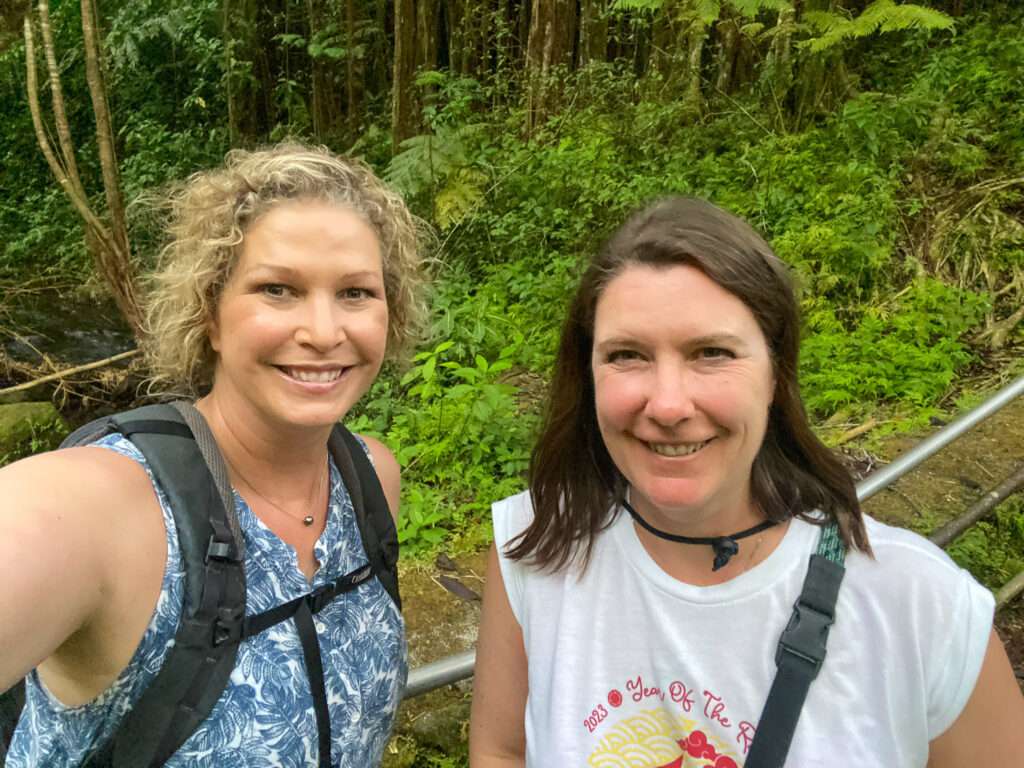
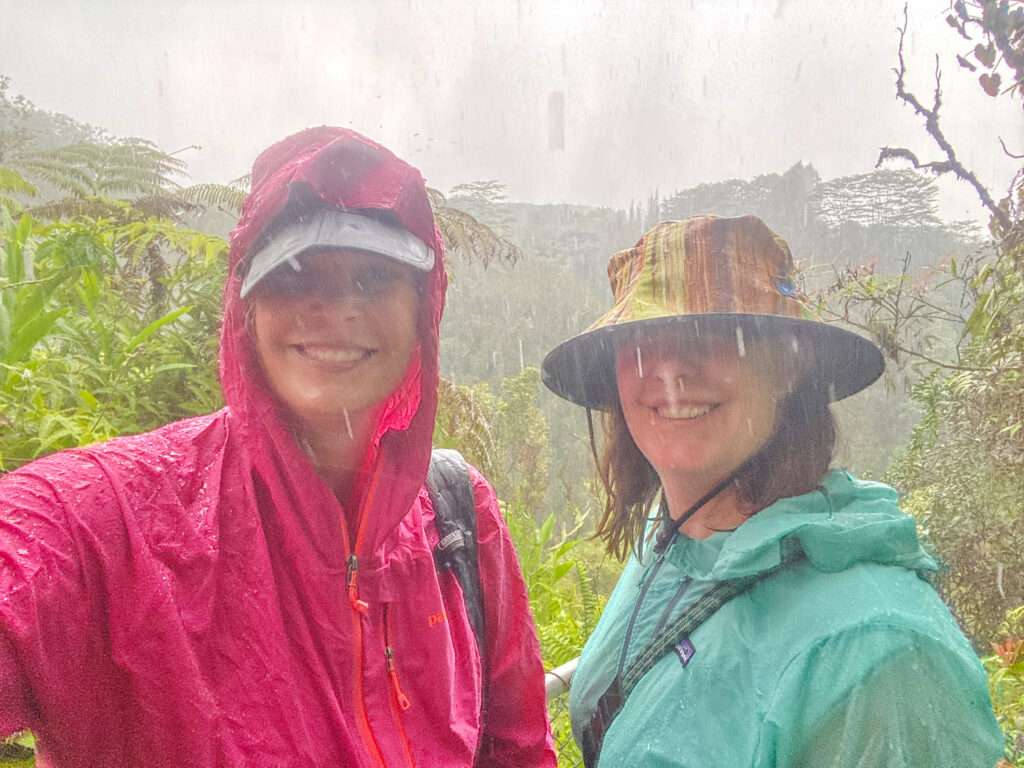
We planned to visit the botanical gardens and tsunami museum but everything was closed, and we were dripping wet.
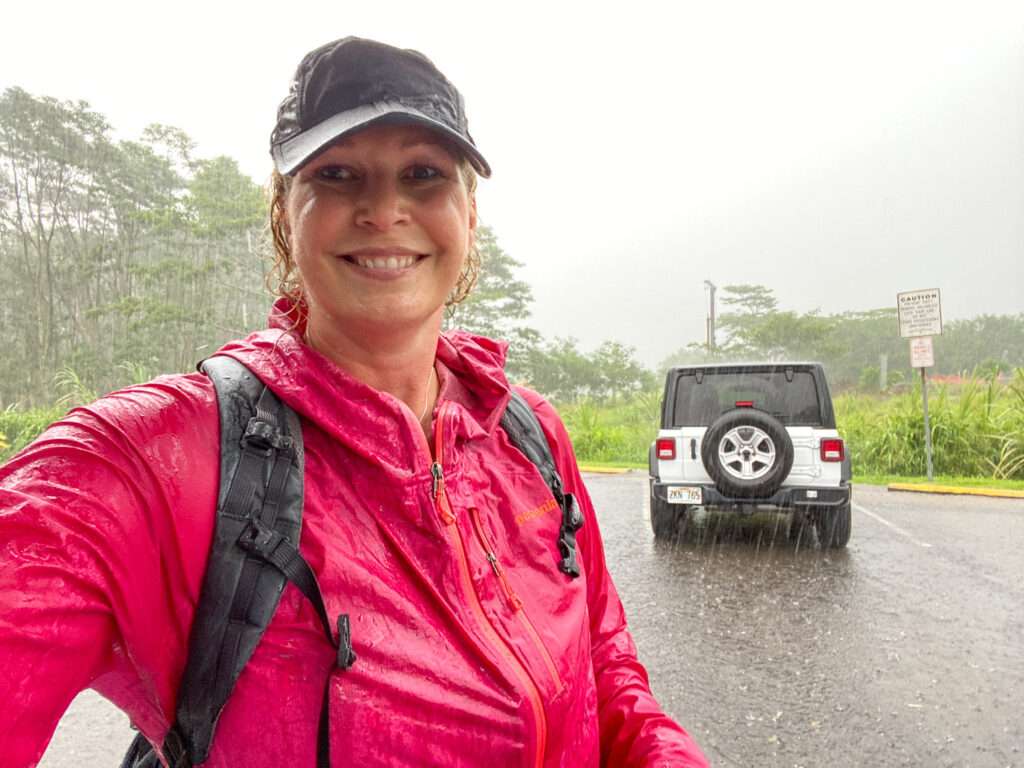
Day four: Turtles and more Hawaii ghost towns
Wednesday, a huge storm hit the Big Island. It was the worse day to head to the rainy side, but my sister wanted to try and find sea turtles. While the rain could be heavy, it was warm.
Pu’uhonua o Honaunau National Historic Park
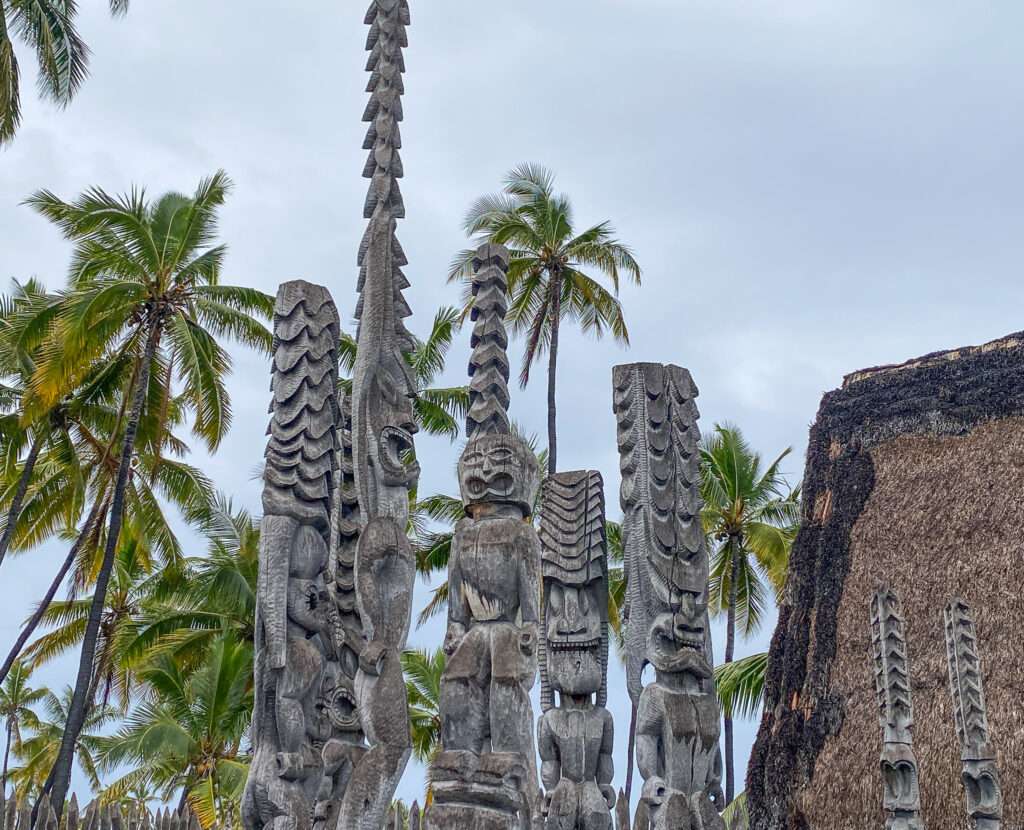
If I had to pick one favorite on the big island, this park would be it. It has a combination of original and reconstructed village features. Unfortunately, few people visited, possibly due to the rain, but I suspect most focus on Volcano National Park.
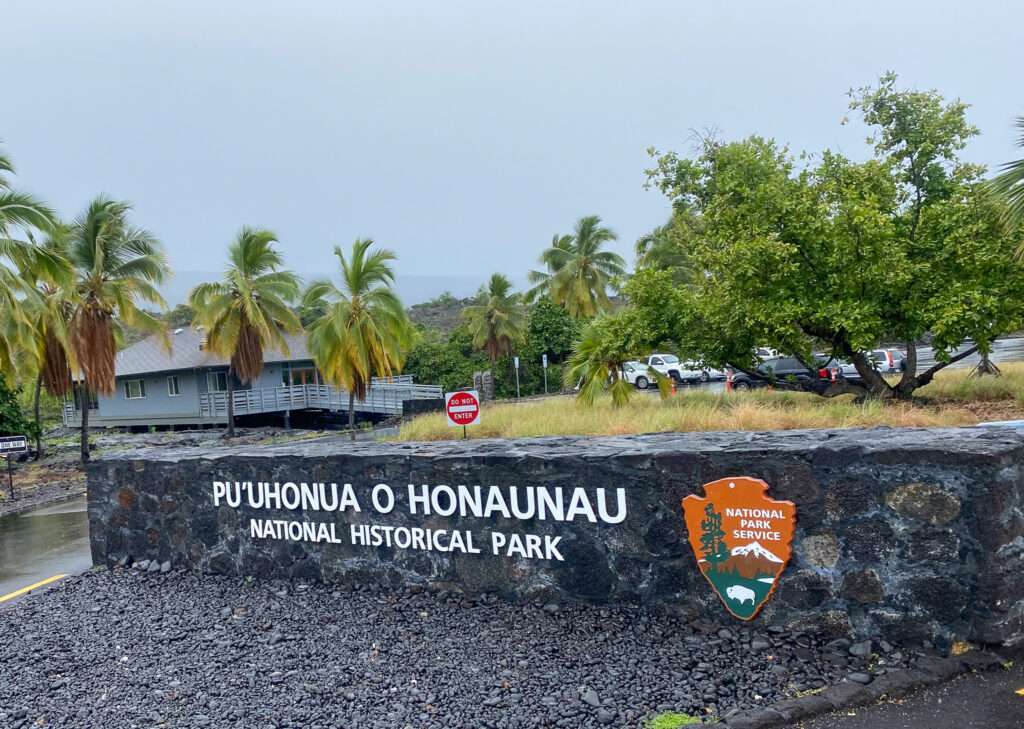
In Hawaiian culture, kānāwai laws dictated social interactions, harvesting, planting and fishing. The punishment for breaking the rules was often death. However, fugitives who broke laws could seek sanctuary and forgiveness at Puʻuhonua. The refuge was adjacent to royal grounds.
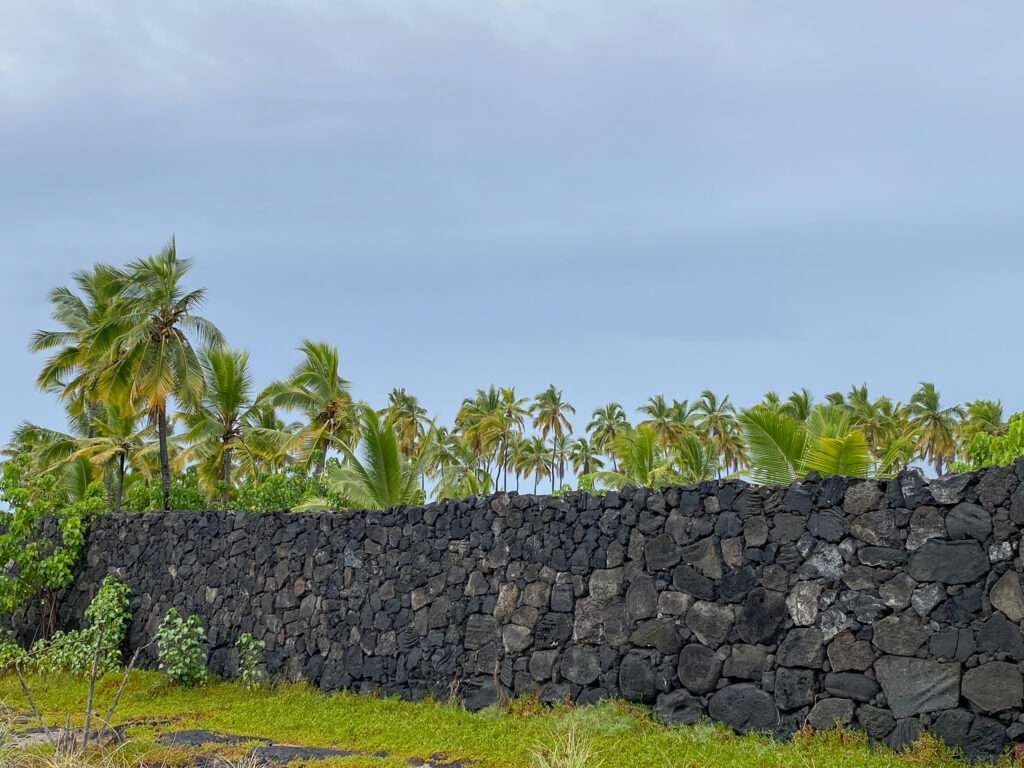
ʻEhu kai malino, the ruling chief of Kona, may have created Pu’uhonua o Honaunau 450 years ago.
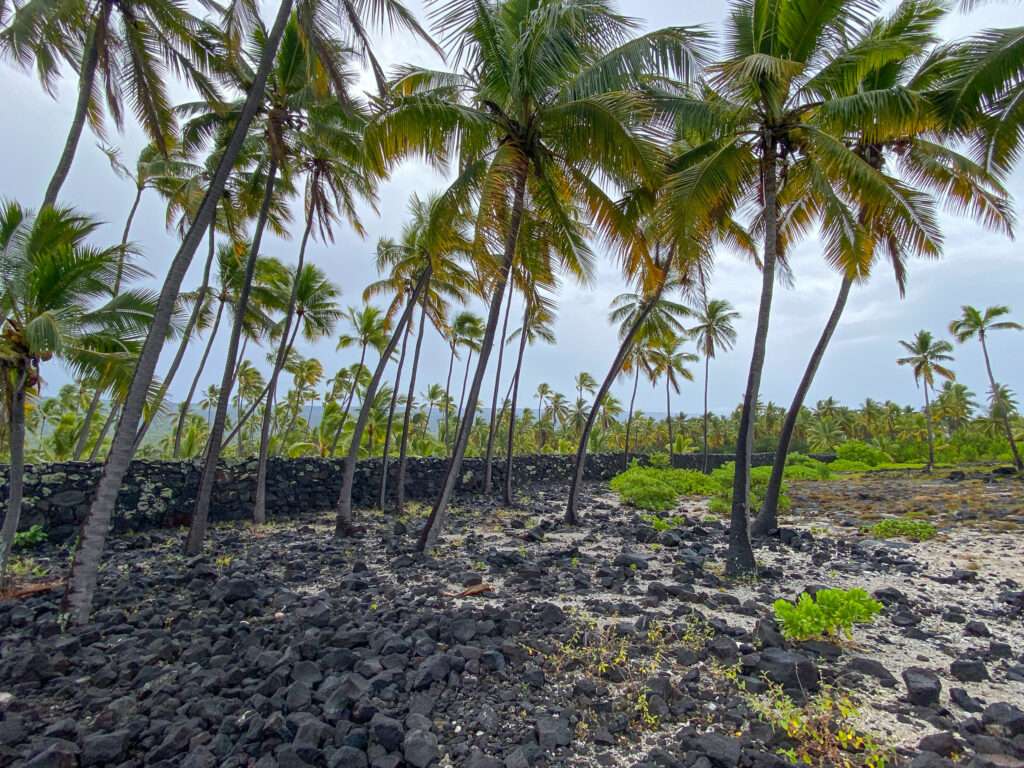
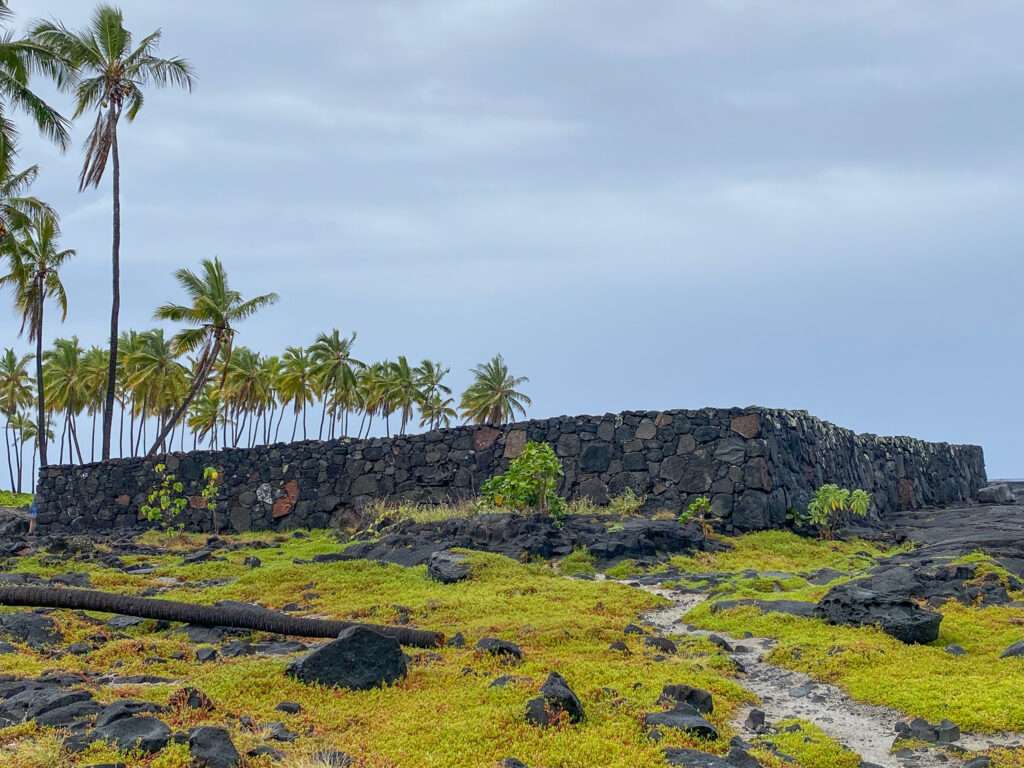

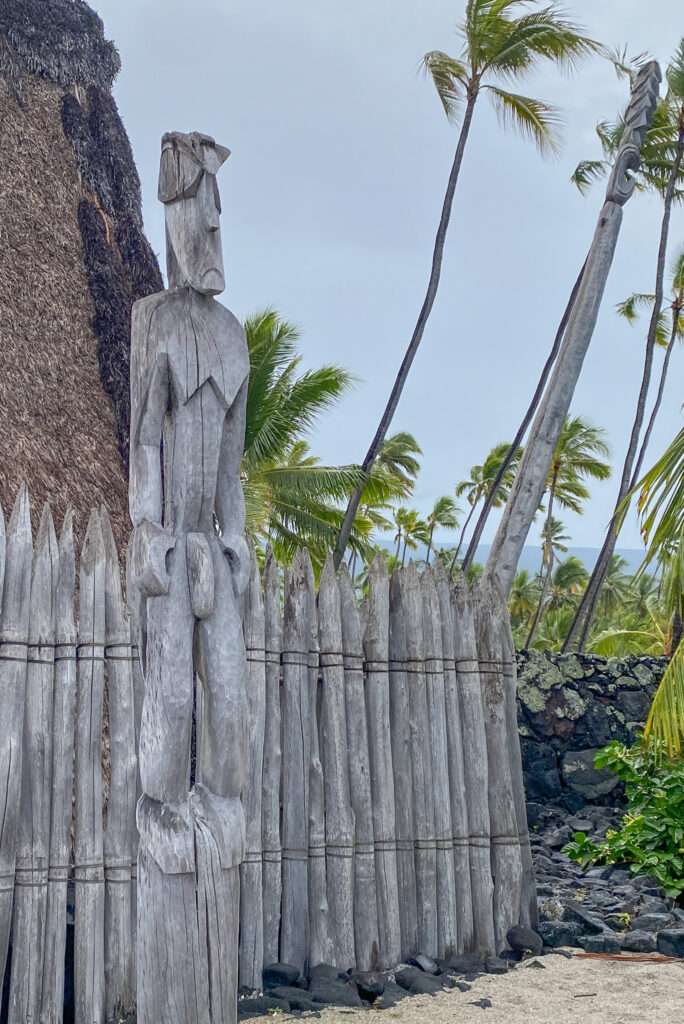

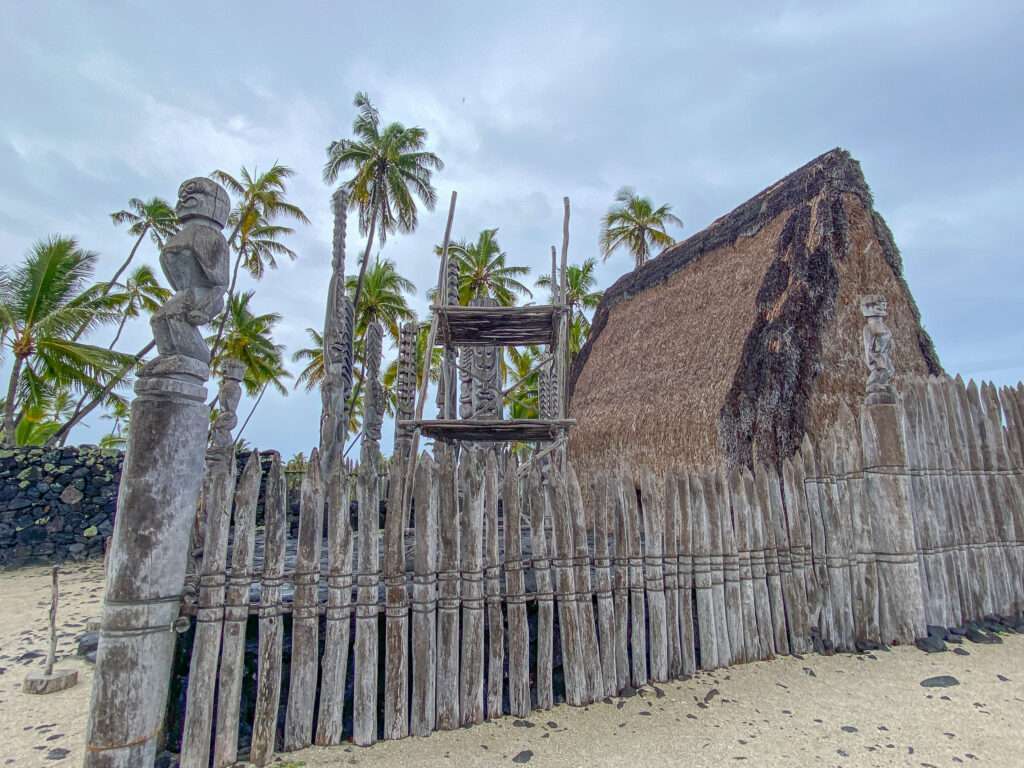
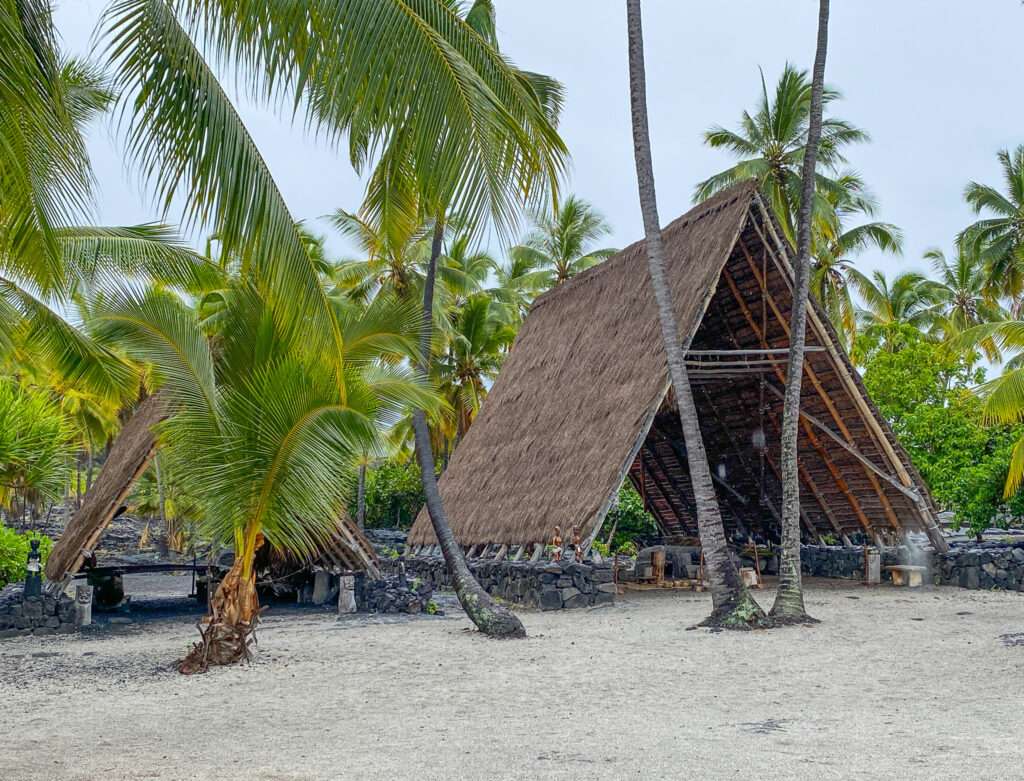
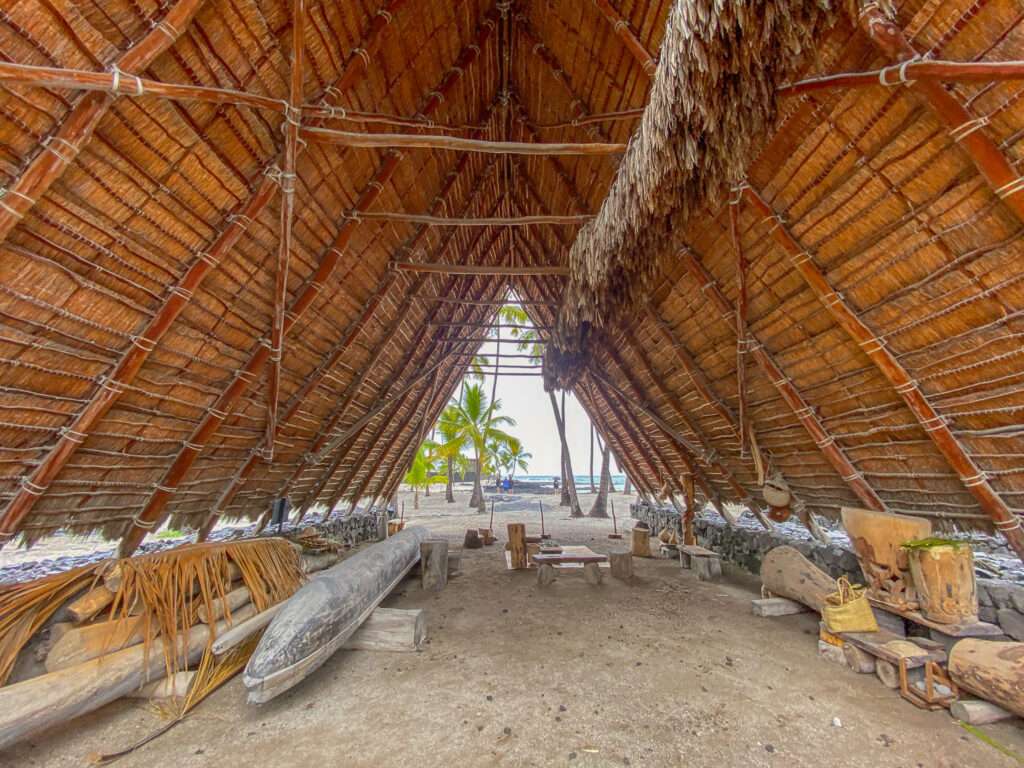
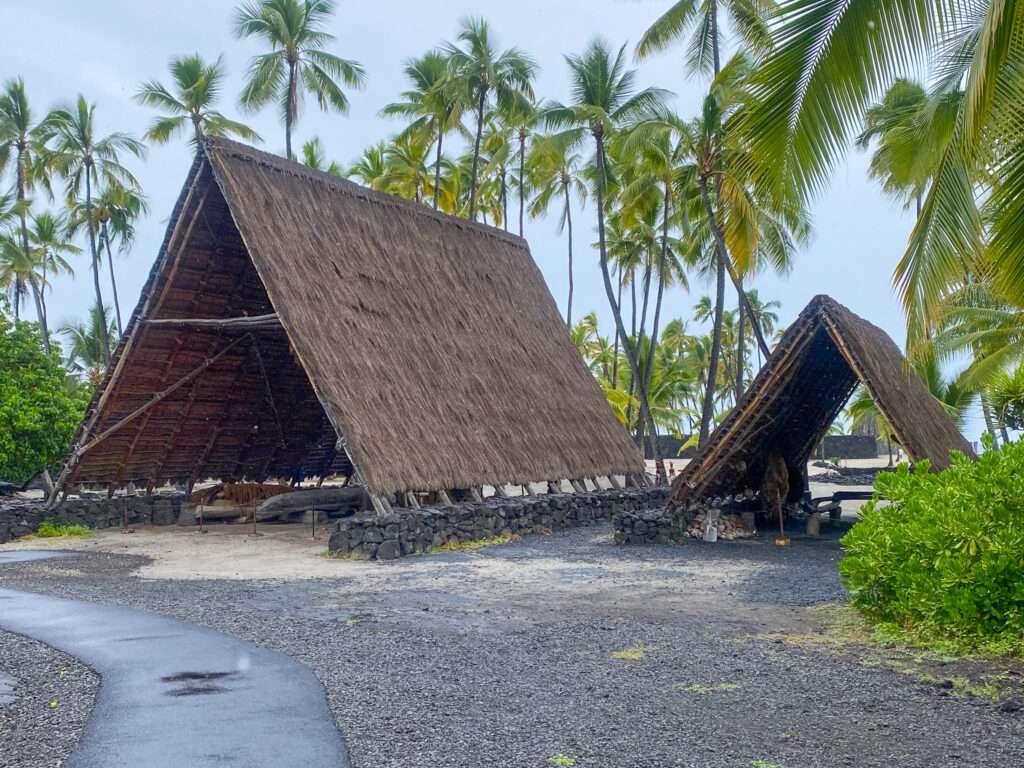
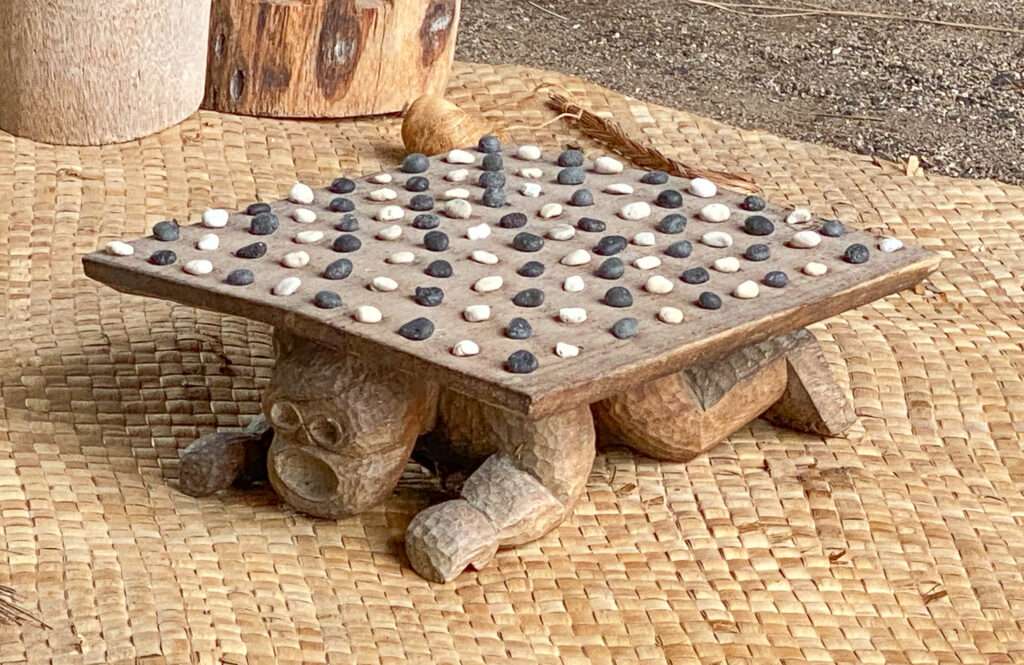
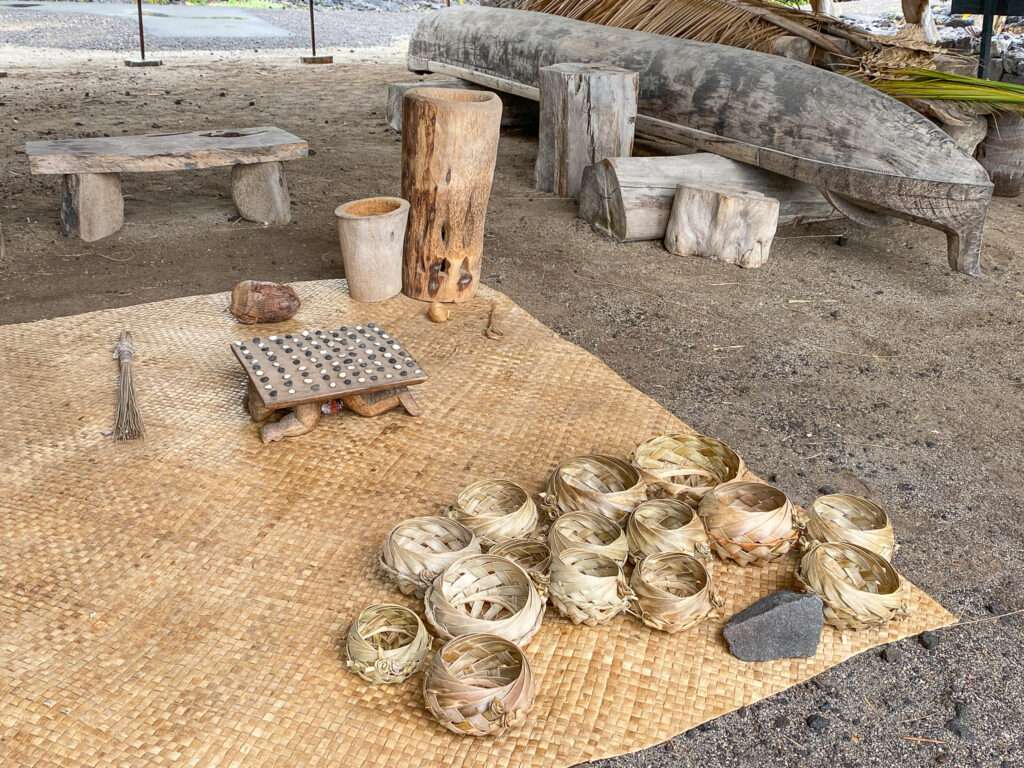
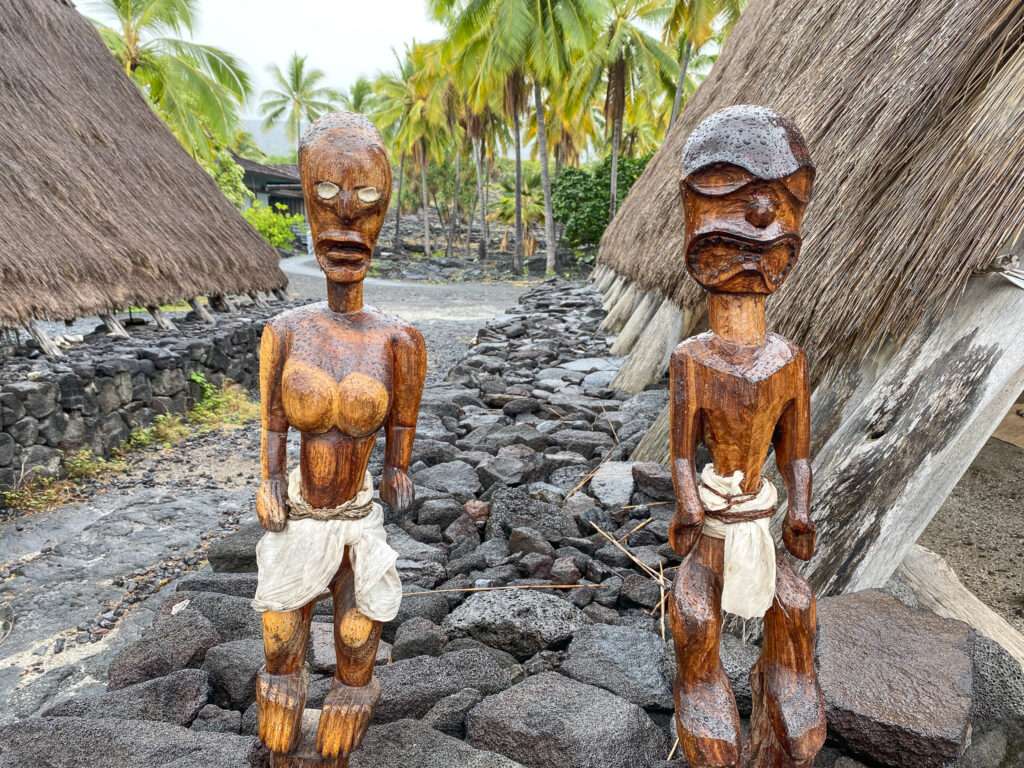
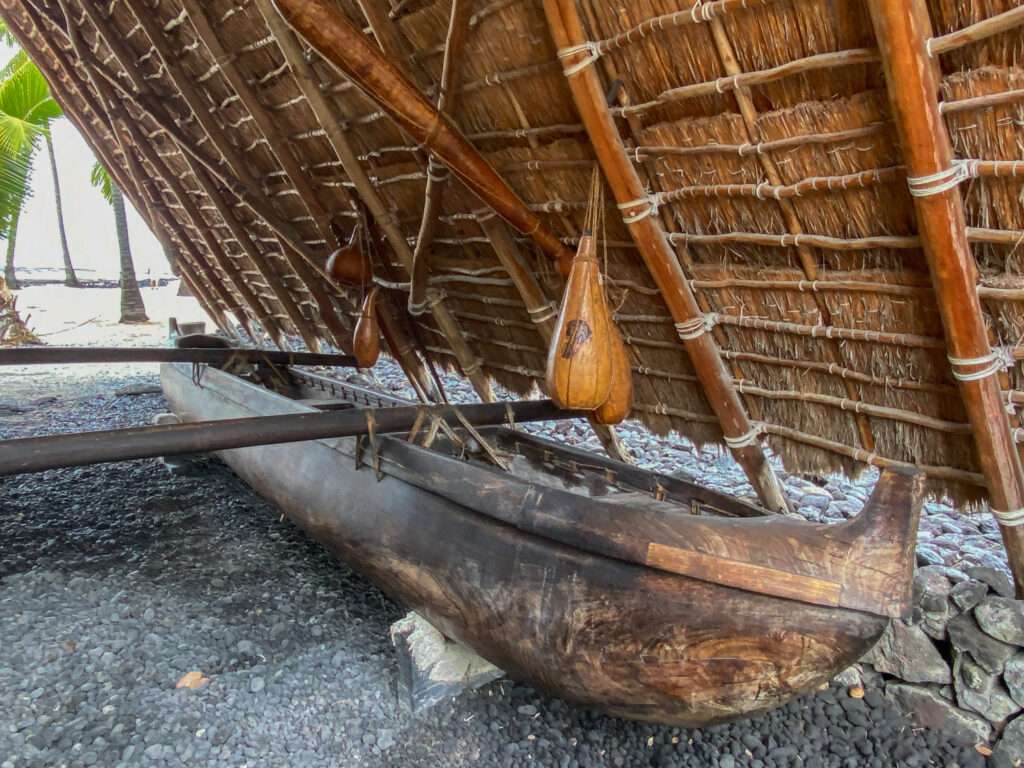
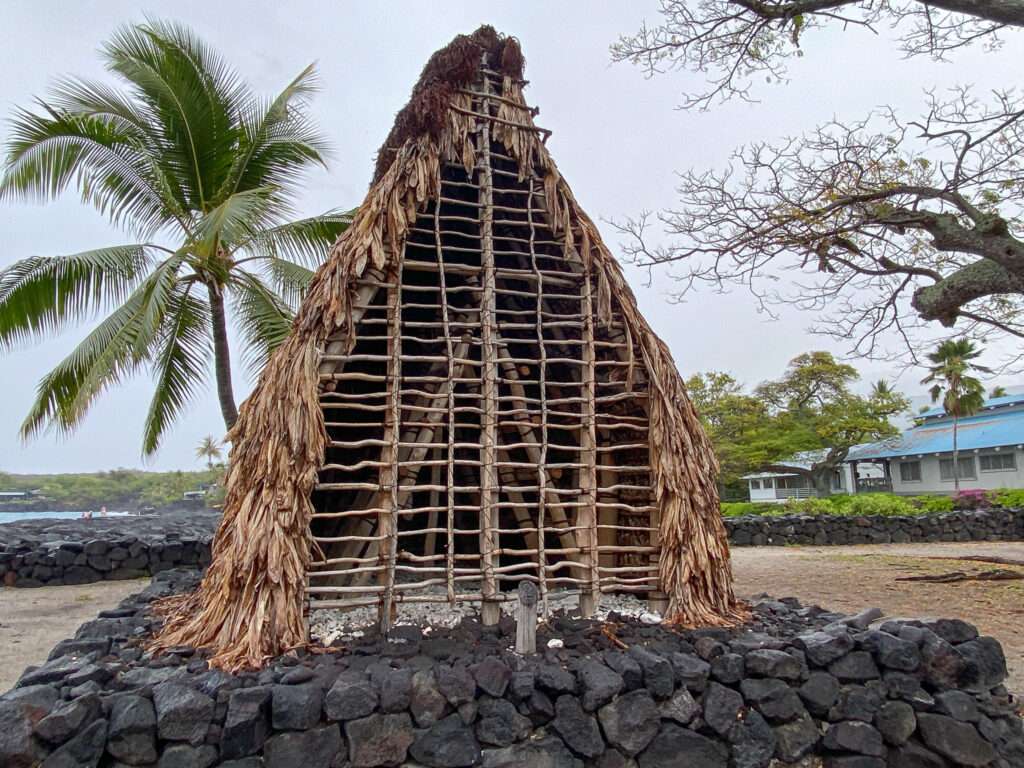
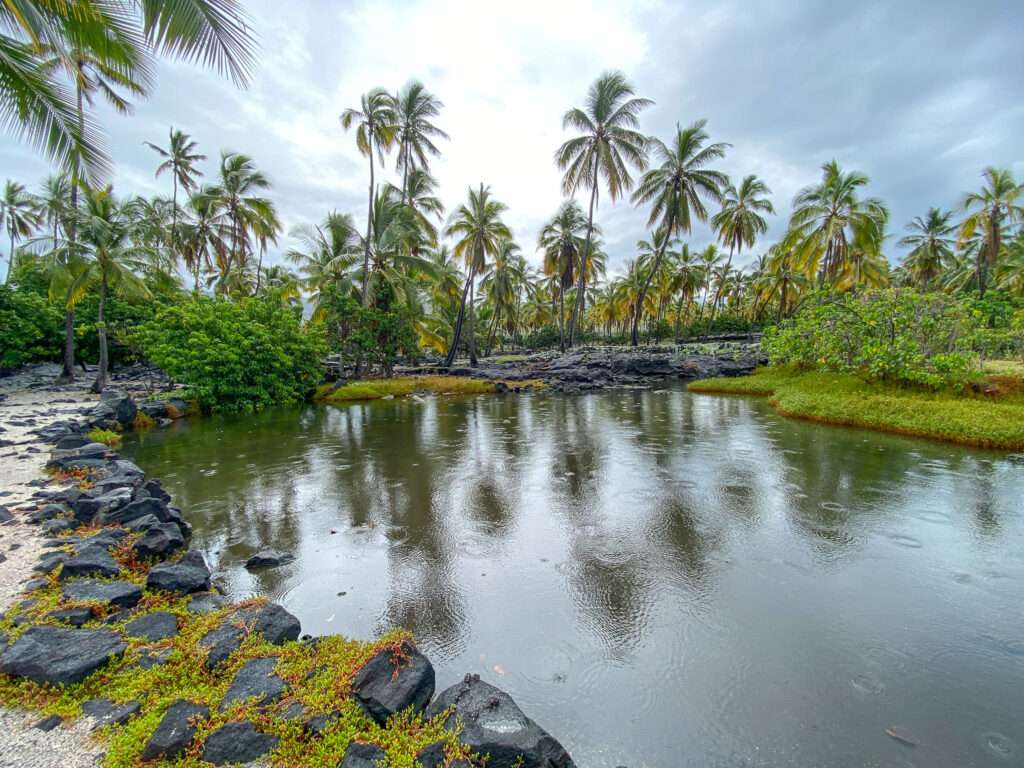
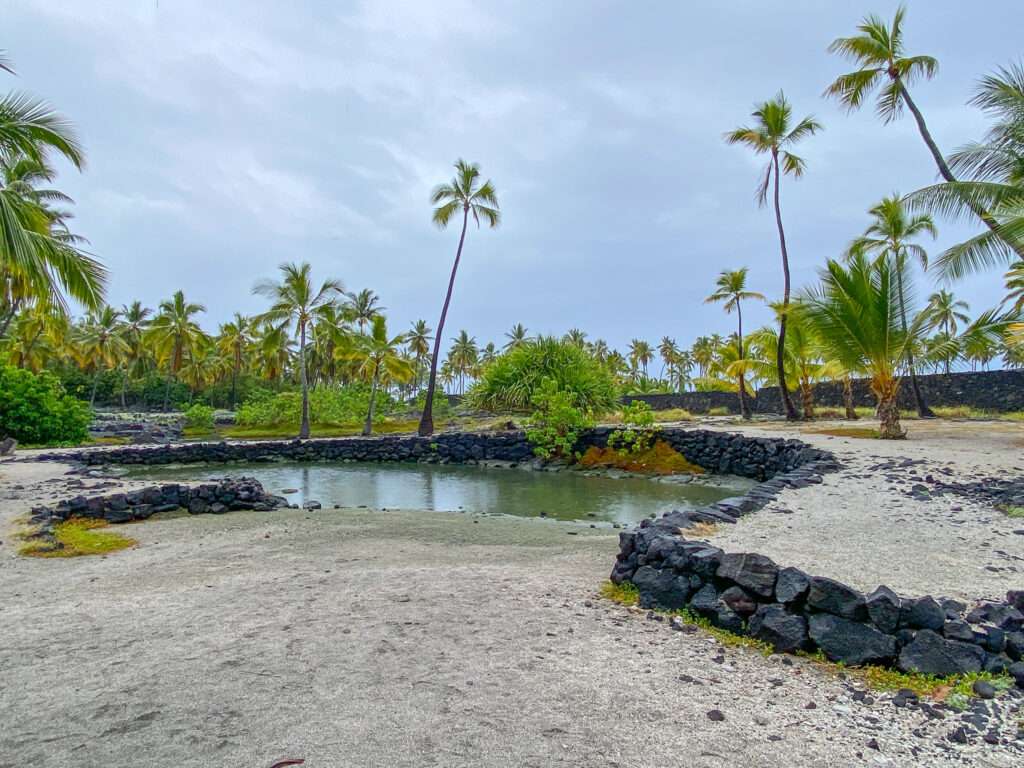
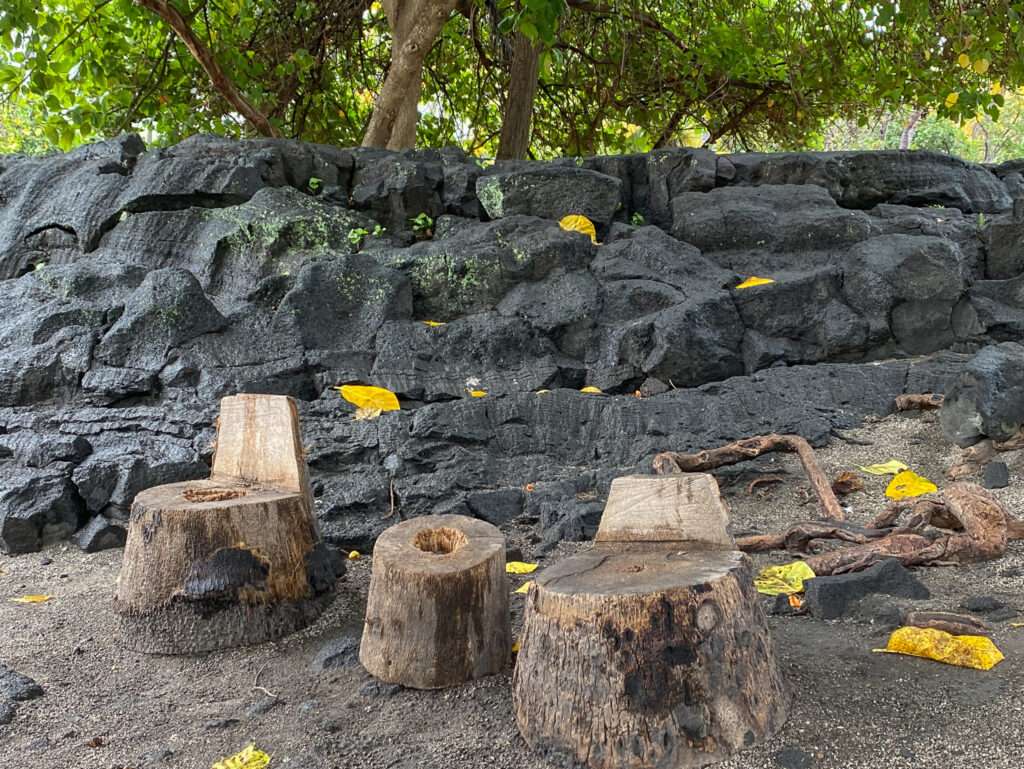
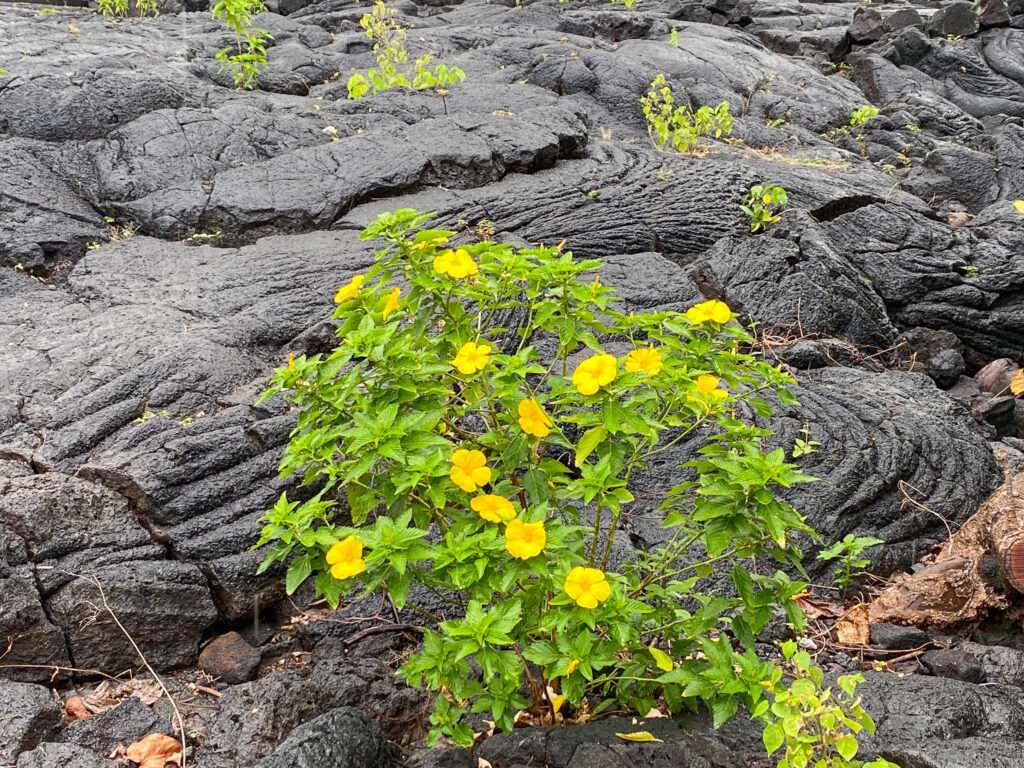
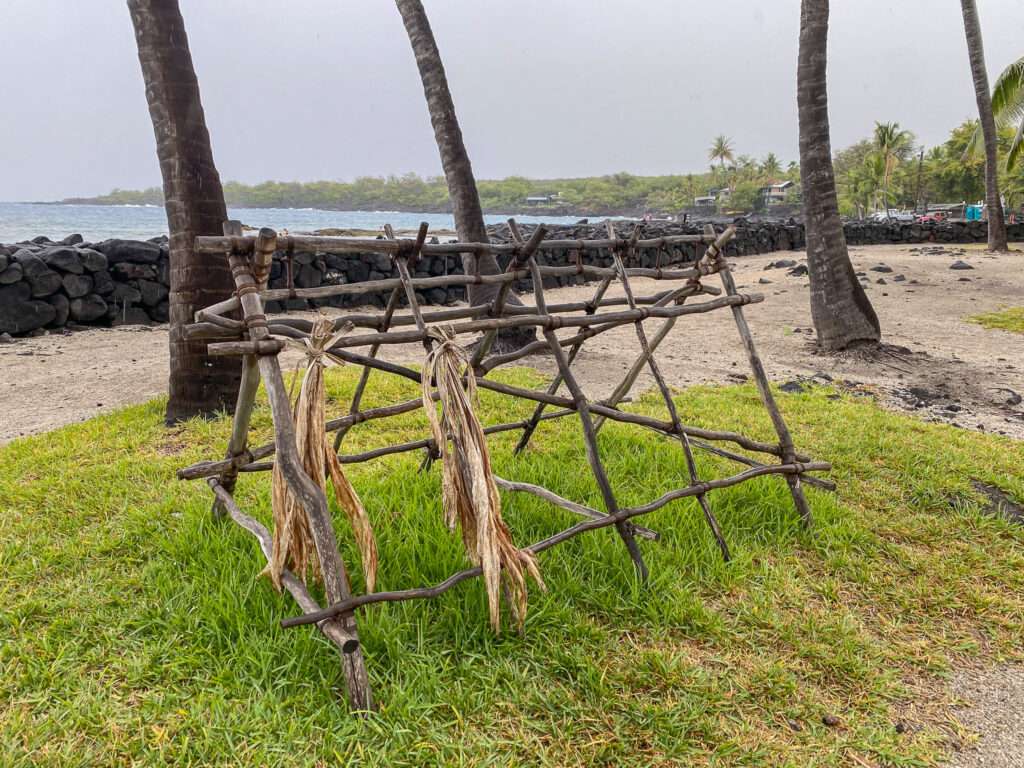

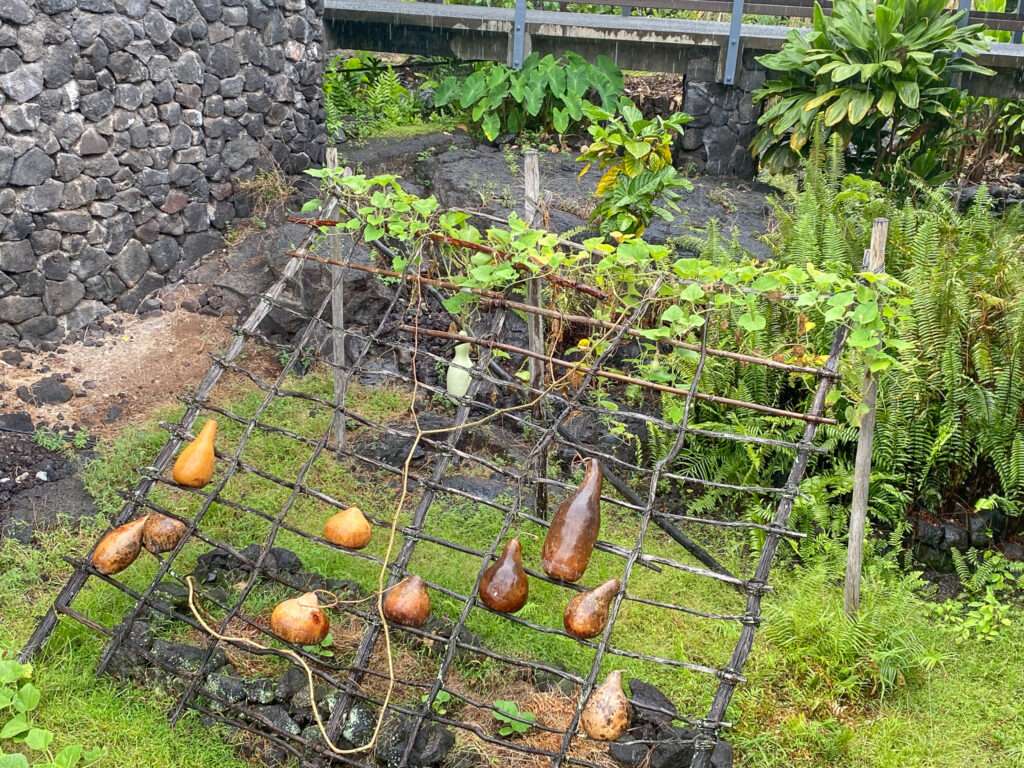
South Point at Ka Lae
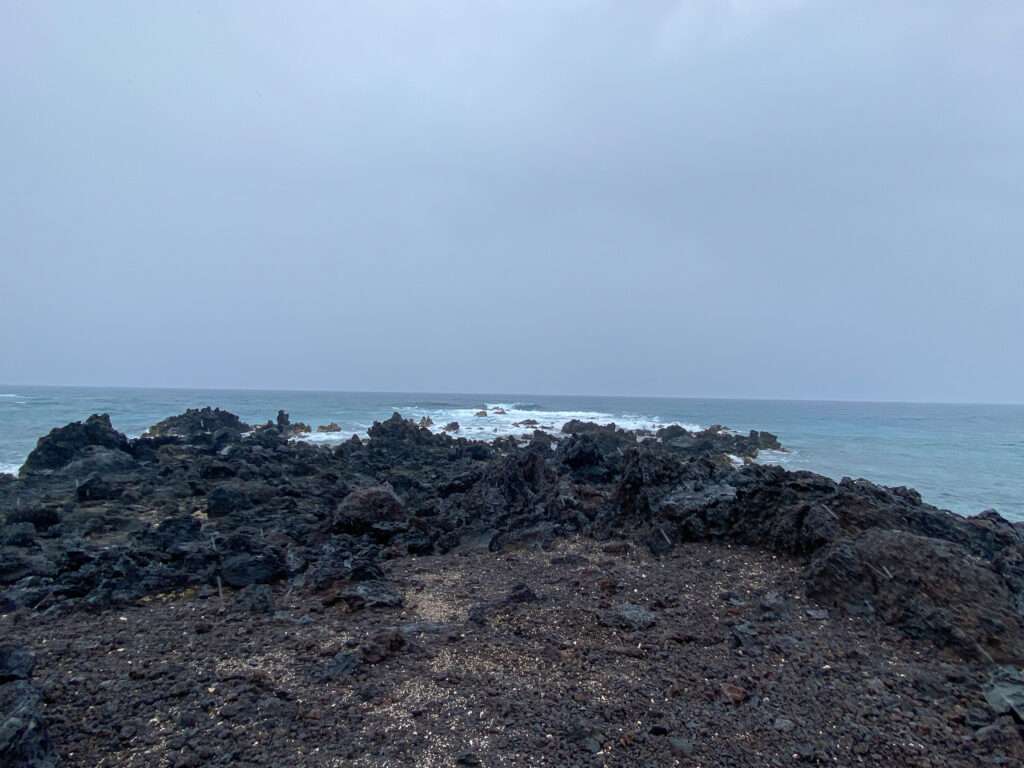
Hawaii is the southernmost point in the United States. Sorry, Key West, you are the southernmost point in the continental U.S., but not the country. South Point is thought to be where the first Polynesians arrived in the Hawaiian Islands as early as 750 A.D.
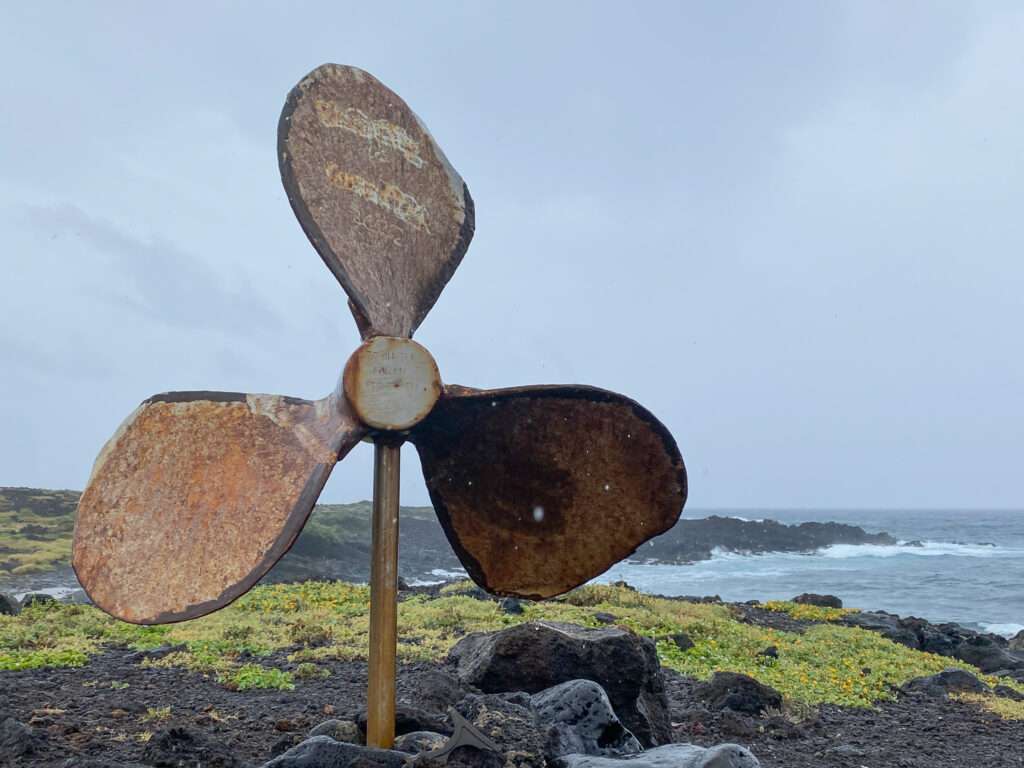
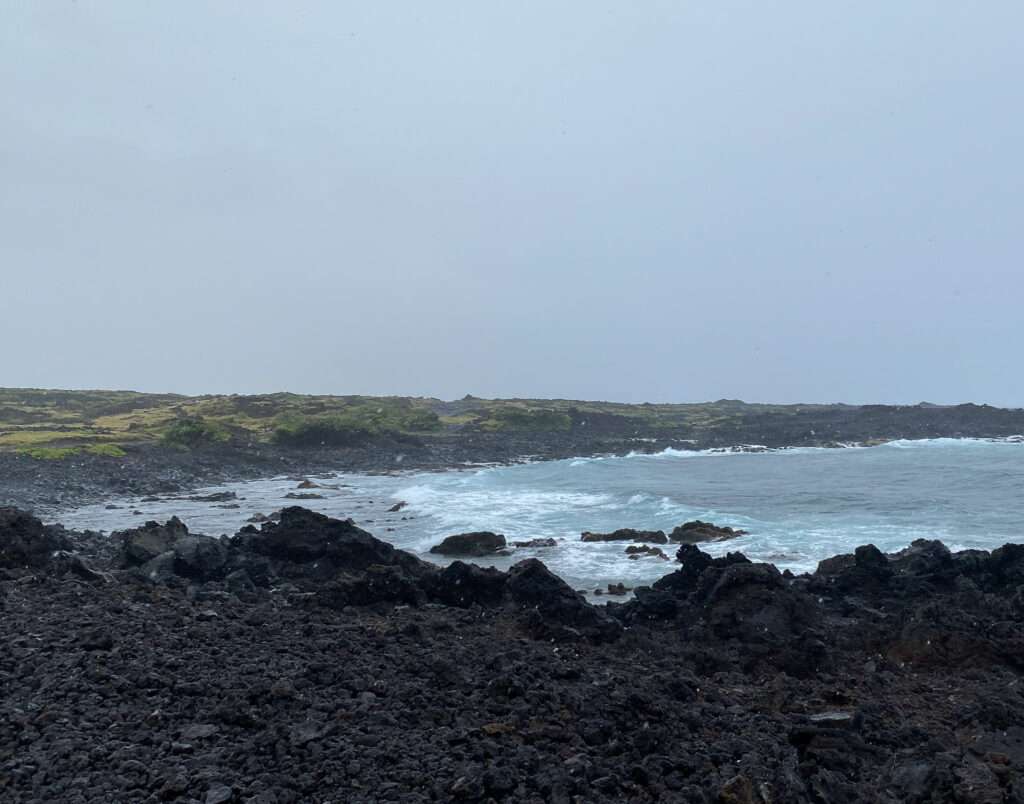
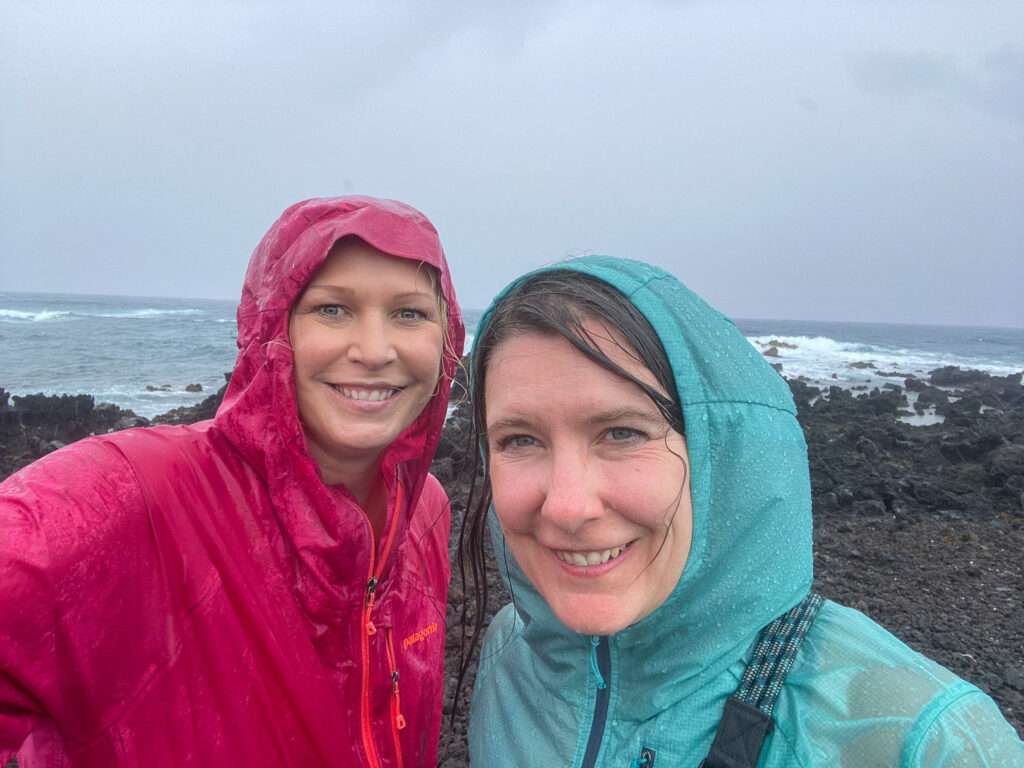

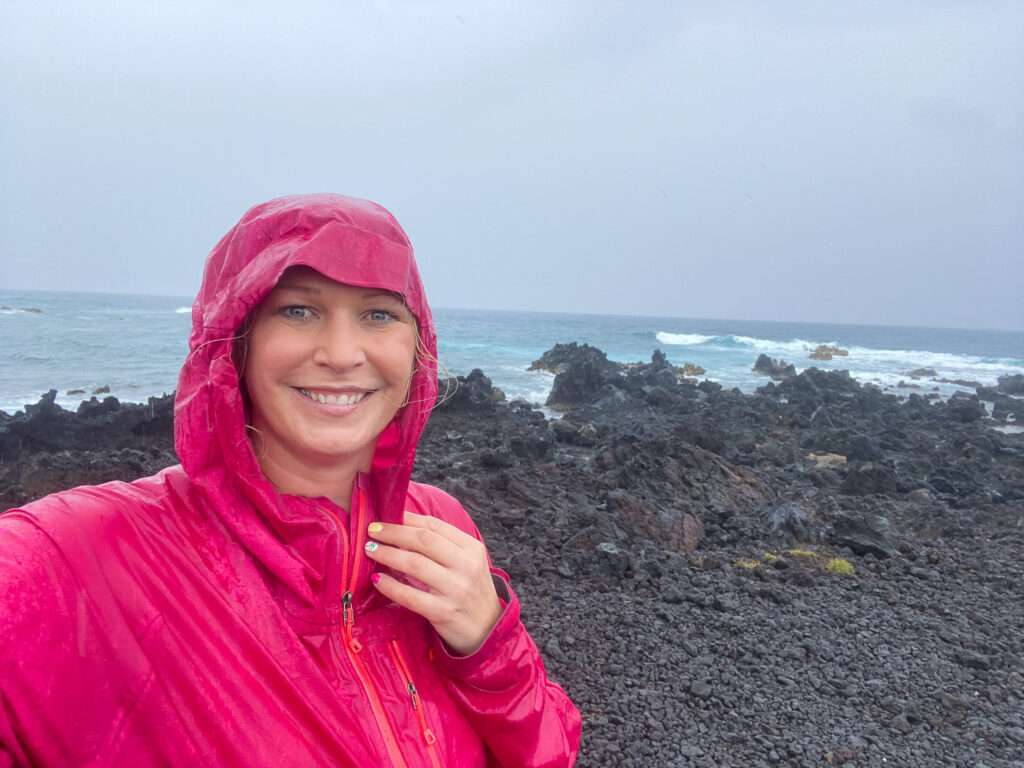
Punaluʻu Back Sand Beach
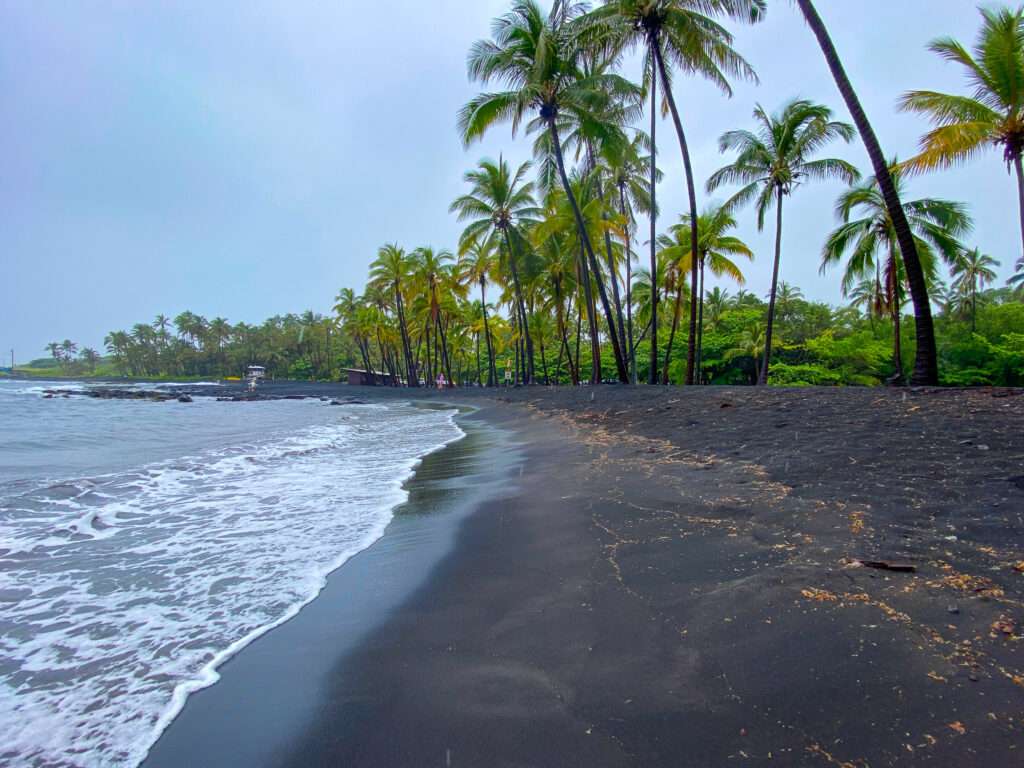
We headed to Punaluʻu Black Sand Beach in search of the Hawaiin green sea turtle. On our last visit, one was sunning on the black beach. They played in the waves on this trip, which was fun to watch. The black sand beach is amazing, coarser than white sand but jet black.
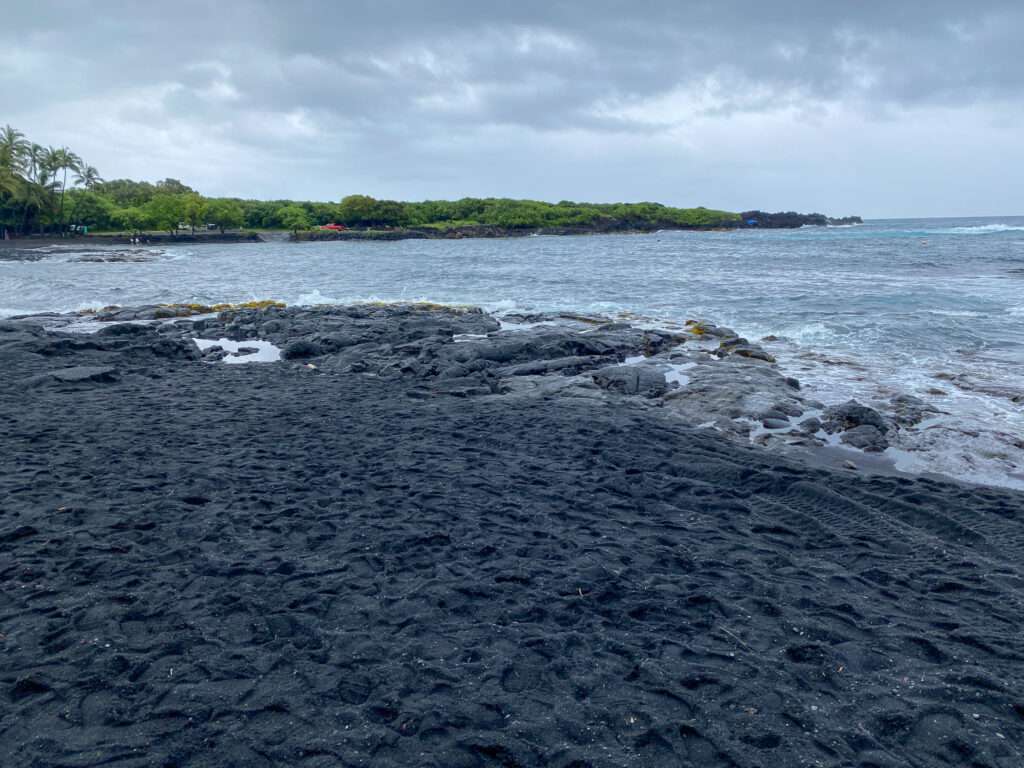
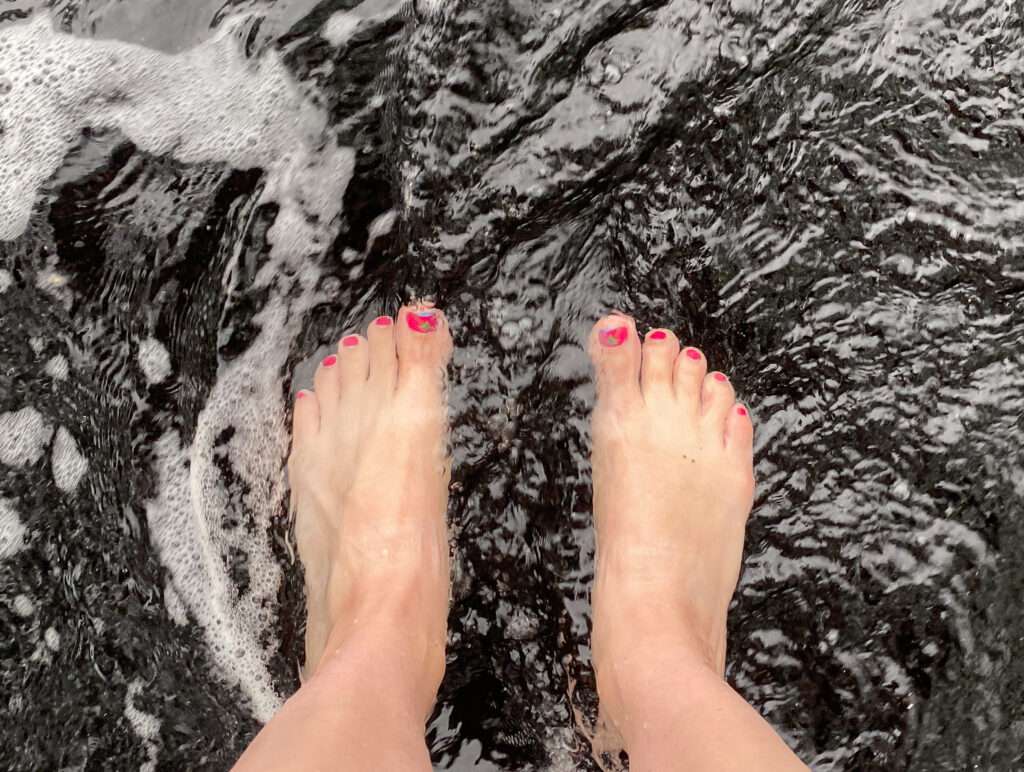

After being soaked exploring in the rain, we needed nourishment. So we went to the southernmost bakery and food truck in the U.S. Darn it, I’m making myself hungry writing this.
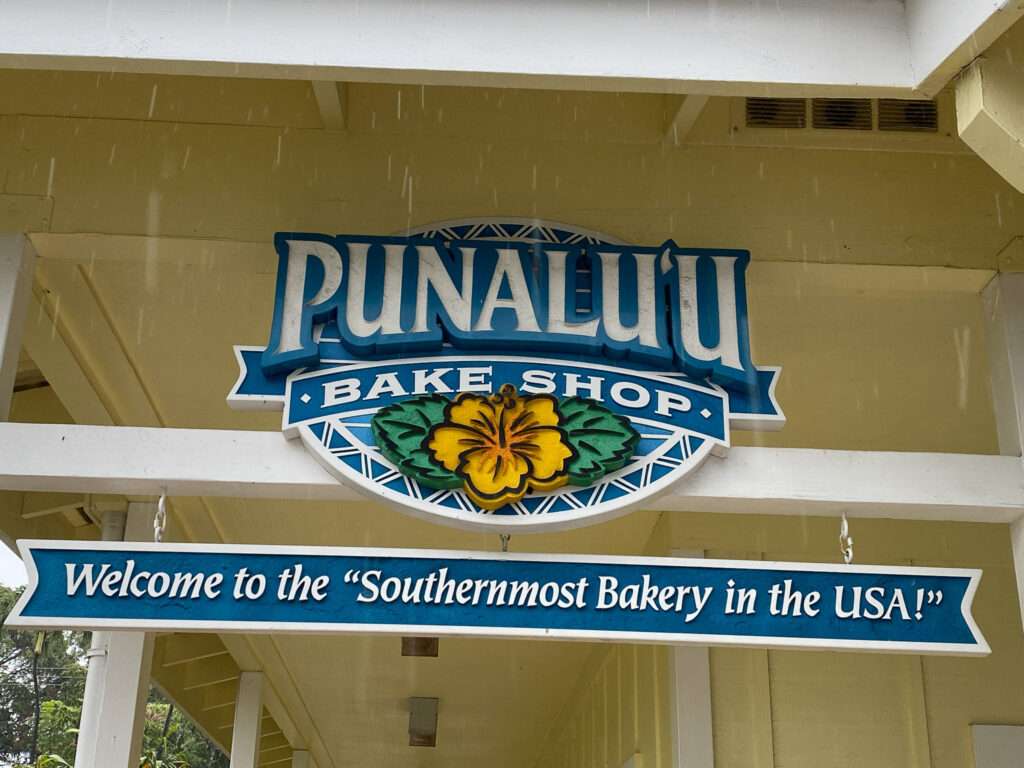
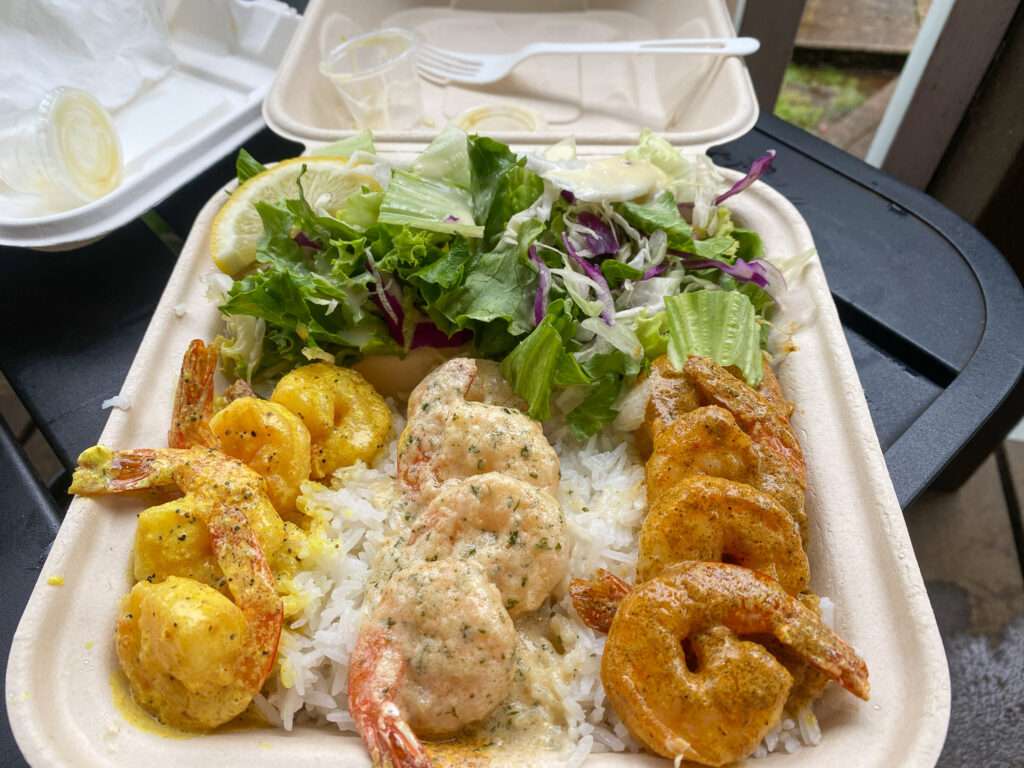

Day five
Anna Ranch Heritage Center

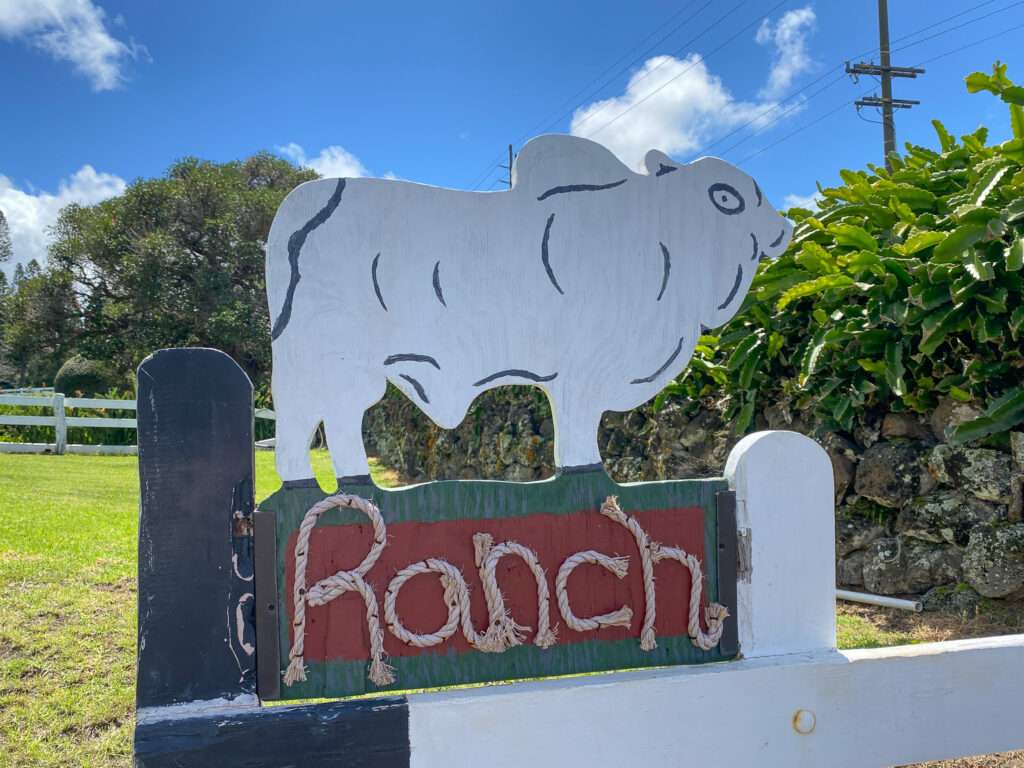
If you know, you know why I had to stop at this ranch. Anna Ranch Heritage Center turned out to be a treasure. The 110-acre ranch was started in 1848 by Anna’s great-great-grandparents, James and Ka‘ipukai Fay.
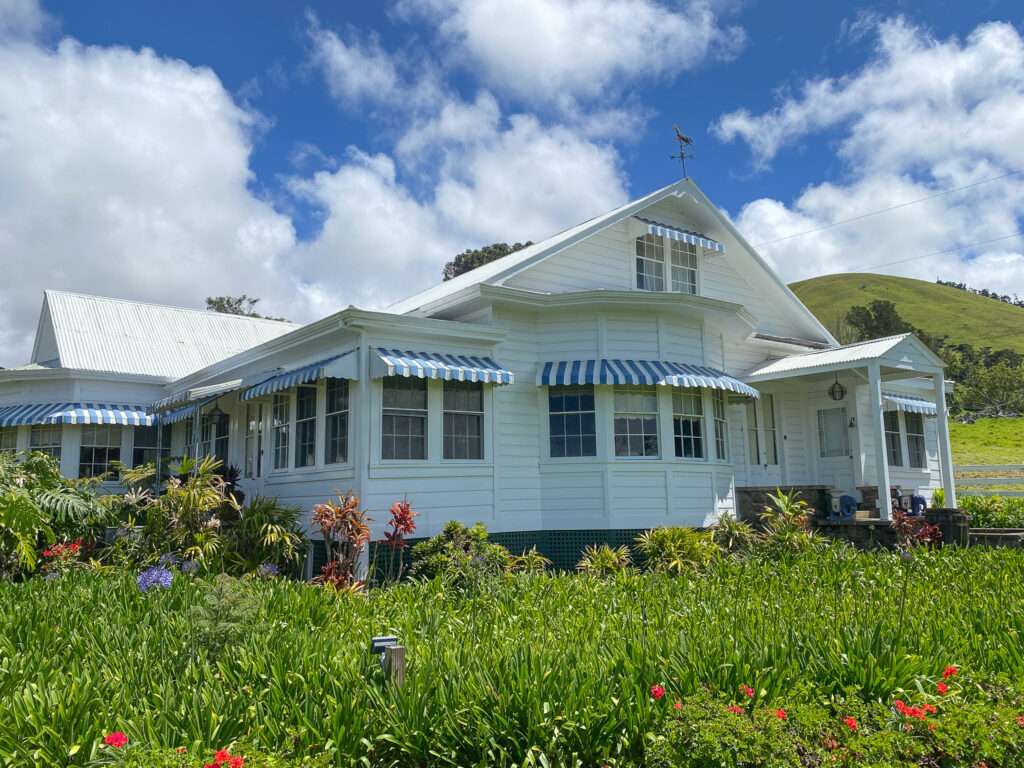
Anna was born in 1900. She learned the “decorum and etiquette necessary to young ladies of her day” but also all aspects of ranching, including roping, mending fences, and tending cattle.

With her father’s death in 1939, Anna took over the ranch. She introduced innovative ranching and crossbreeding and became known as “The First Lady of Ranching.” Anna lived an amazing 95 years.
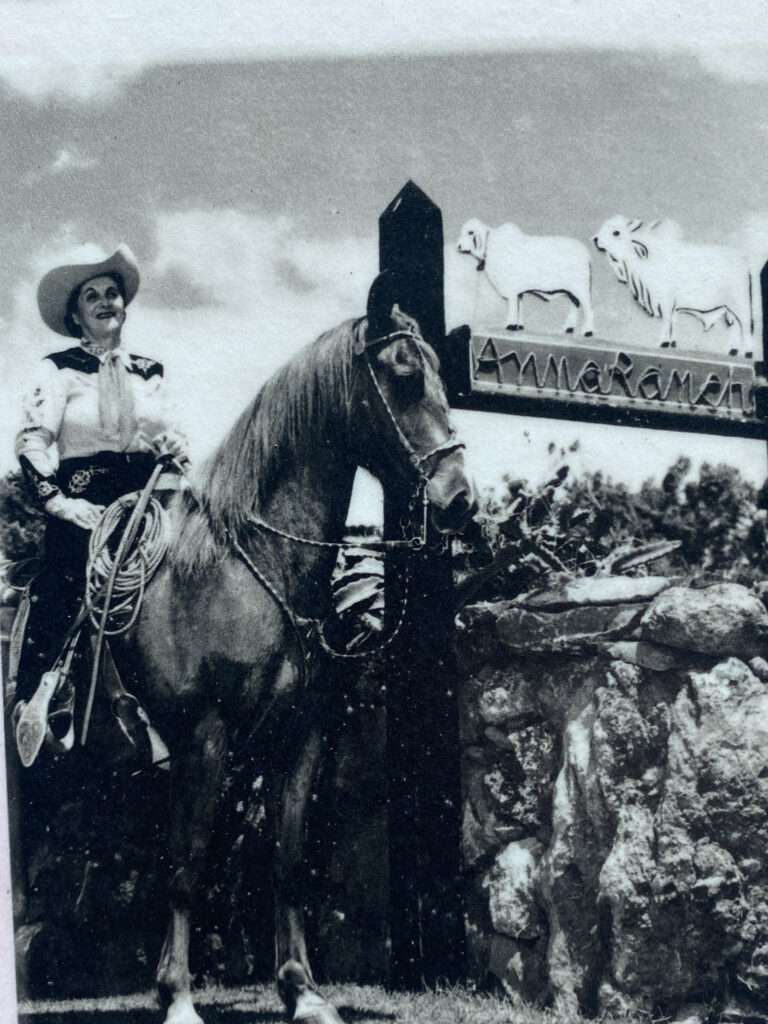
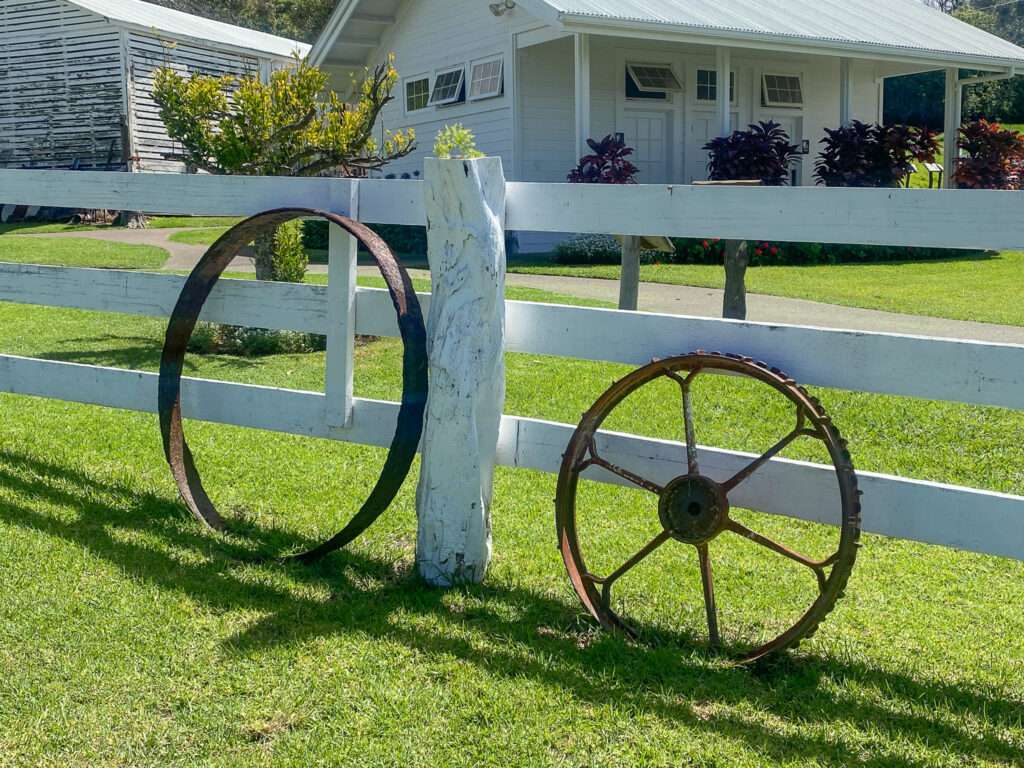
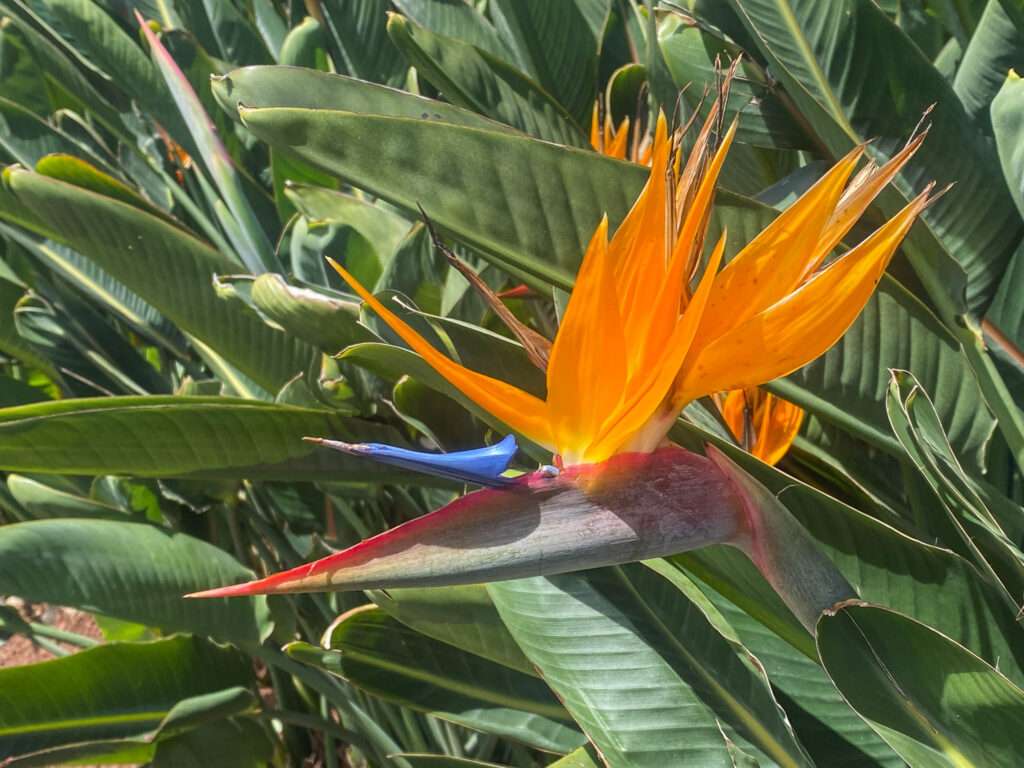

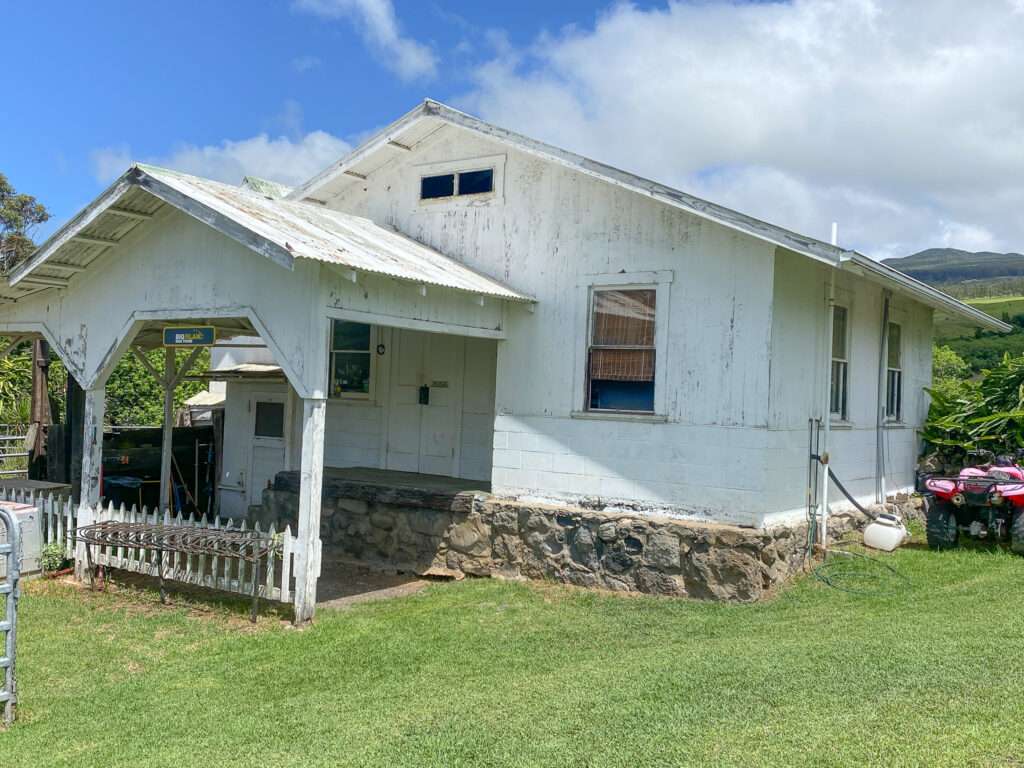
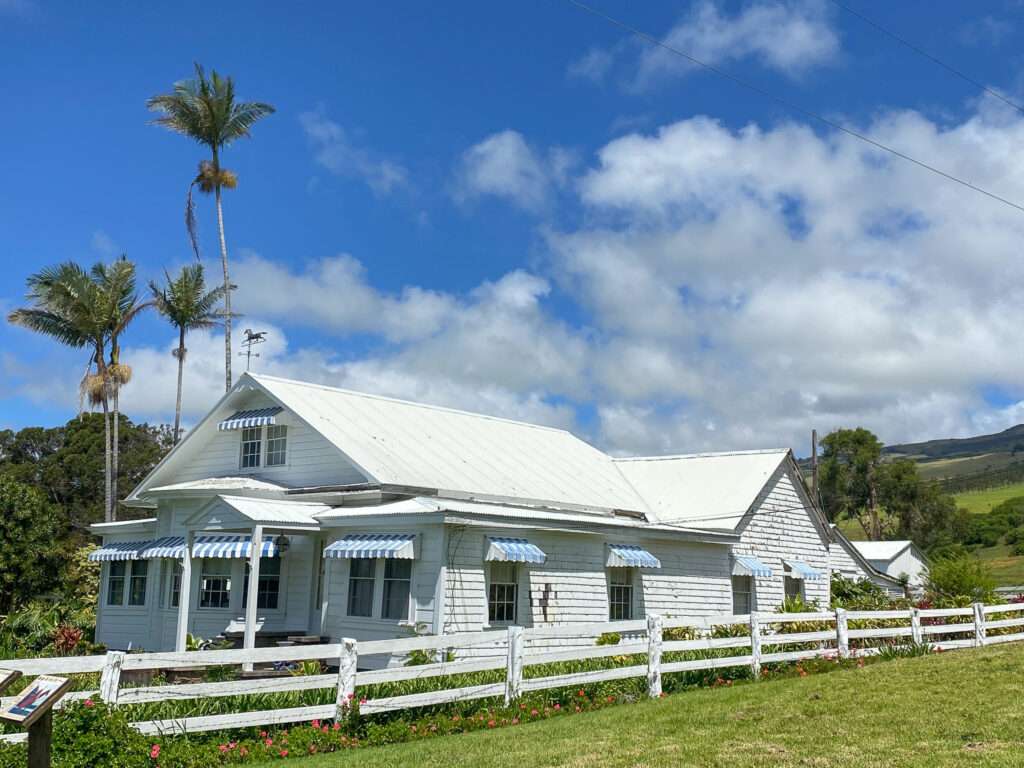
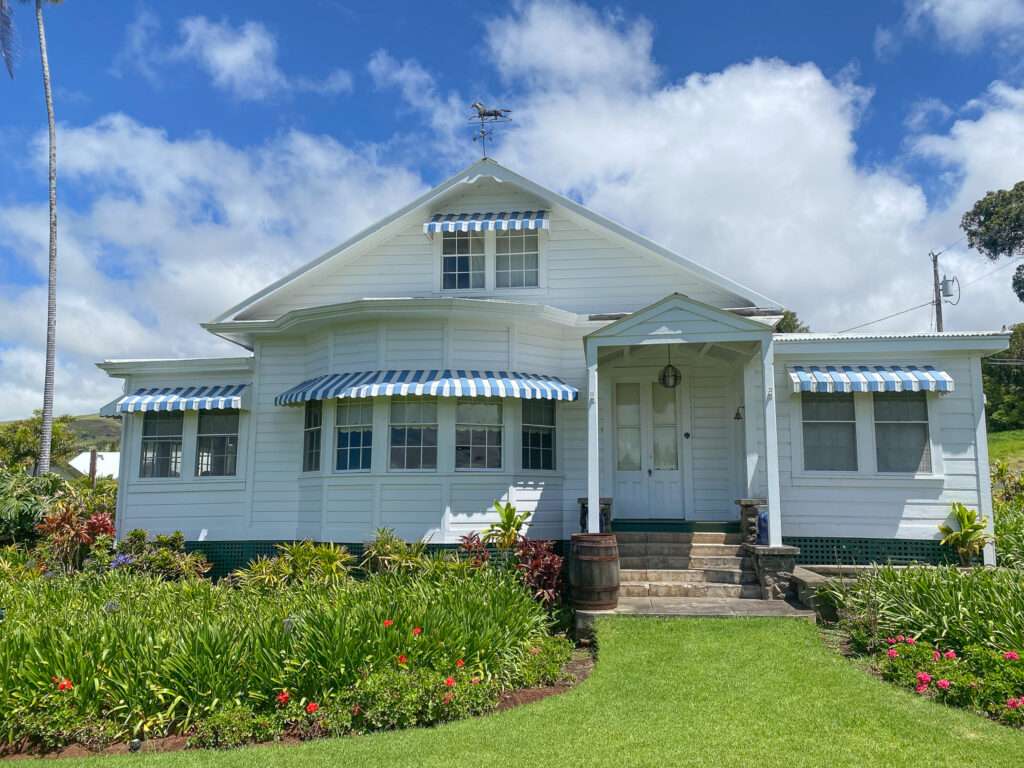
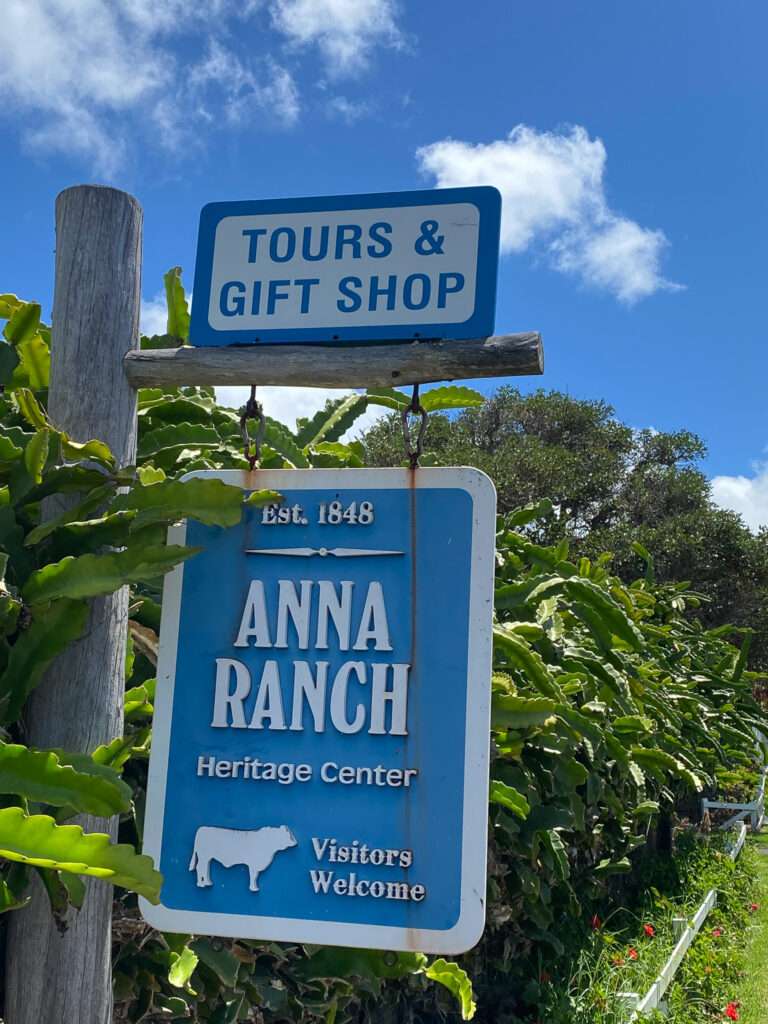
The Fish & The Hog

We had heard not to miss The Fish & The Hog restaurant. So even though it wasn’t noon, we stopped for an early lunch. We are lucky we did; within half an hour of opening, there was a line out the door. My mom and I split a BBQ sampler, and we all shared a humungous piece of banana cream pie.
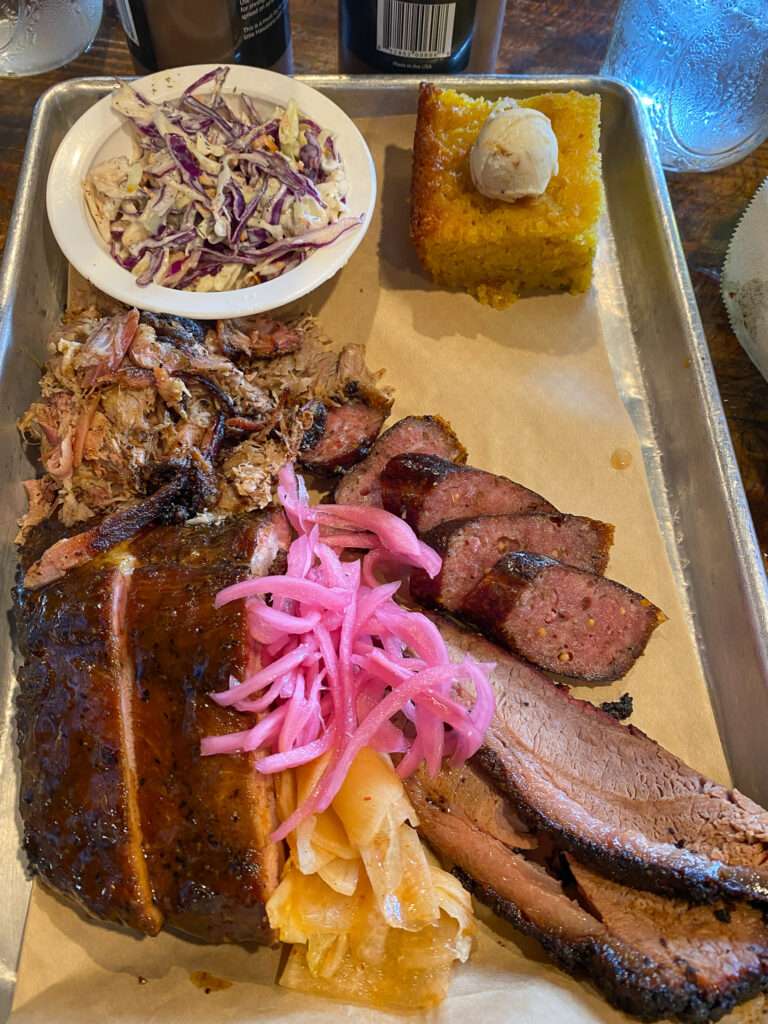
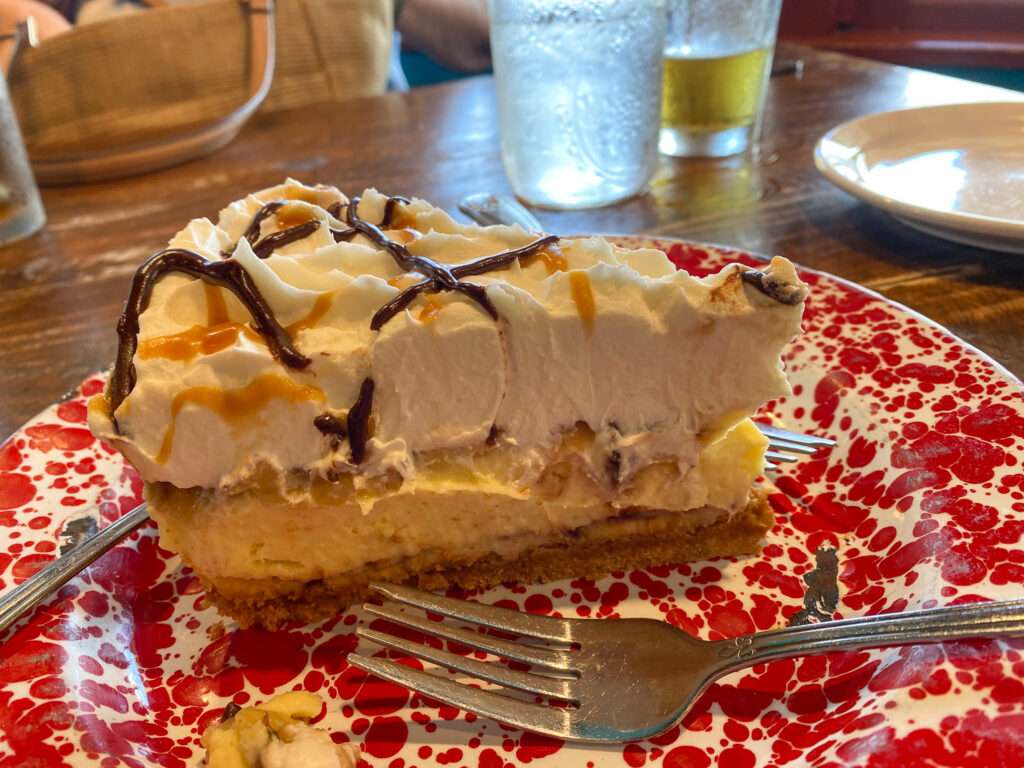
Honoka’a
We loved this little town so much; we visited it twice. The historic area is full of unique architecture. The town started in 1879 with the Hāmākua Sugar Company. With the closing of the sugar company in 1994, the Honoka’a became a tourist center and bedroom community for Hilo.
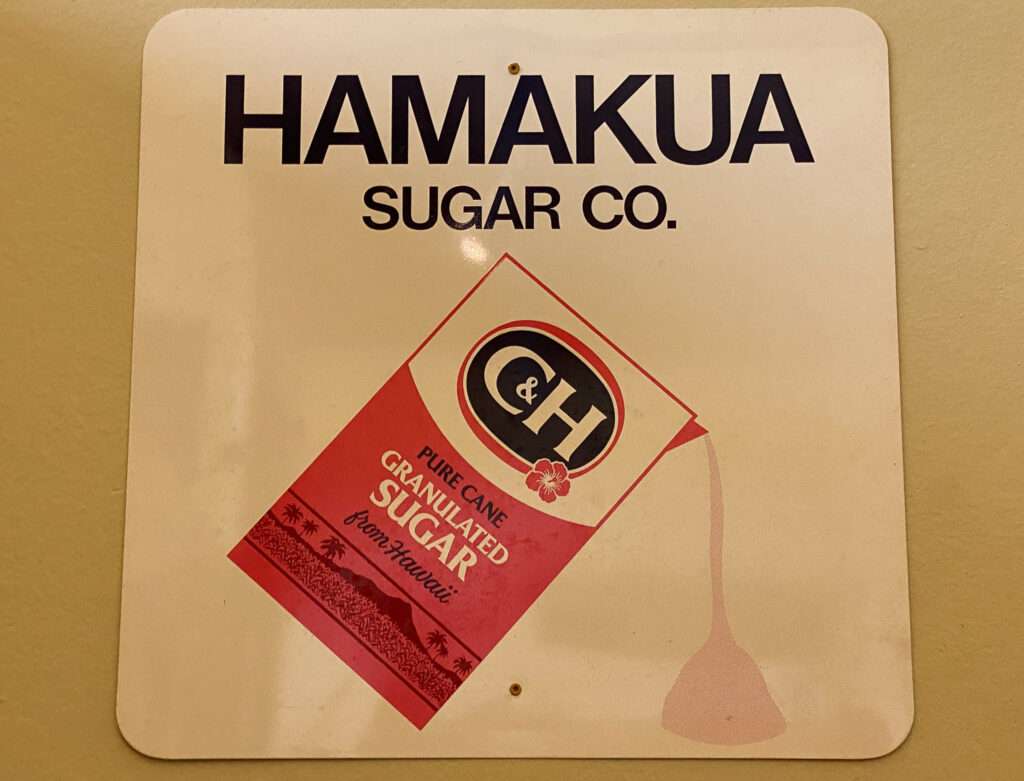
The Honoka’a Heritage Center is fantastic. Unfortunately, my sister and I didn’t have a lot of time but we were able to see many of the displays. Originally a Ford Dealership, the building is home to several businesses, including the museum.
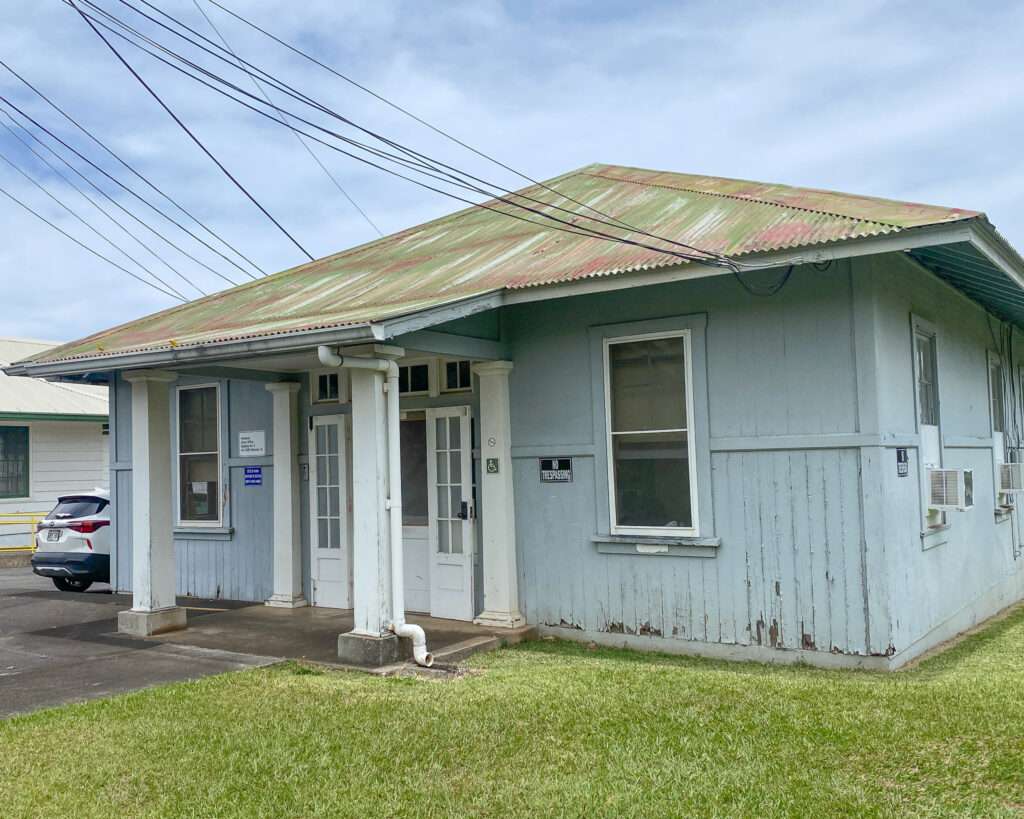
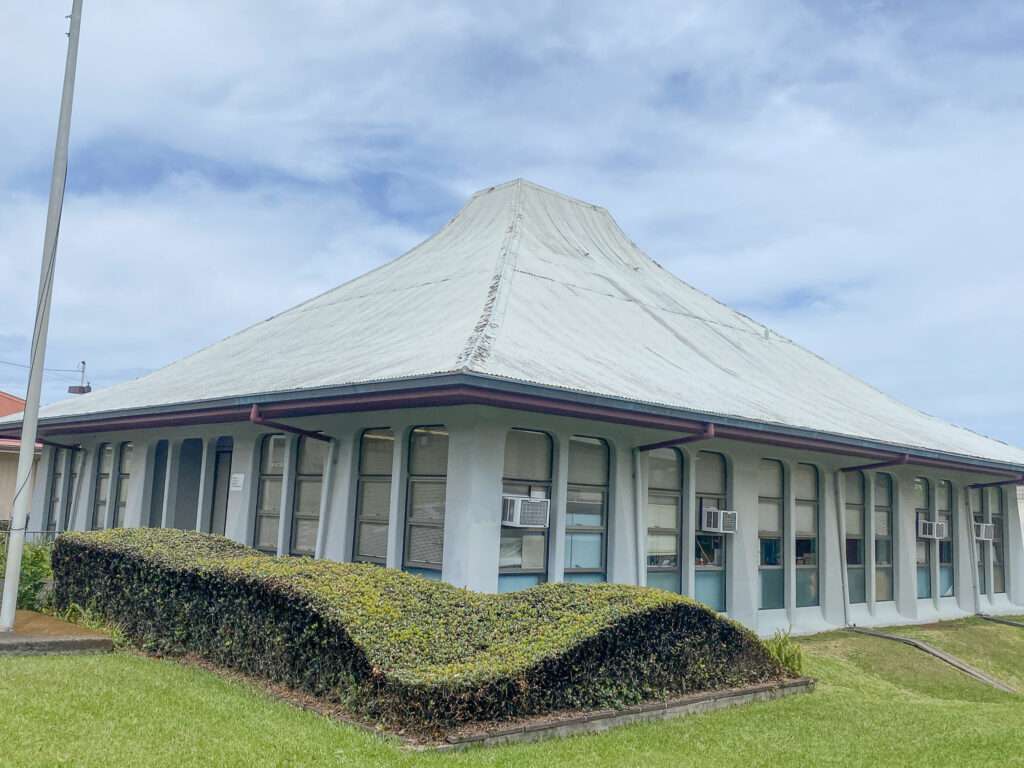
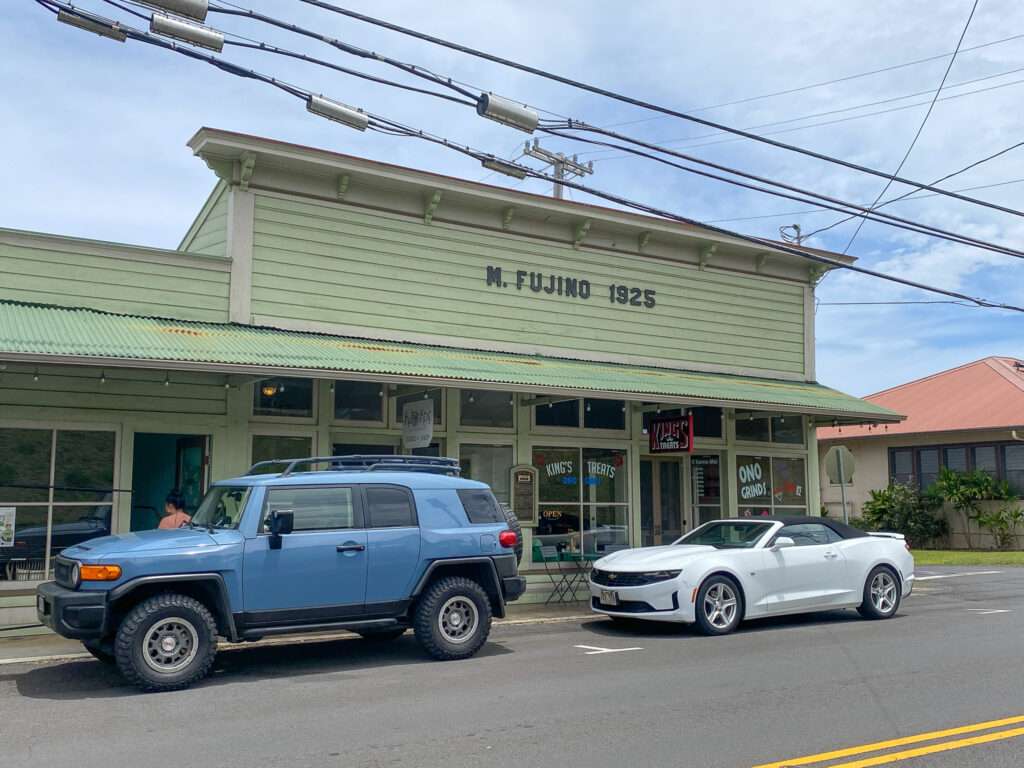
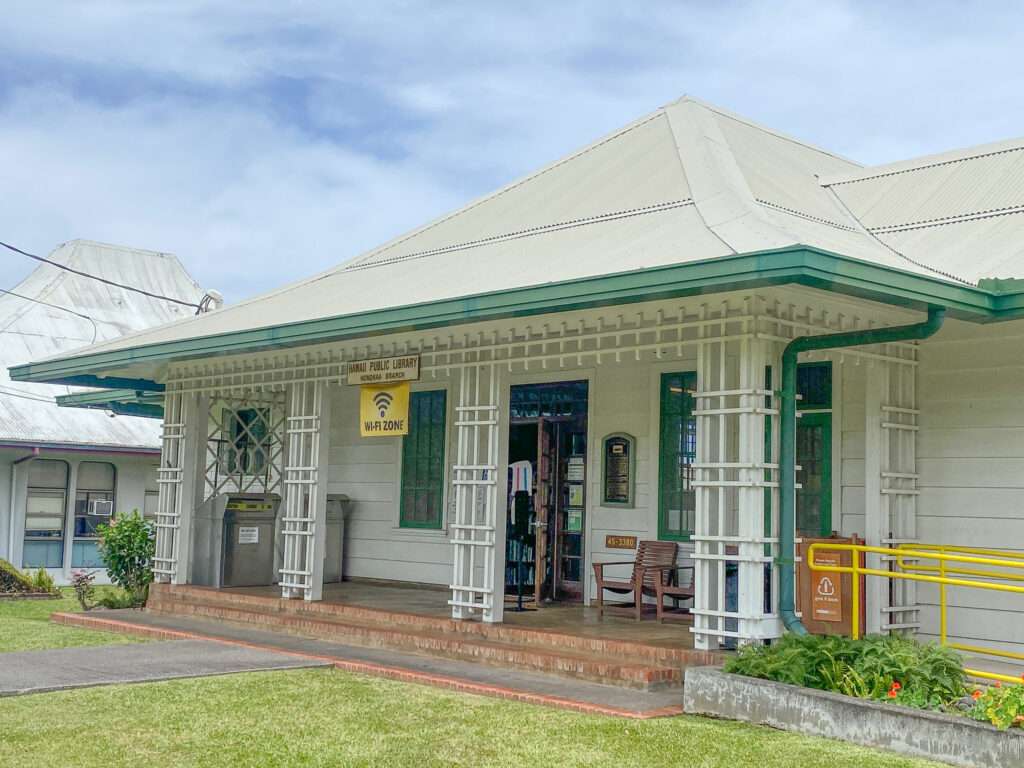
Honoka’a Heritage Center has a variety of displays from the early settlement of the area, immigrants, sugar plantations and ranching. The center is free to visit and accepts donations.
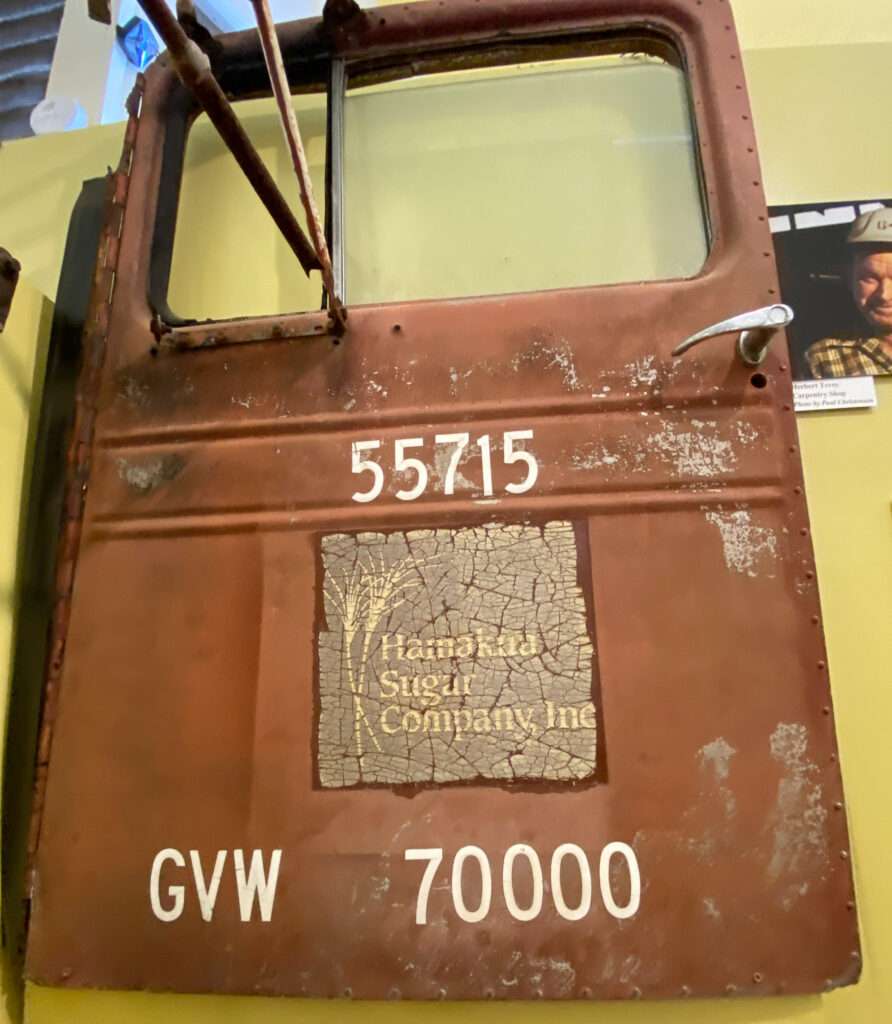

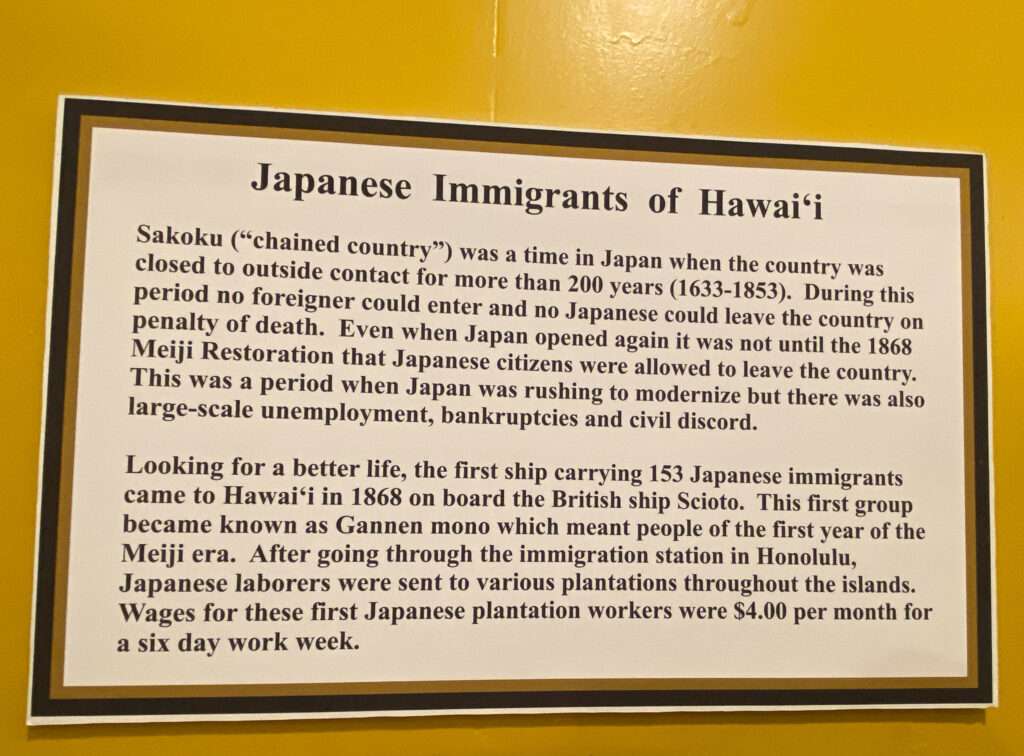
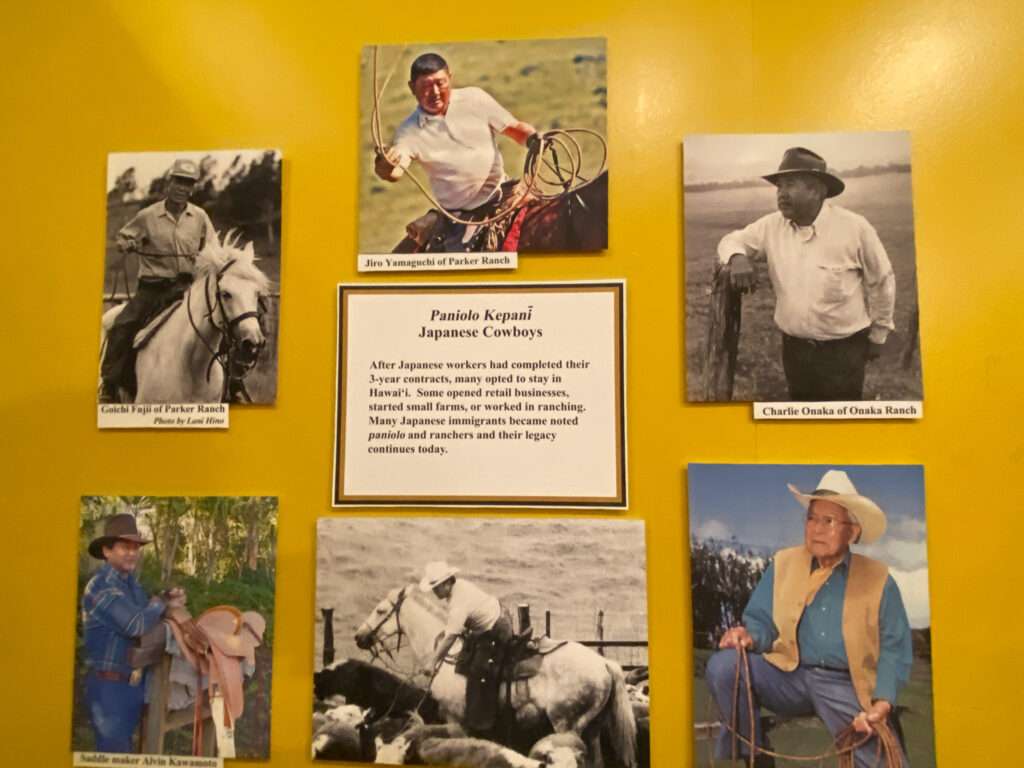
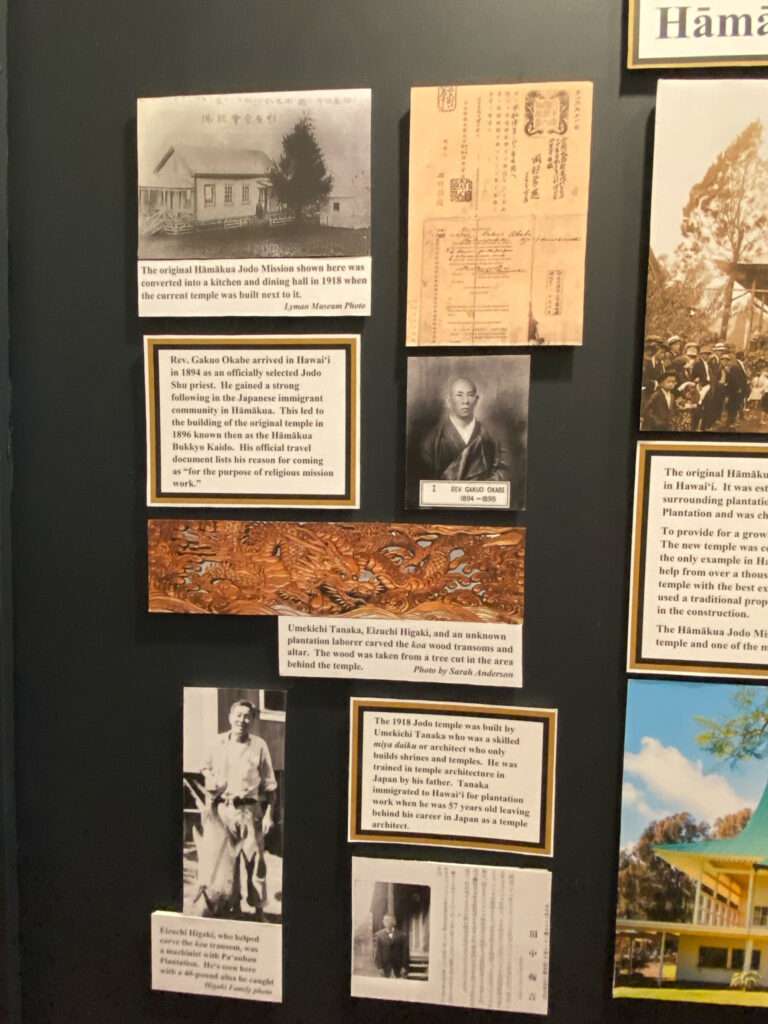
The tragic case of Katsu Goto
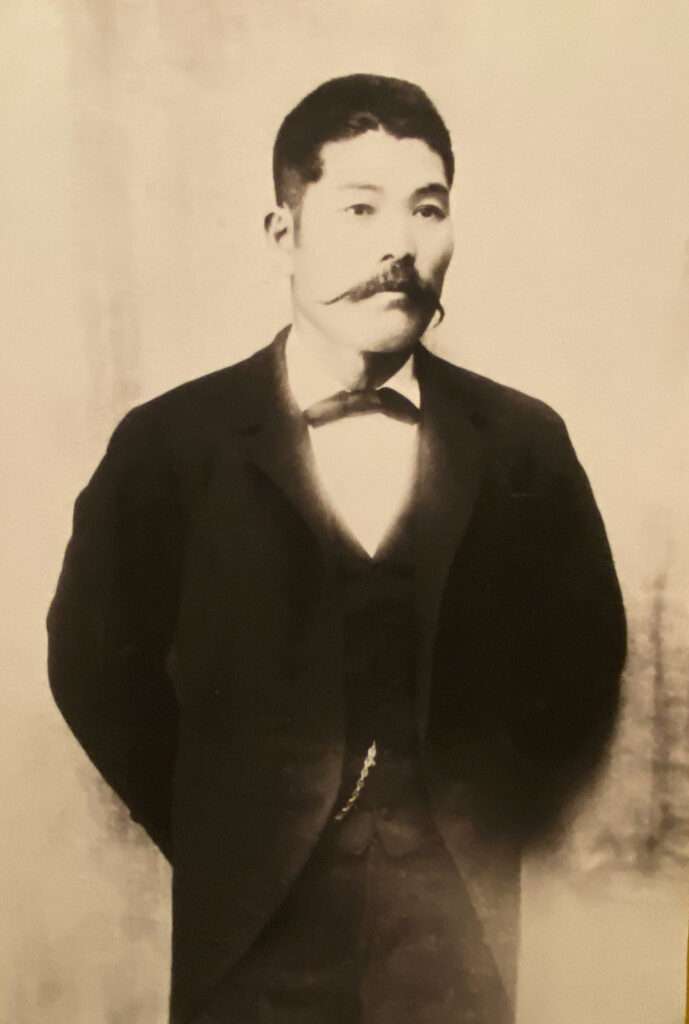
(Photo credit: Honoka’a Heritage Center)
On our first visit, we visited the memorial to Katsu Goto and found the museum had a display. Katso was a leader and merchant in Honoka’a. He came to Hawaii to work on plantations, and after three years, he took over a store. Katsu was fluent in English, an advocate against exploiting plantation workers, and often defended Japanese immigrants in court.
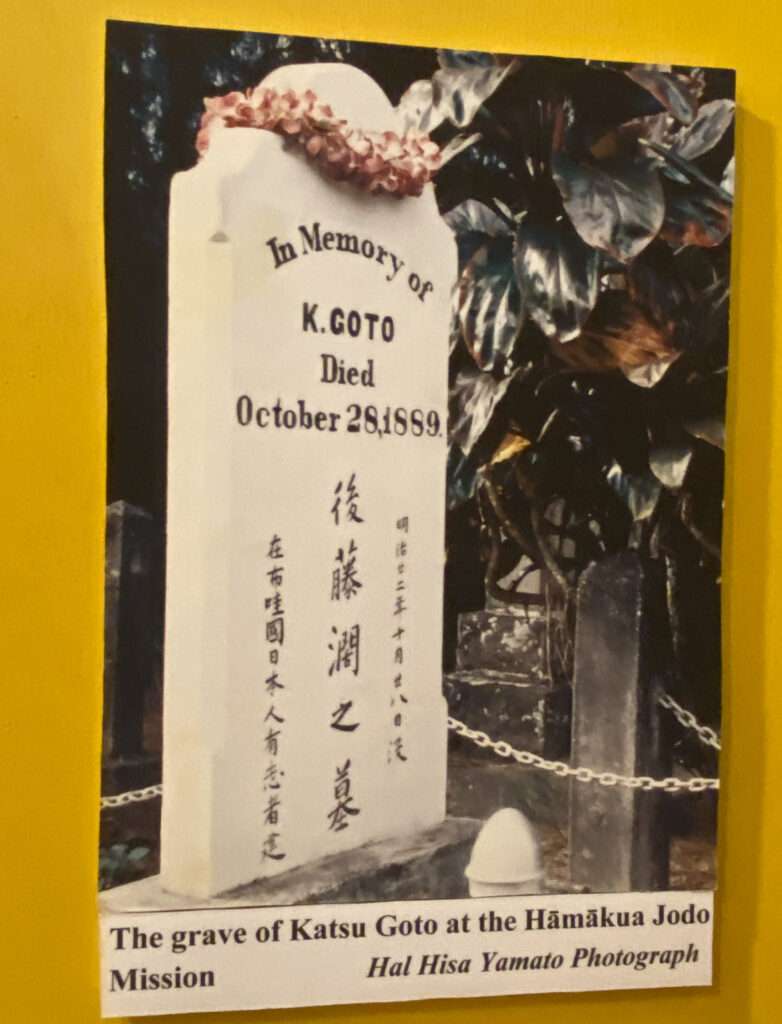
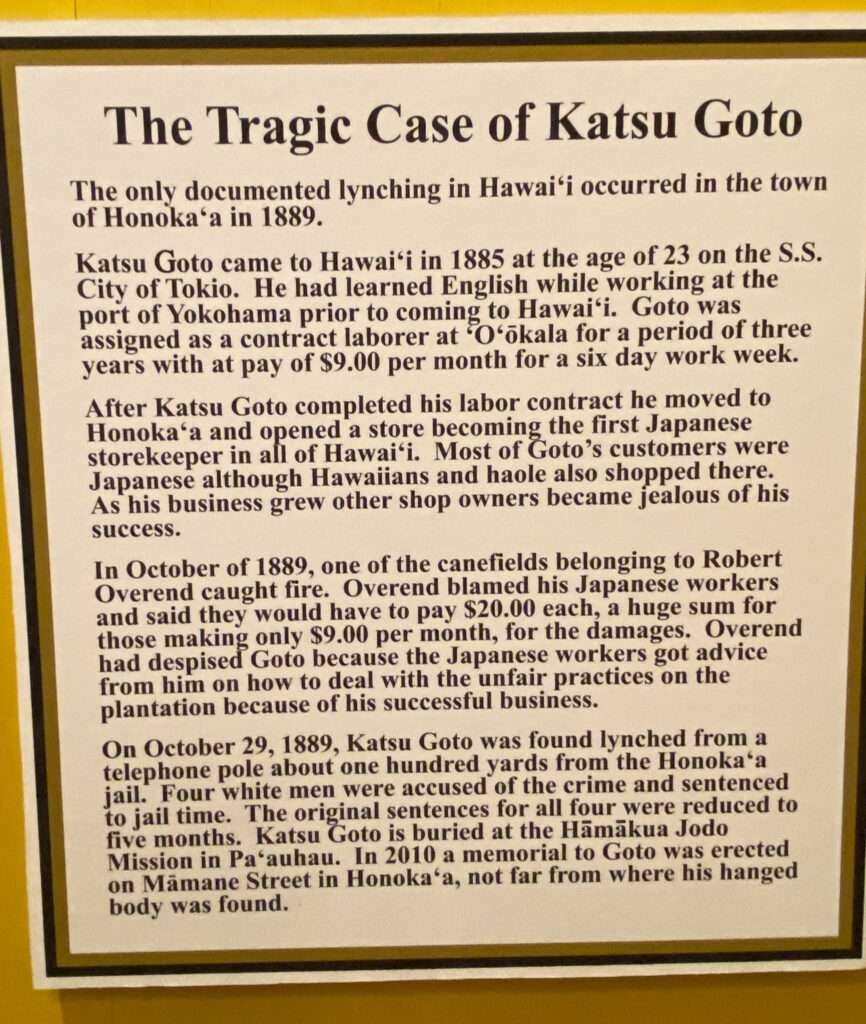
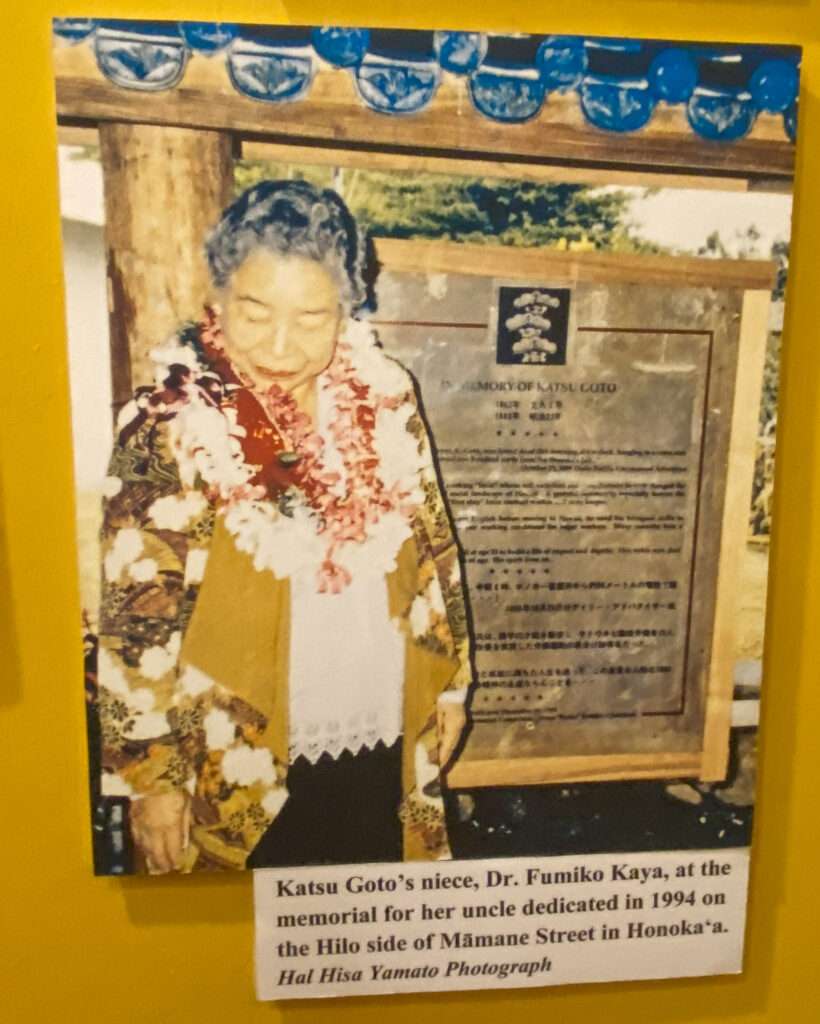
(Photo credit: Honoka’a Heritage Center)
Katsu was unpopular with plantation owners. On October 29, 1889, leaving a plantation after discussing workers’ rights, six men hog-tied Katsu and hanged him from a telephone pole. This was the only lynching to occur in Hawaii.
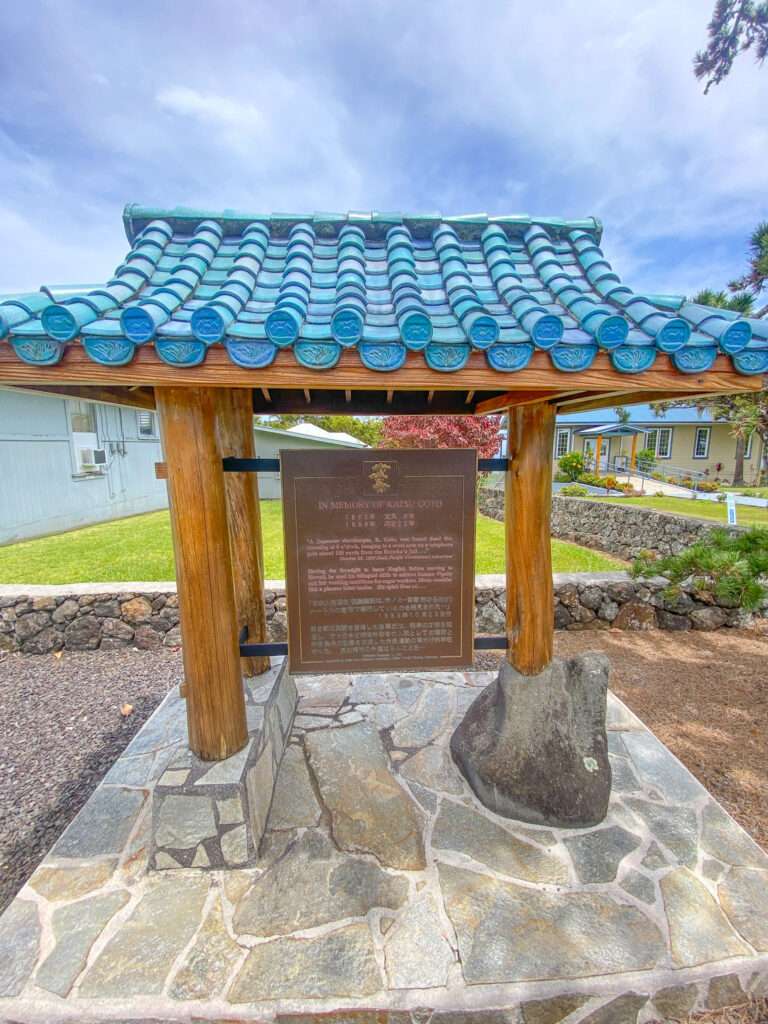
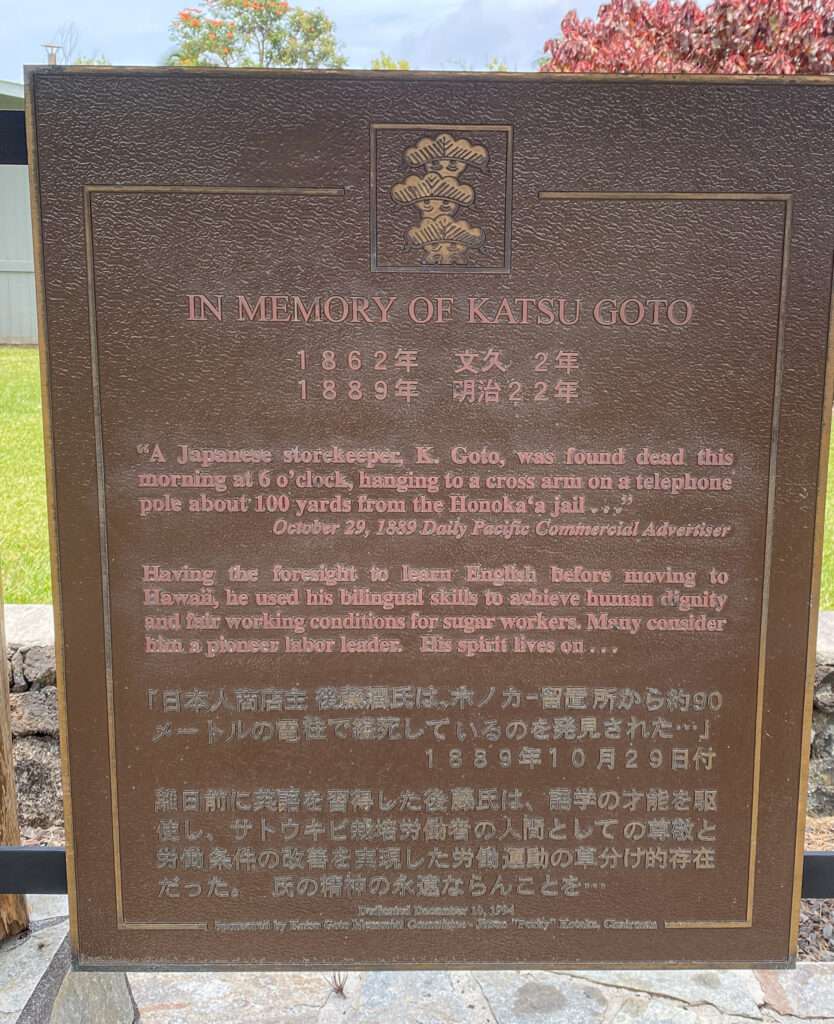
Waipi’o Valley

Also known as the “Valley of the Kings,” Waipio’o Valley was the seat of many Hawaiian chiefs. Villages, ancient burial graves and plantations cover the six-mile valley.
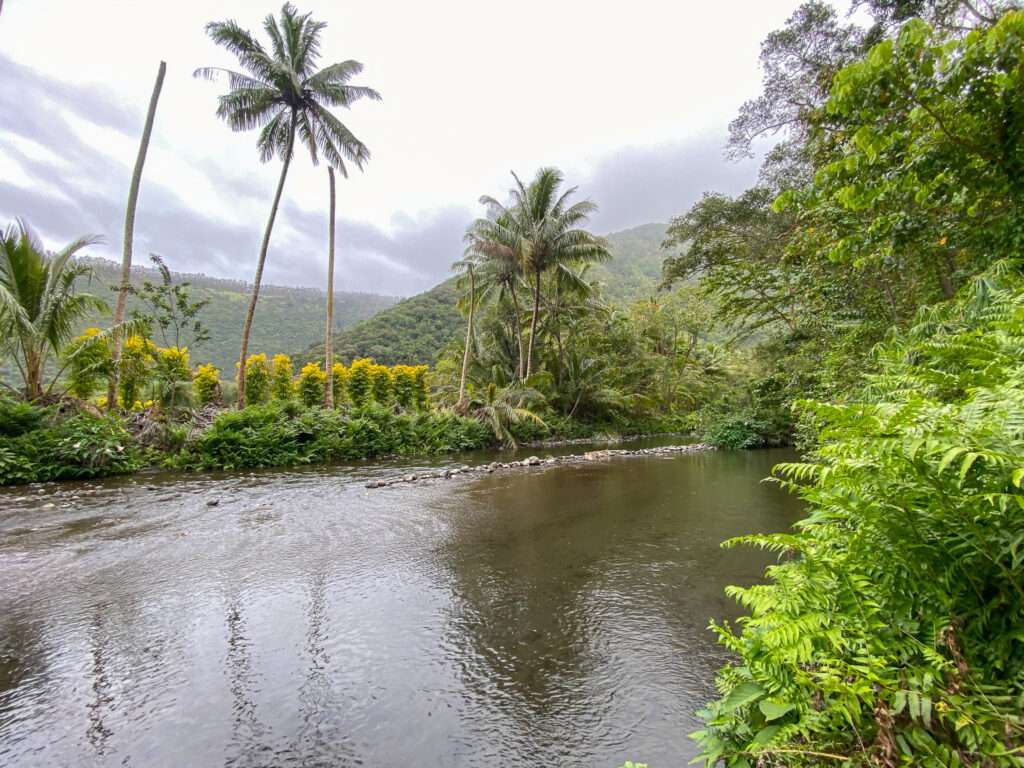
Before the arrival of Captin Cook in 1778, between 4,000 and 10,000 people lived in the valley. In the 1940s, Waipi’o Valley had a thriving community with stores, churches, and a school. However, in 1946 a tsunami destroyed much of the valley, and most residents left.
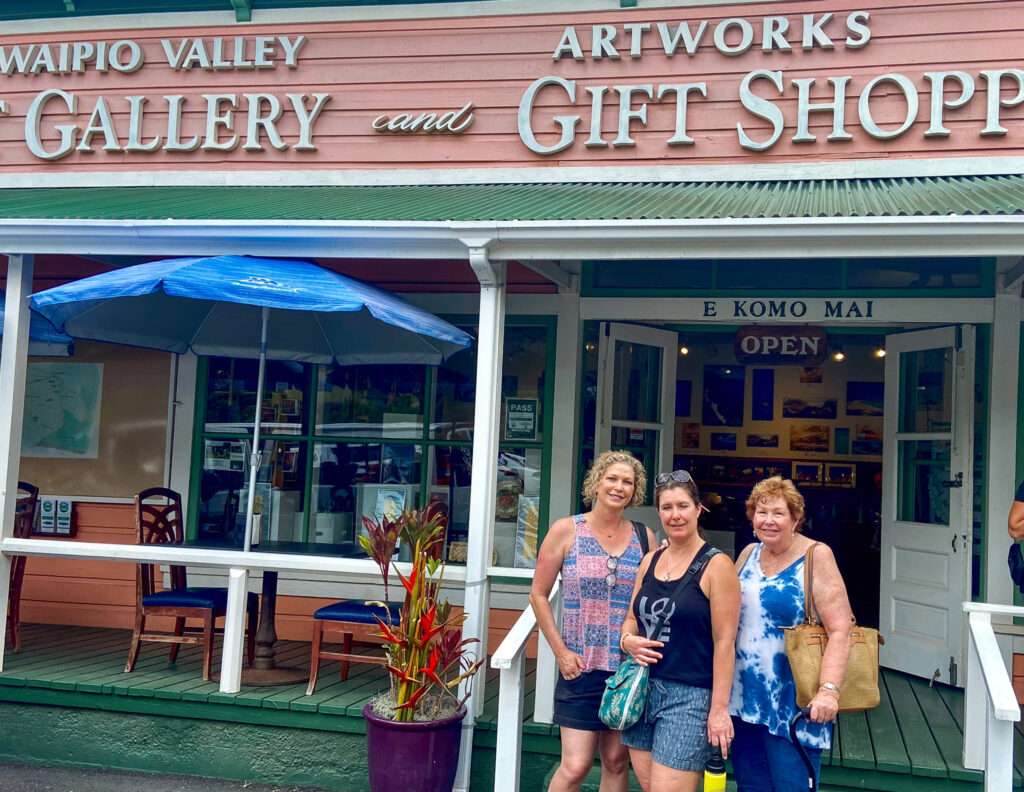
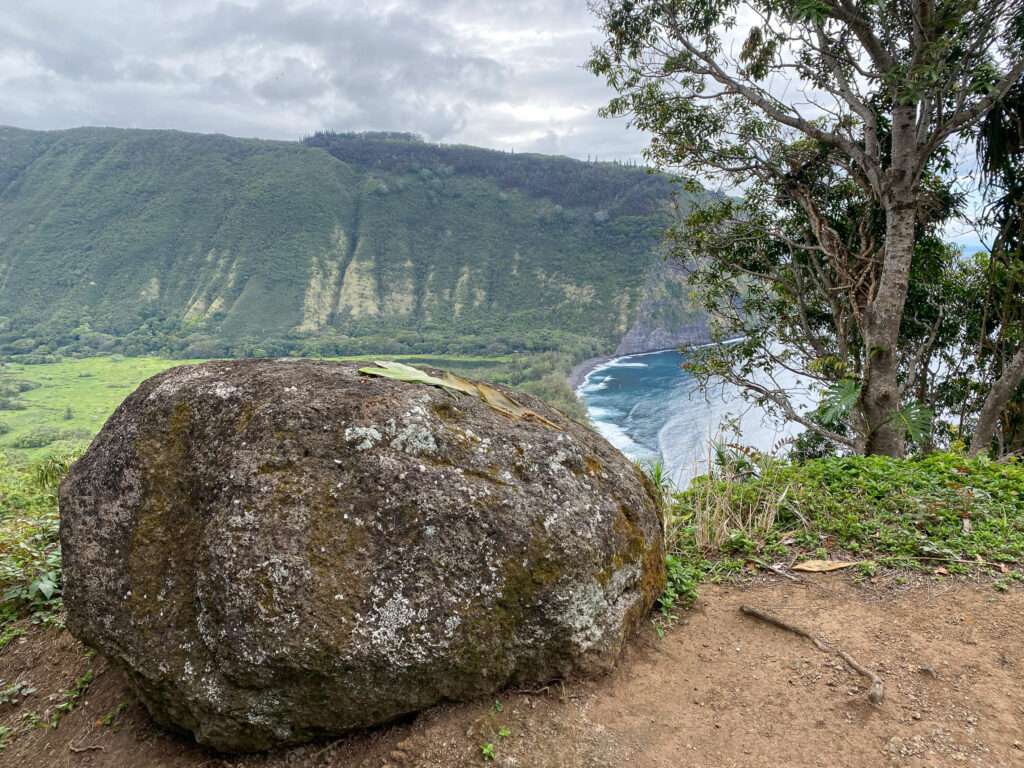
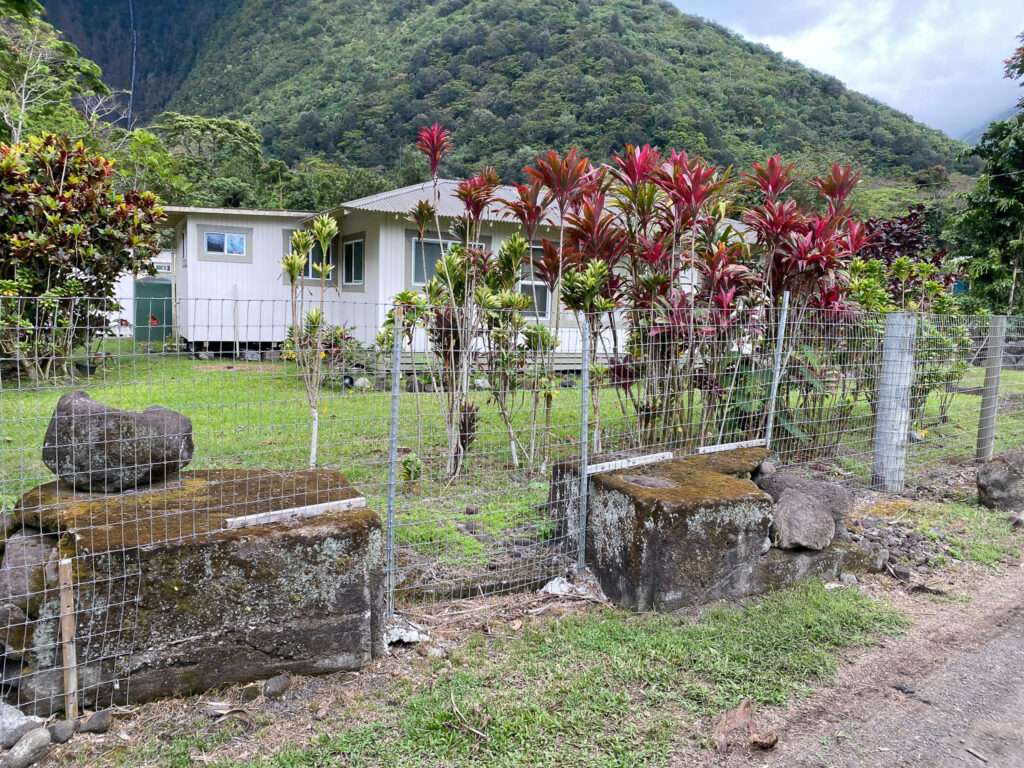
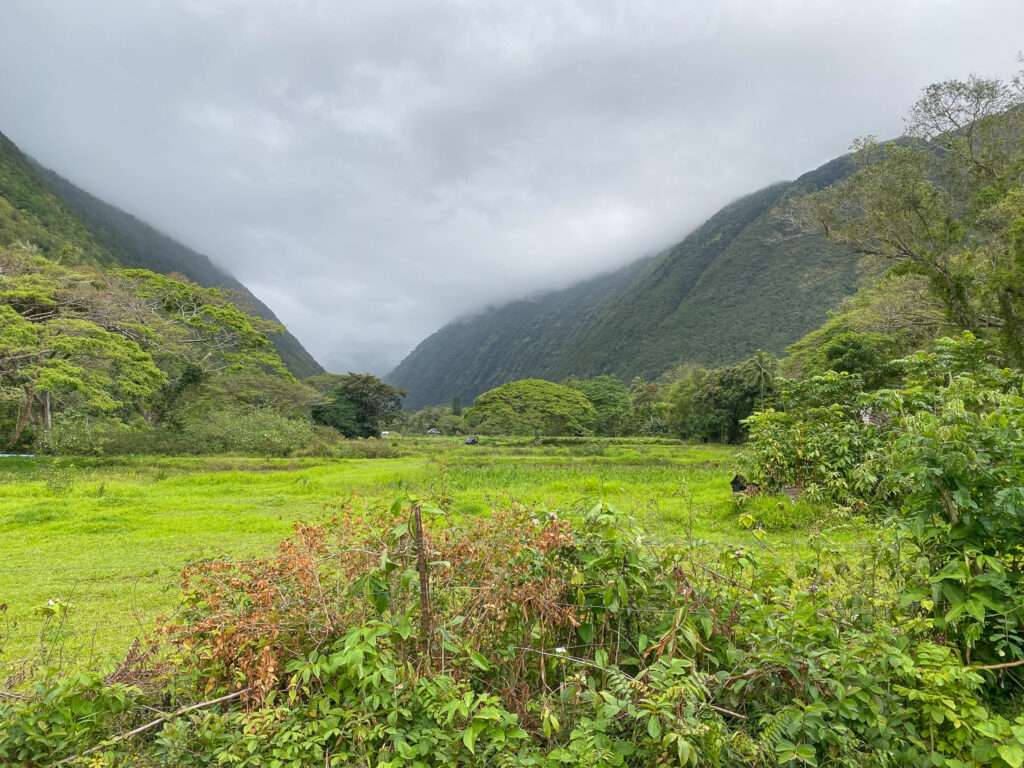
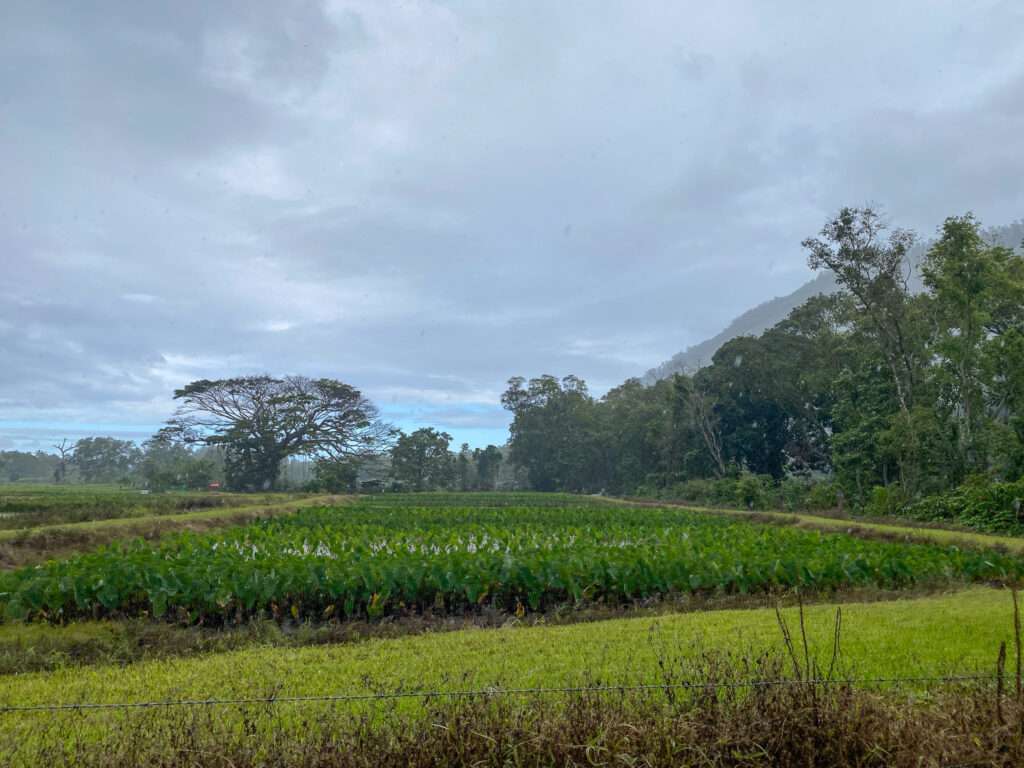
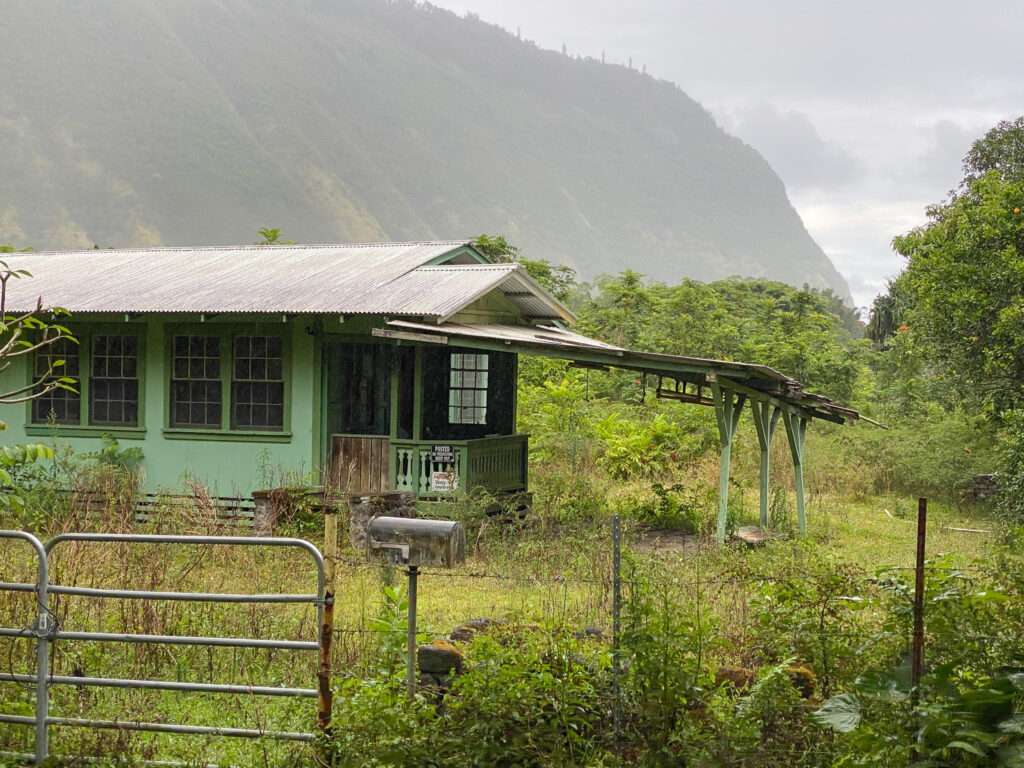
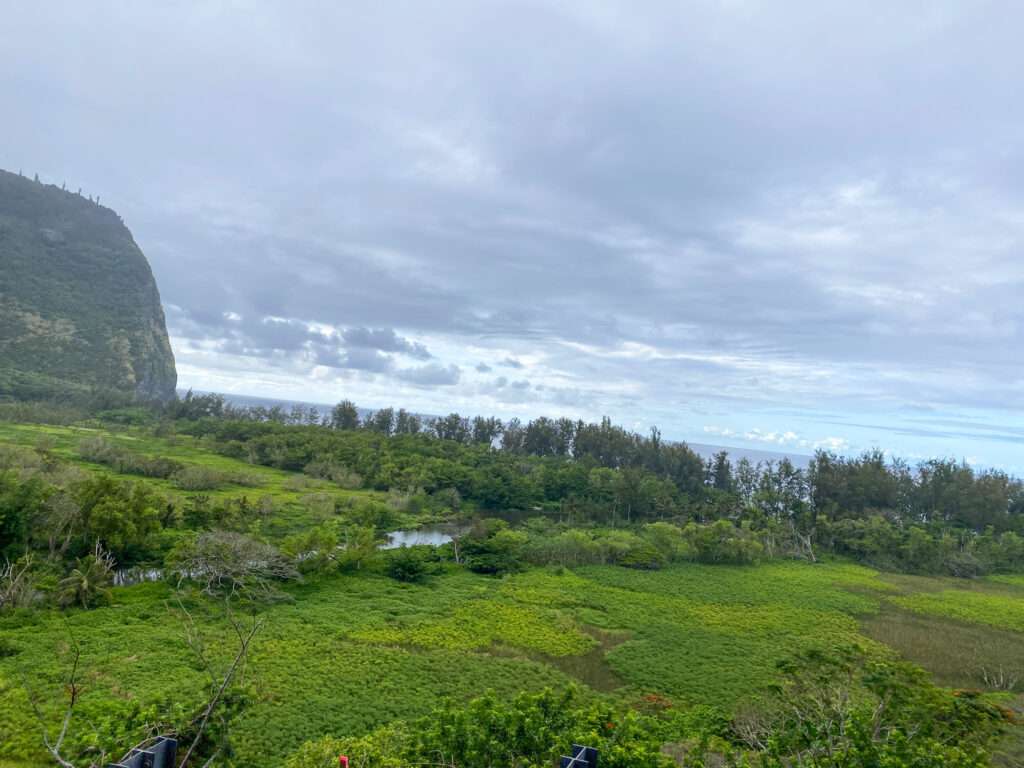

The valley is only accessible by tour. The road into the valley is an experience; four-wheel drive is required. The road descends 2,000 feet in less than a mile. The average grade is 25% grade and in someplace 45%.
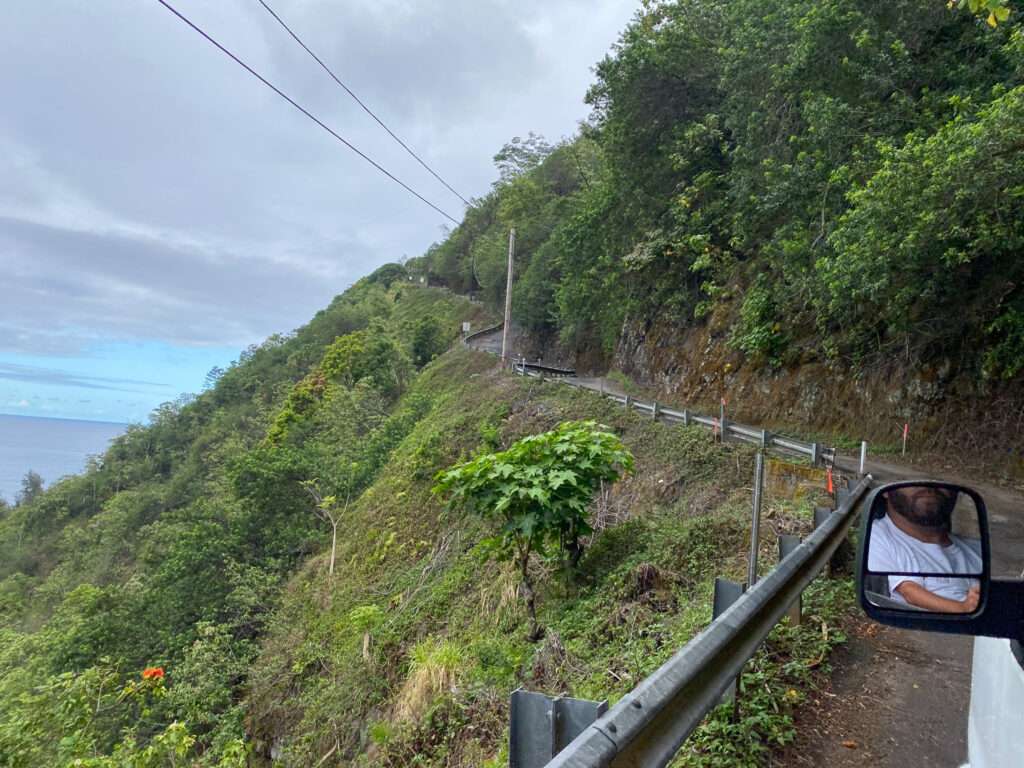

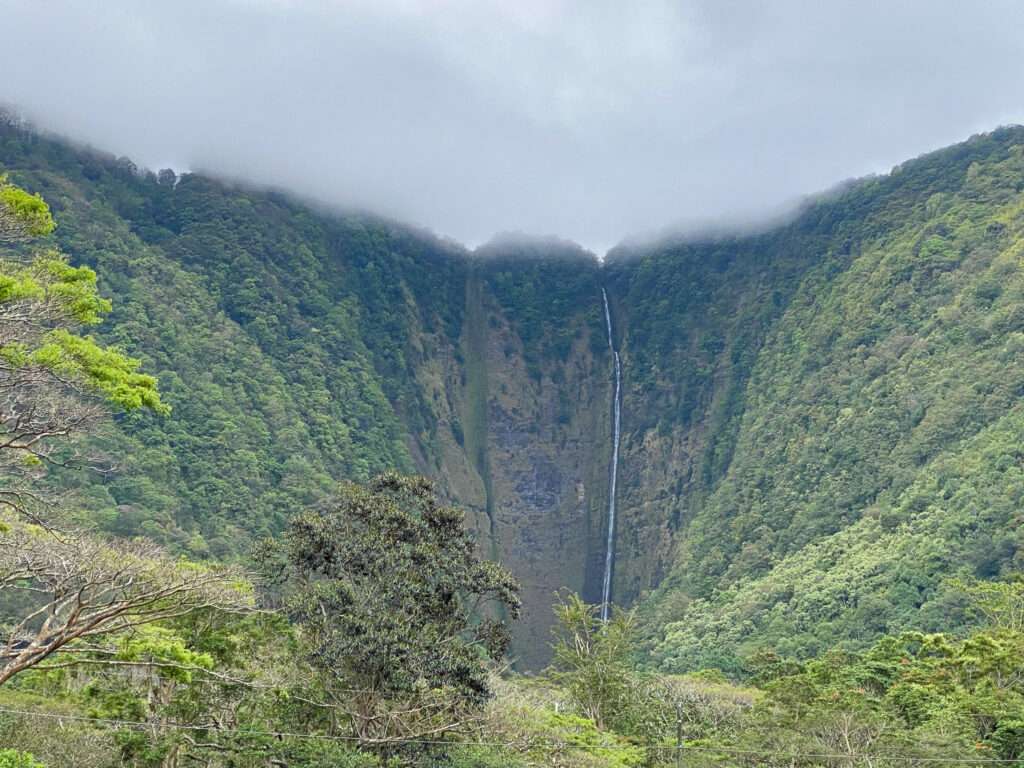
The Honoka’a Heritage Center has a collection of Waipio’o Valley photographs.
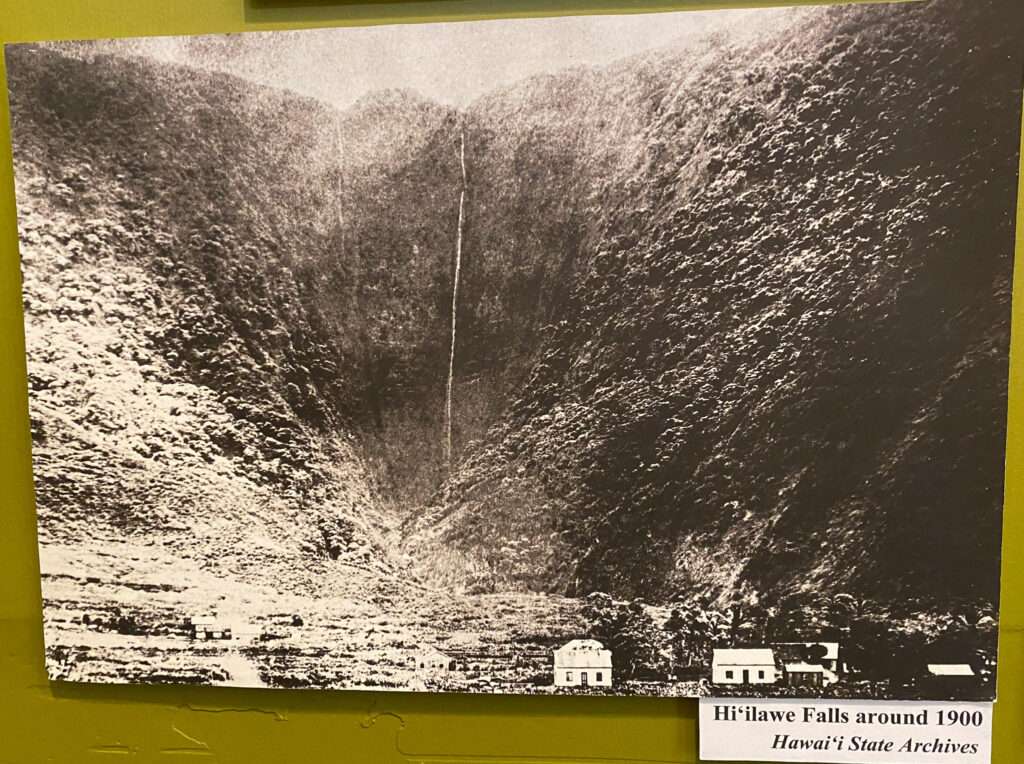

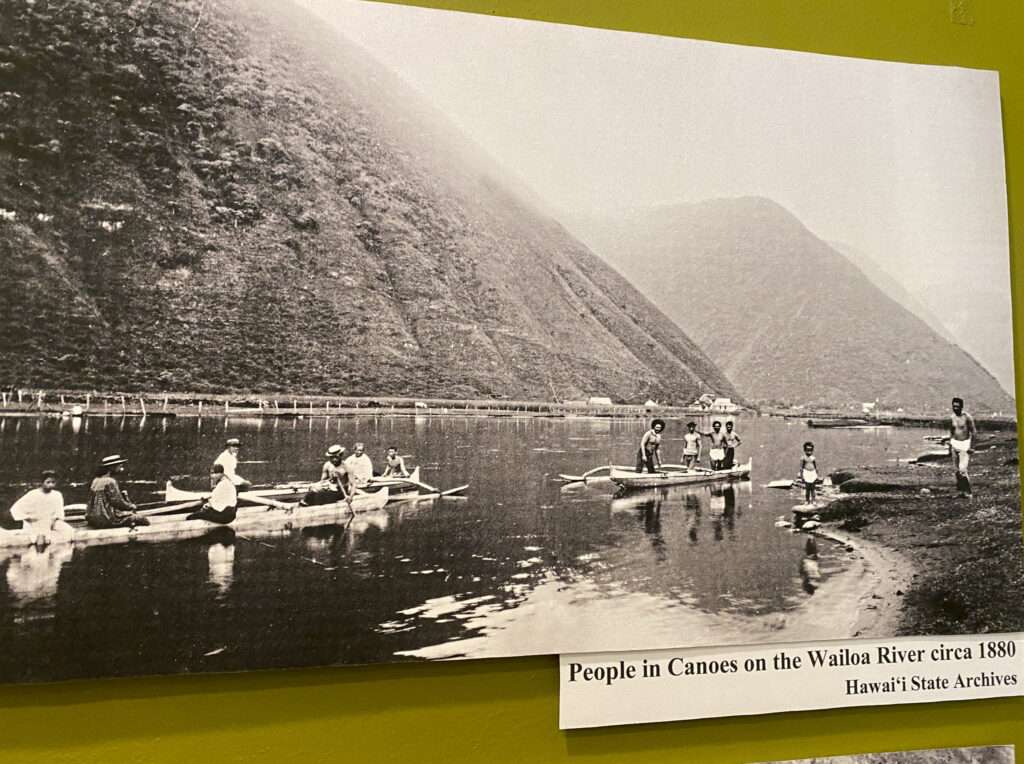
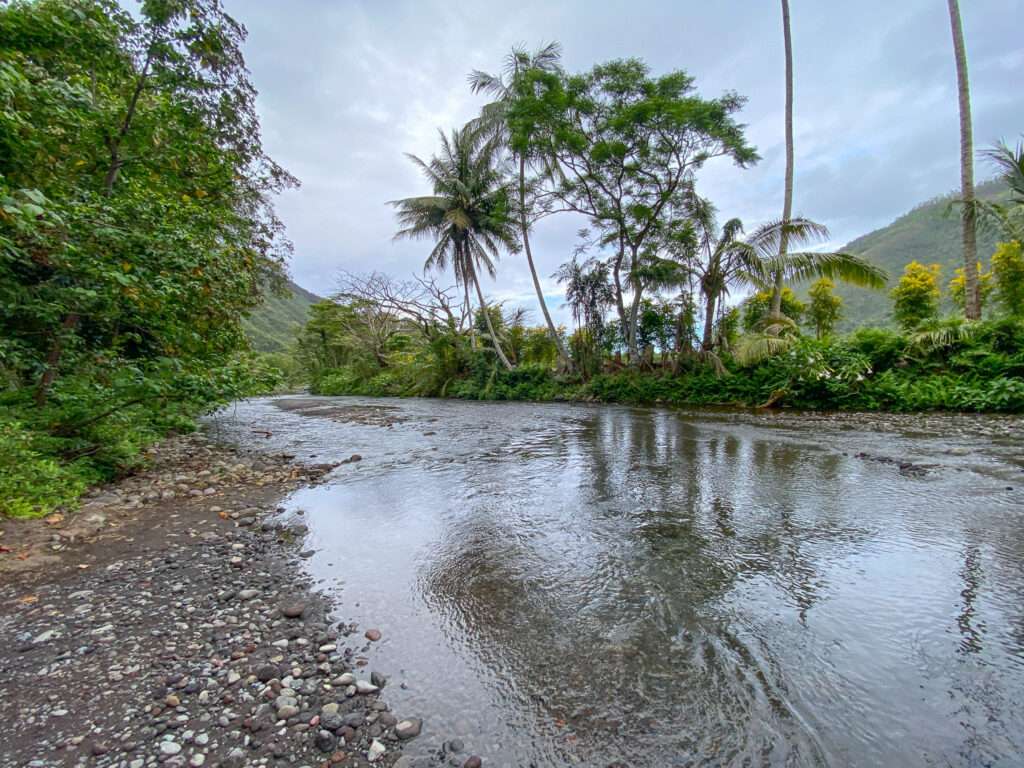
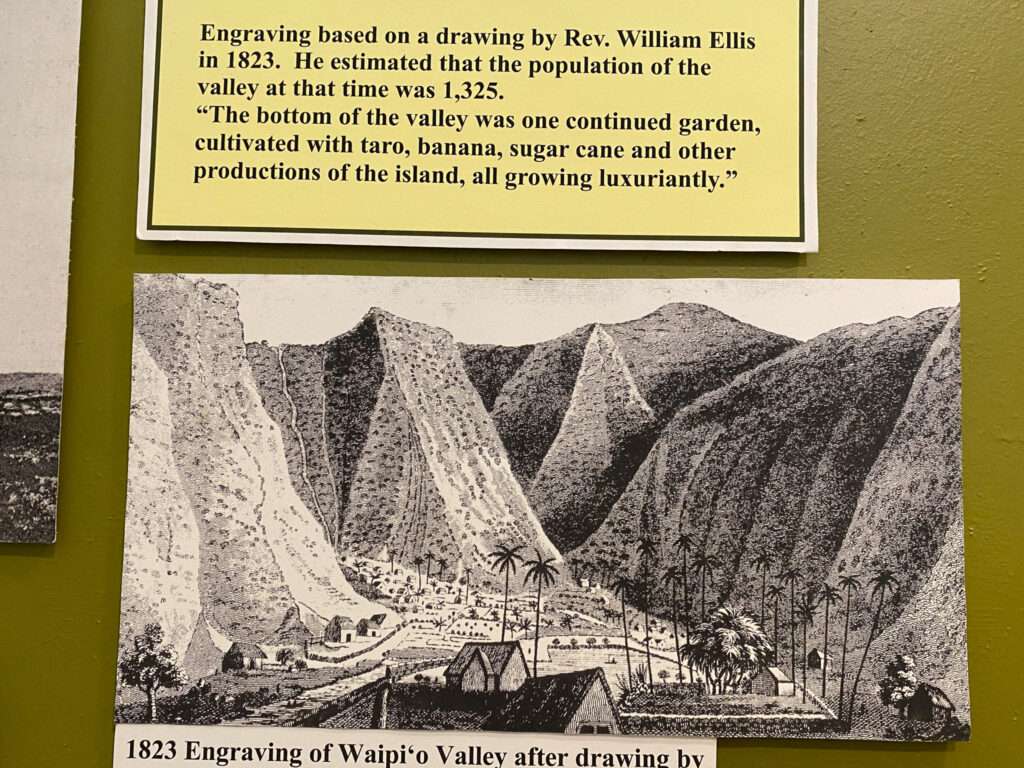

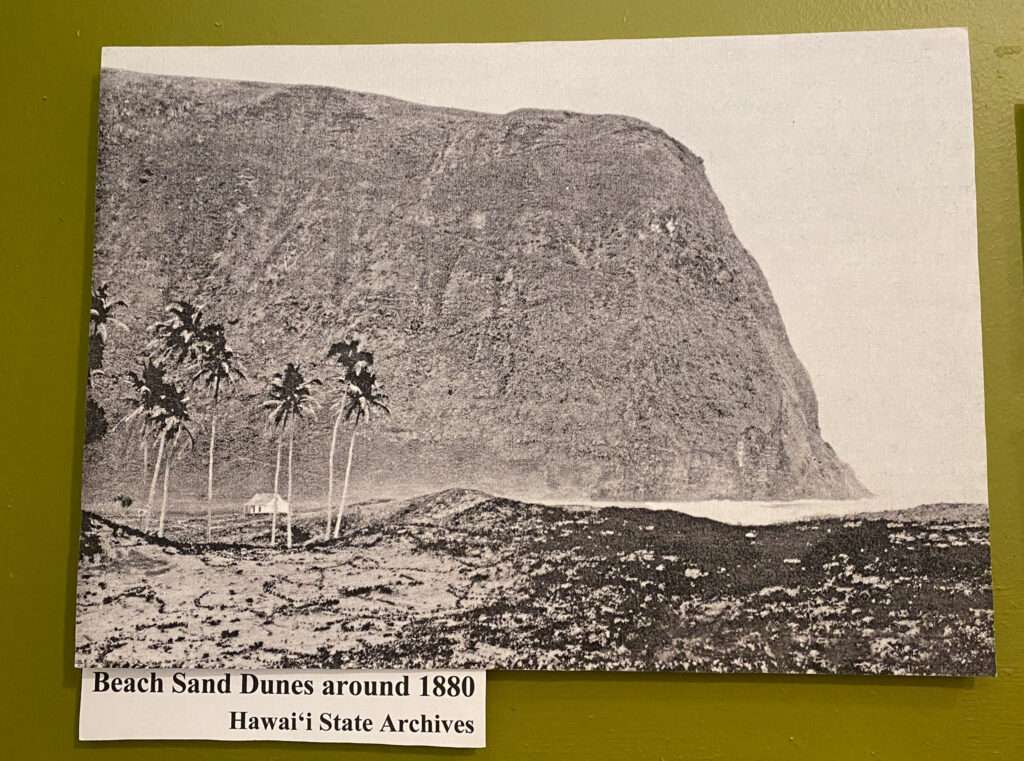
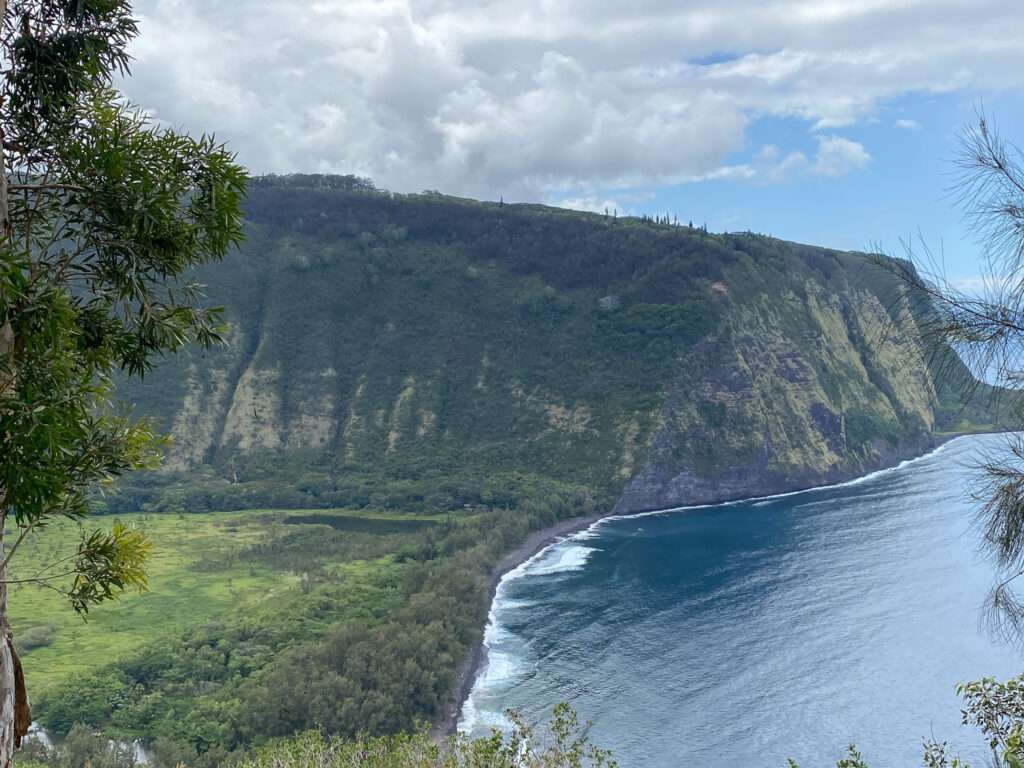
Is it a trip to Hawaii if you don’t see a rainbow?
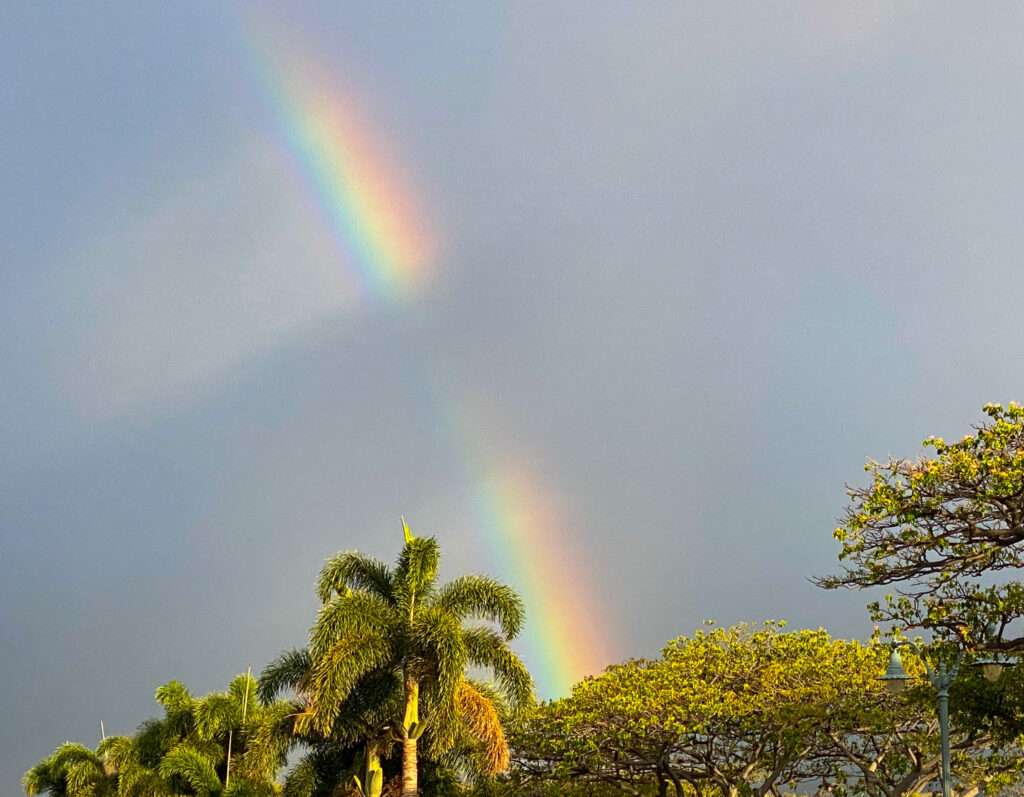

Day six
Waikoloa Petroglyphs
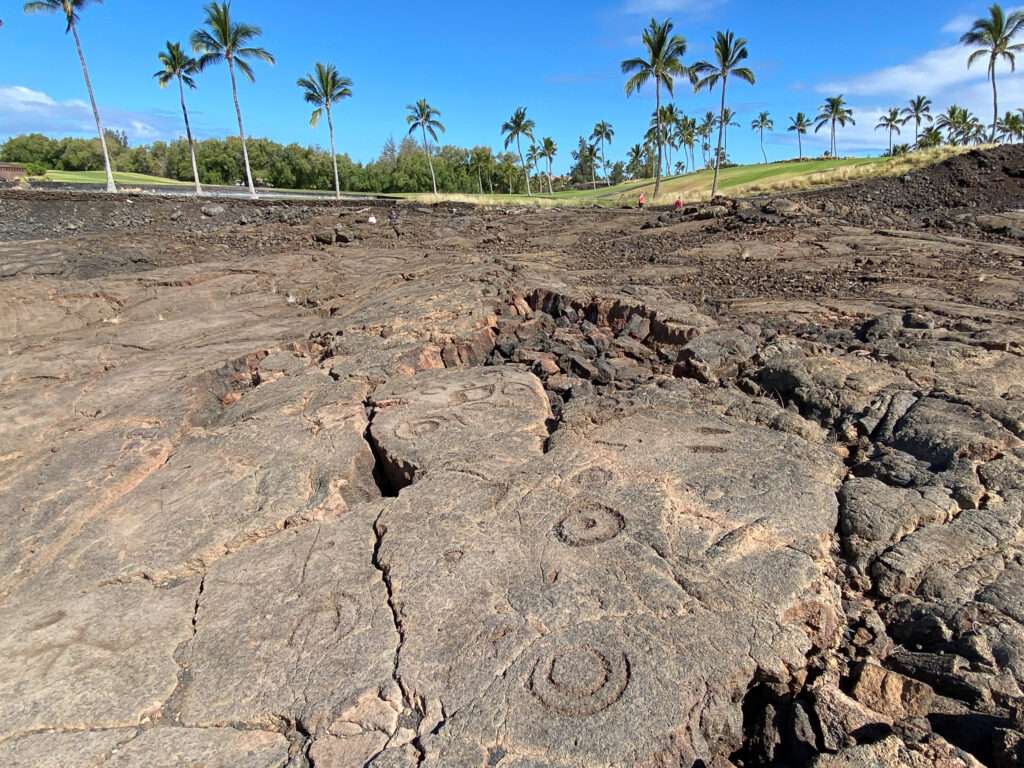
I didn’t want to miss some of Hawaii’s best petroglyphs, which just happened to be at our resort. So while everyone else started their morning, I ran to the petroglyph field. While there were some figures, many carvings were circles and dots.
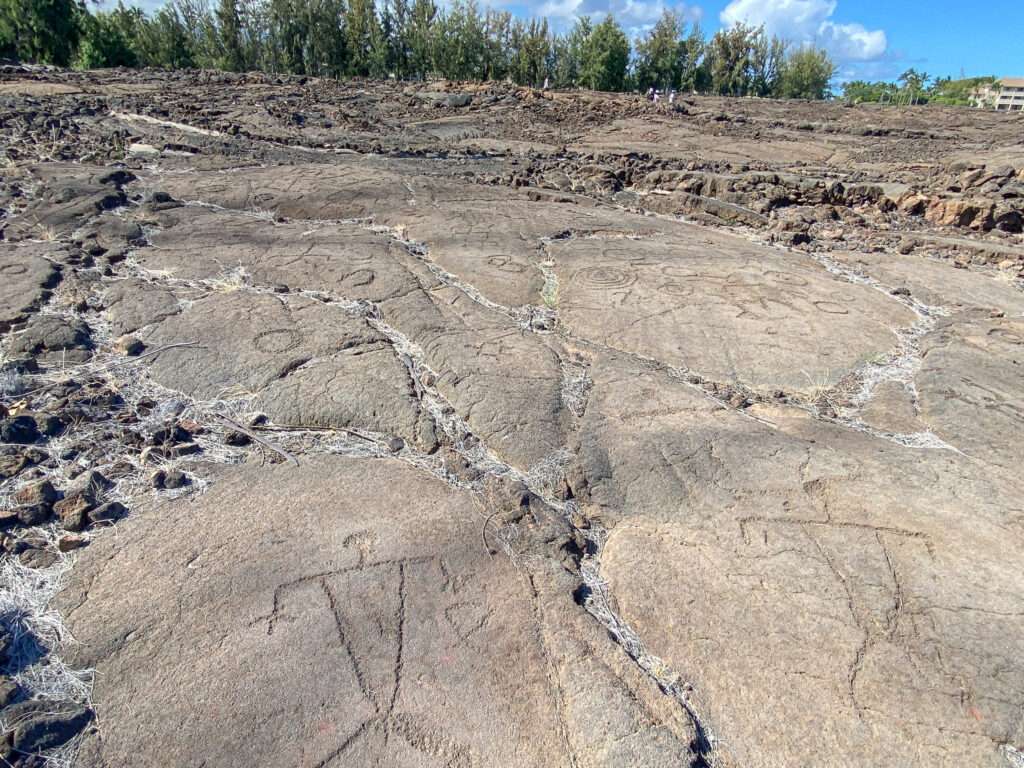
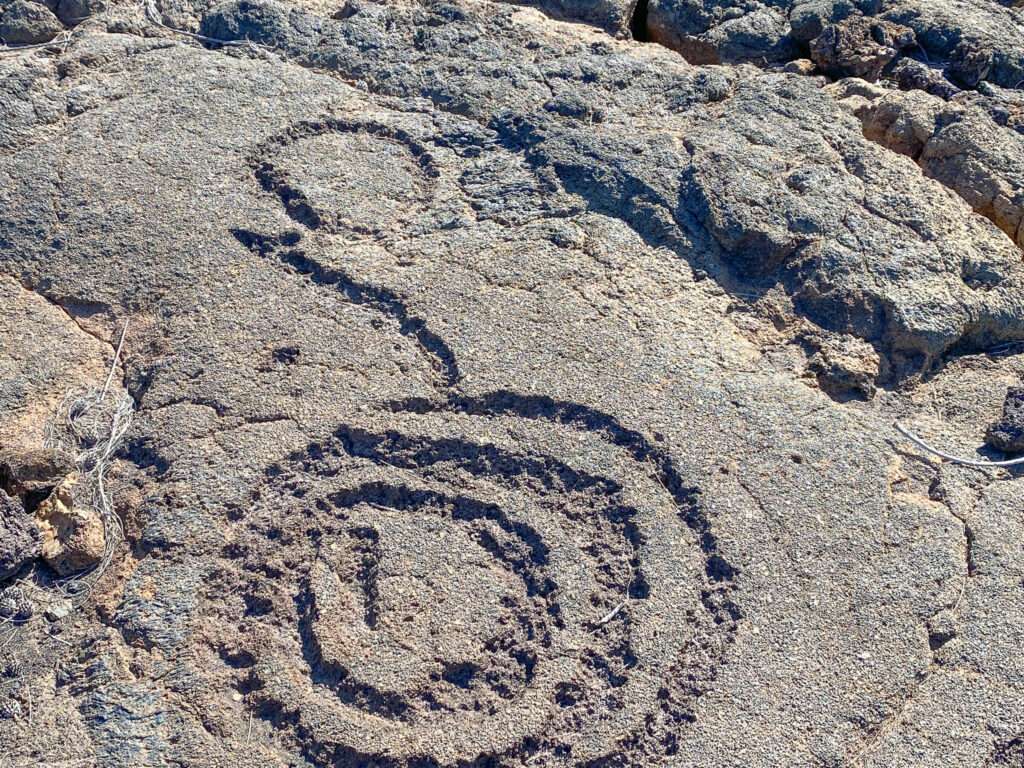
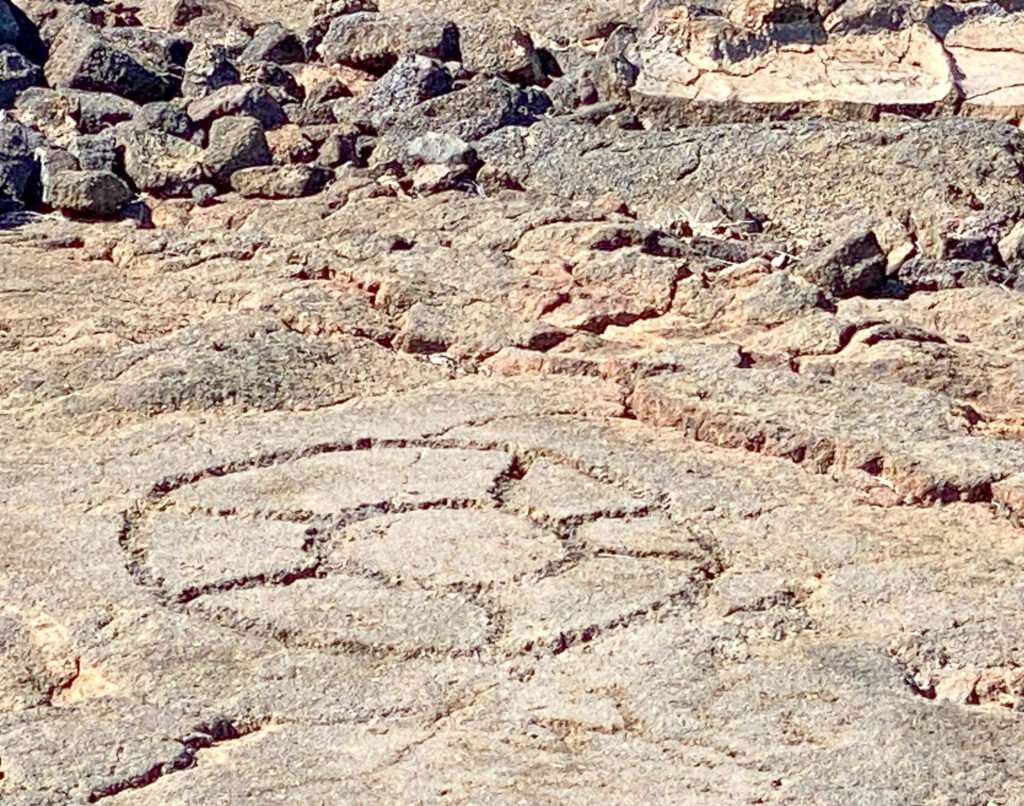

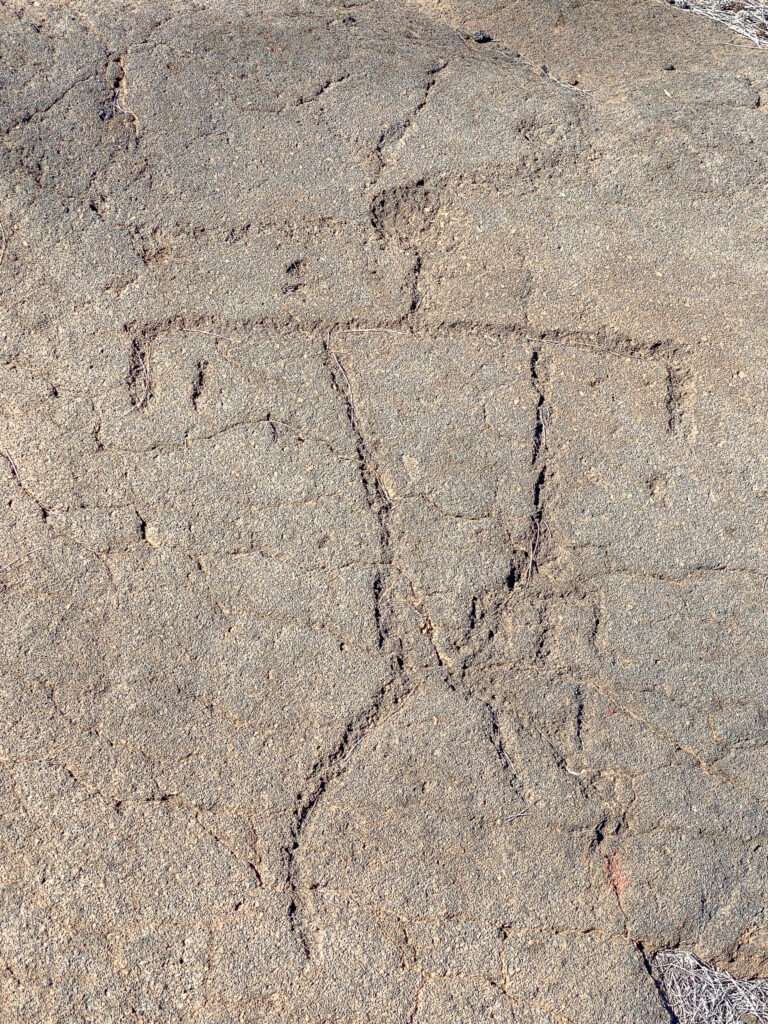
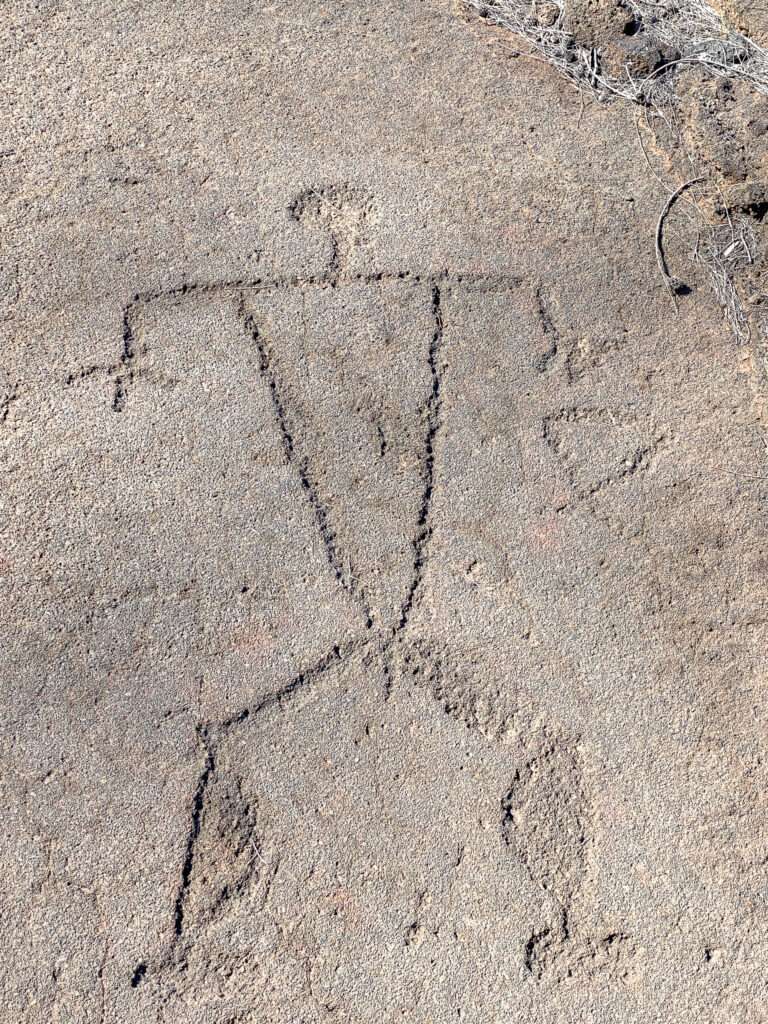
The site also had wind shelters. These remind me of some structures I found in Nevada. I need to go back with my done to document the area, but maybe they serve the same purpose.
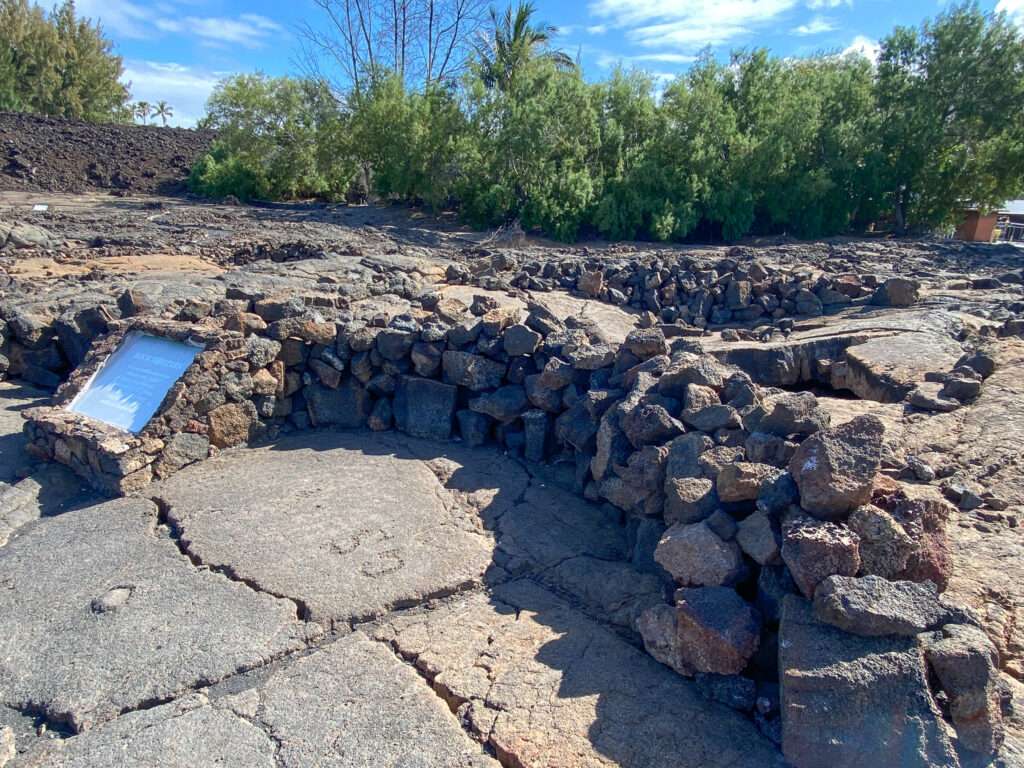
Hapuna Beach
The weather cooperated, and our last day was a perfect beach day. I mostly relaxed in the shade and read.

Last night
Darn it, it was our last night. I can’t believe a week passed so quickly. We relaxed in the pool and hot tub, then enjoyed an excellent dinner oceanside.

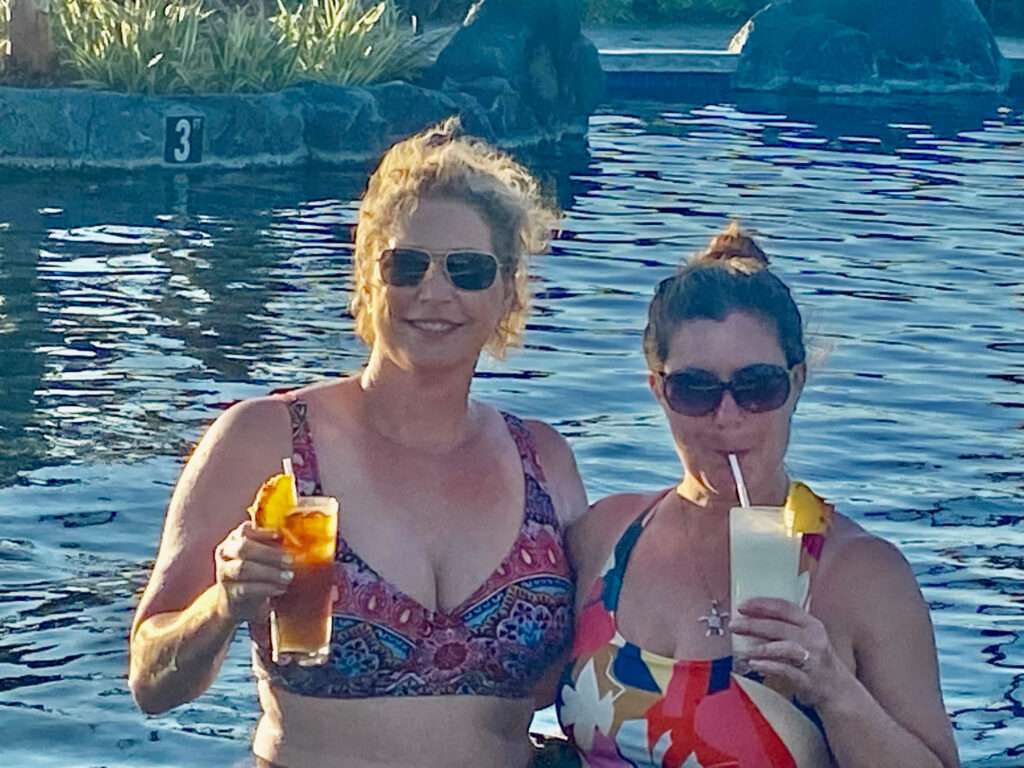
We had a pretty sunset, and the moon and Venus stood out in the dark sky.
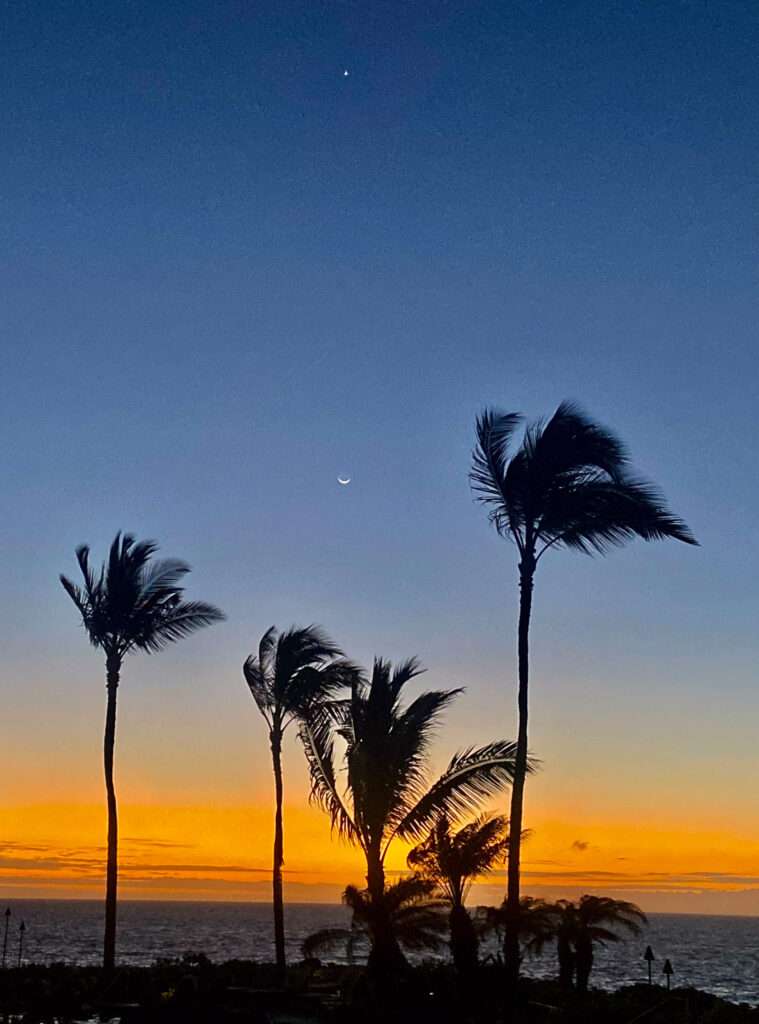
Headed home
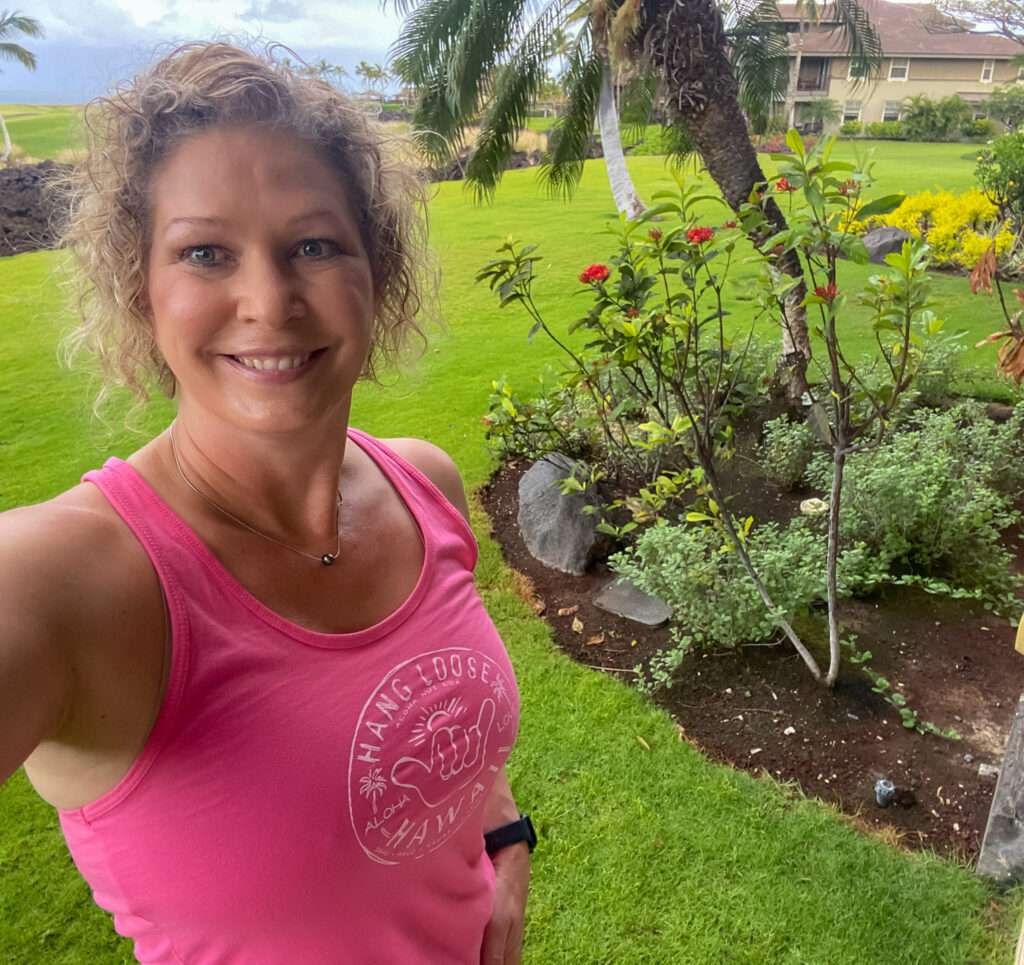
My sister and I had to show off our new shirts and muscles. We got our strength in different ways; she through yoga and me through lifting weights and of course camera equipment. Not too bad for turning 50 in a few months. My sister hated being the “younger” one growing up. My mom told her that after we were thirty, she would be happy to call me the “older sister” for the rest of our lives!
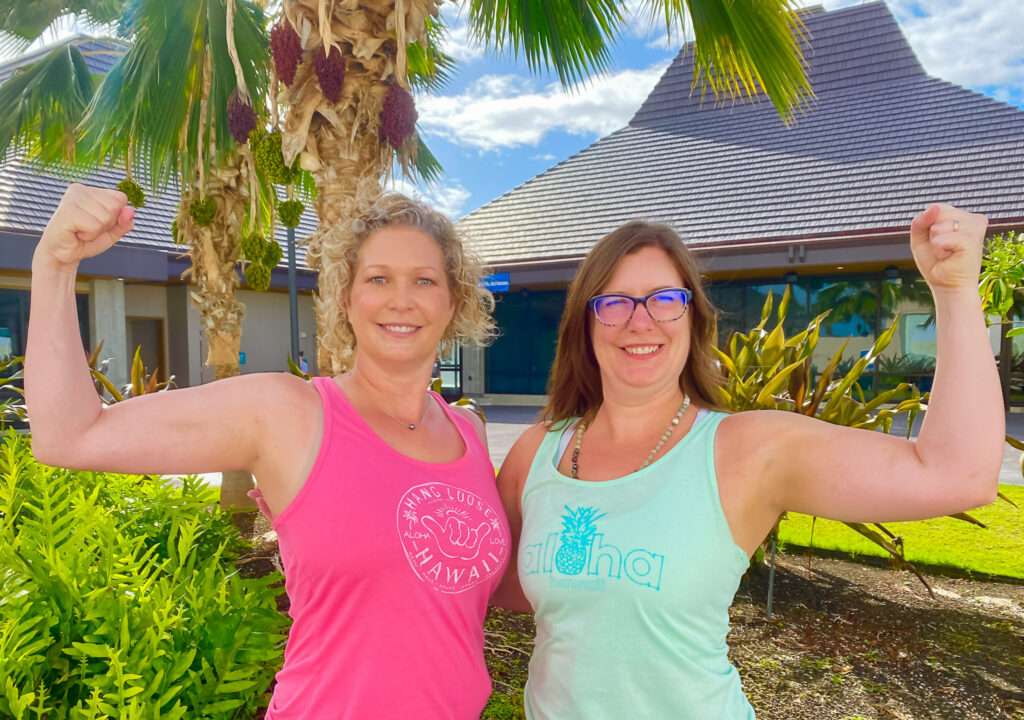
Steve says
Fun post. Although I couldn’t possibly eat as much as you guys did. It’s wonderful to see you, your sis and mom on these adventures. Poor hubby sitting at home working. Haha. When we lived on Maui it was fun, warm and the local time matched my internal diurnal clock for the first time ever. But like you I had to explore and soon ran out of things to see on Maui. Oahu had tons of WW2 stuff to find. And I’ve spent many days doing that.
Glad you had such a wonderful time eating and exploring your way around the island.